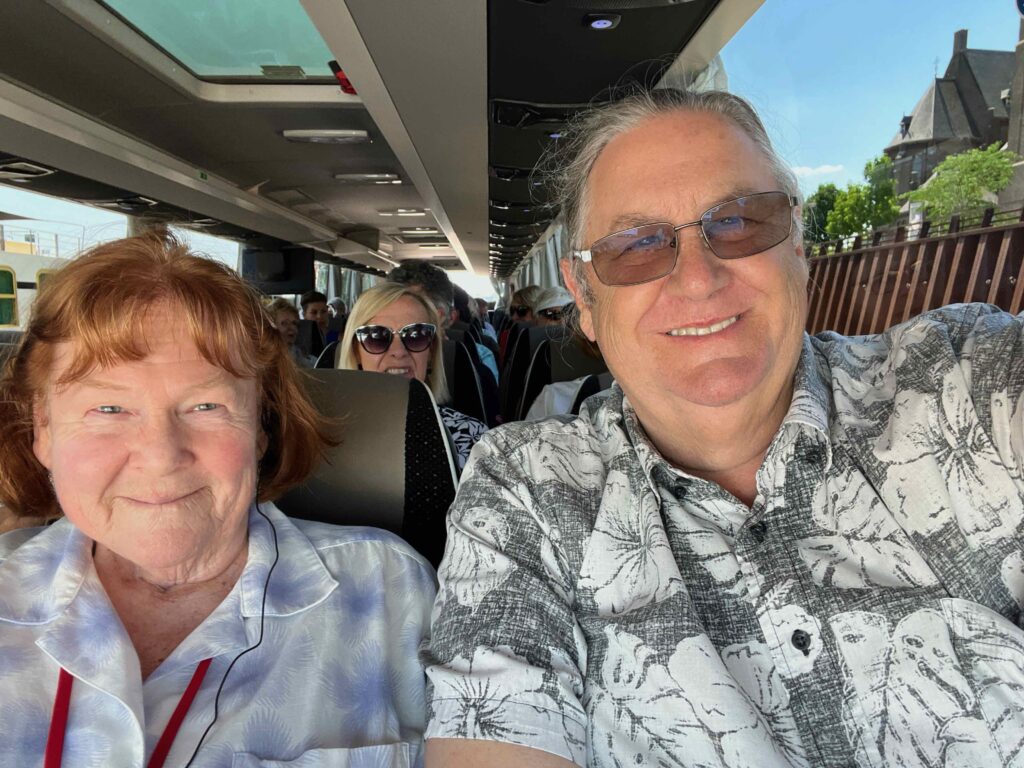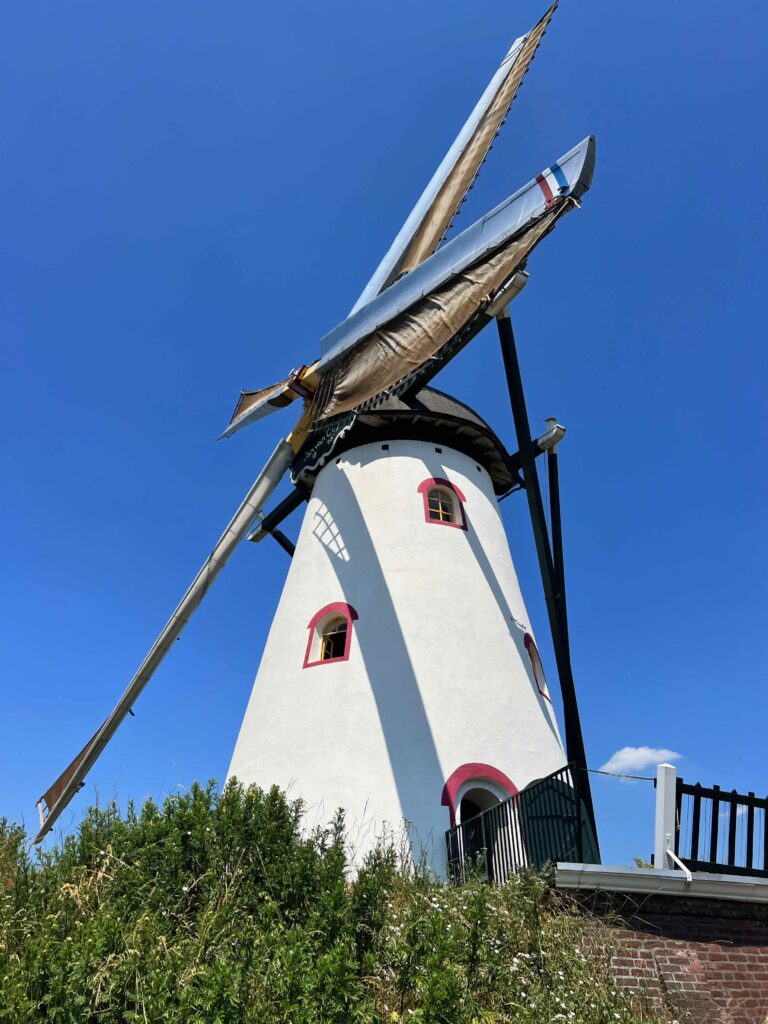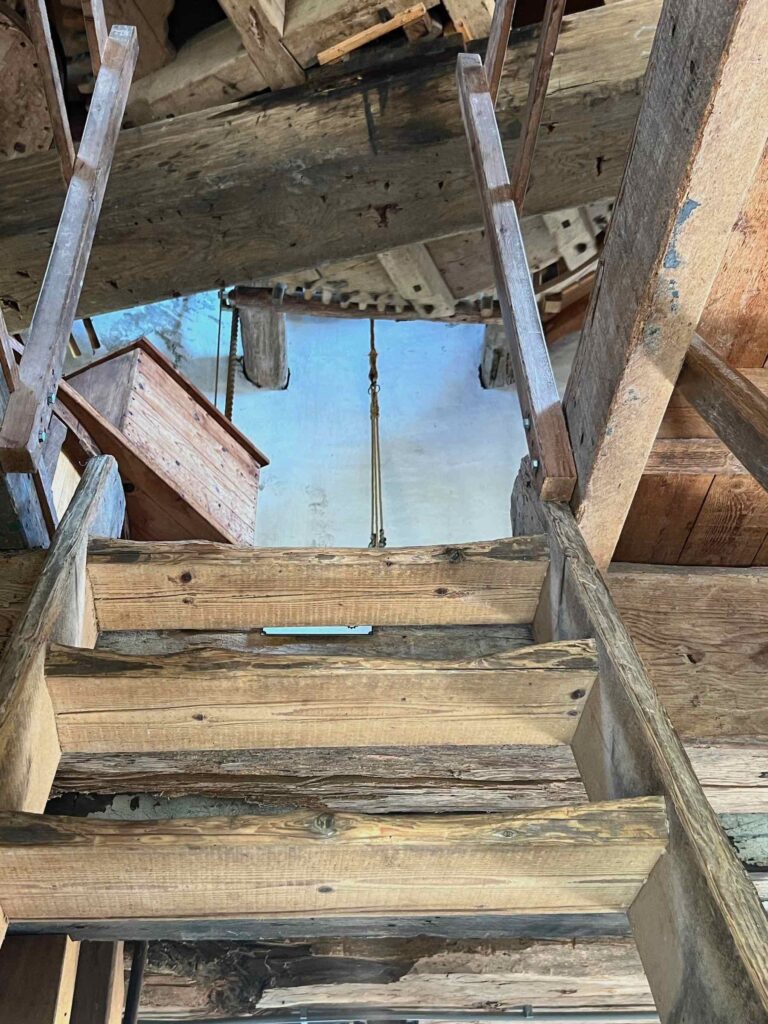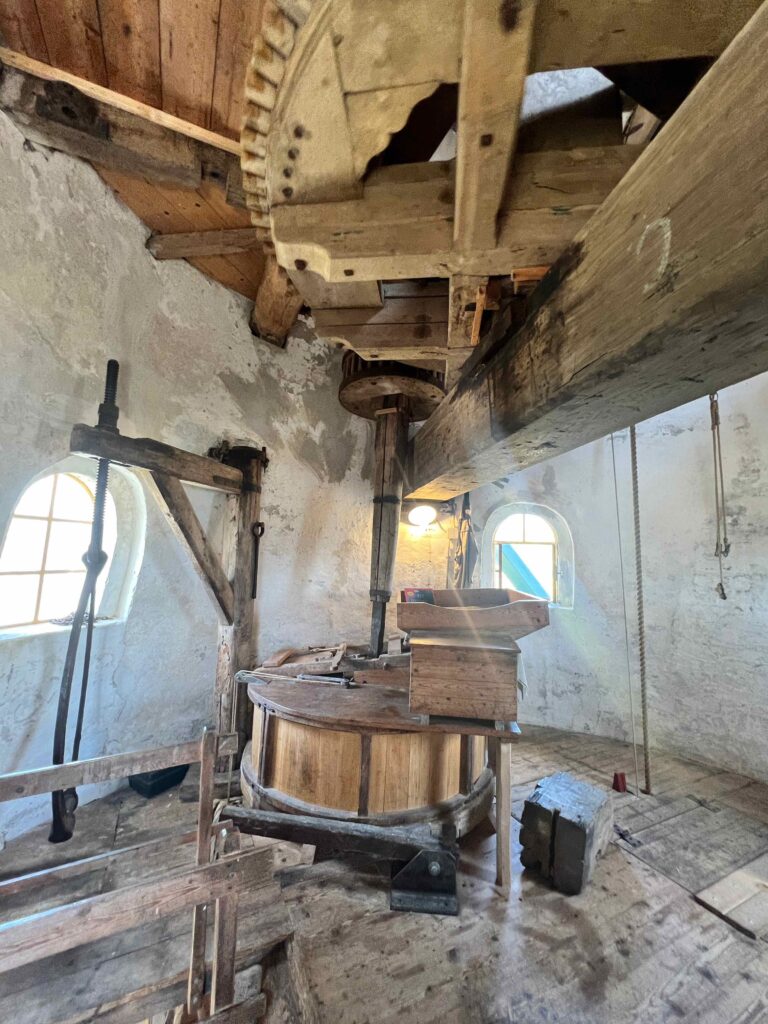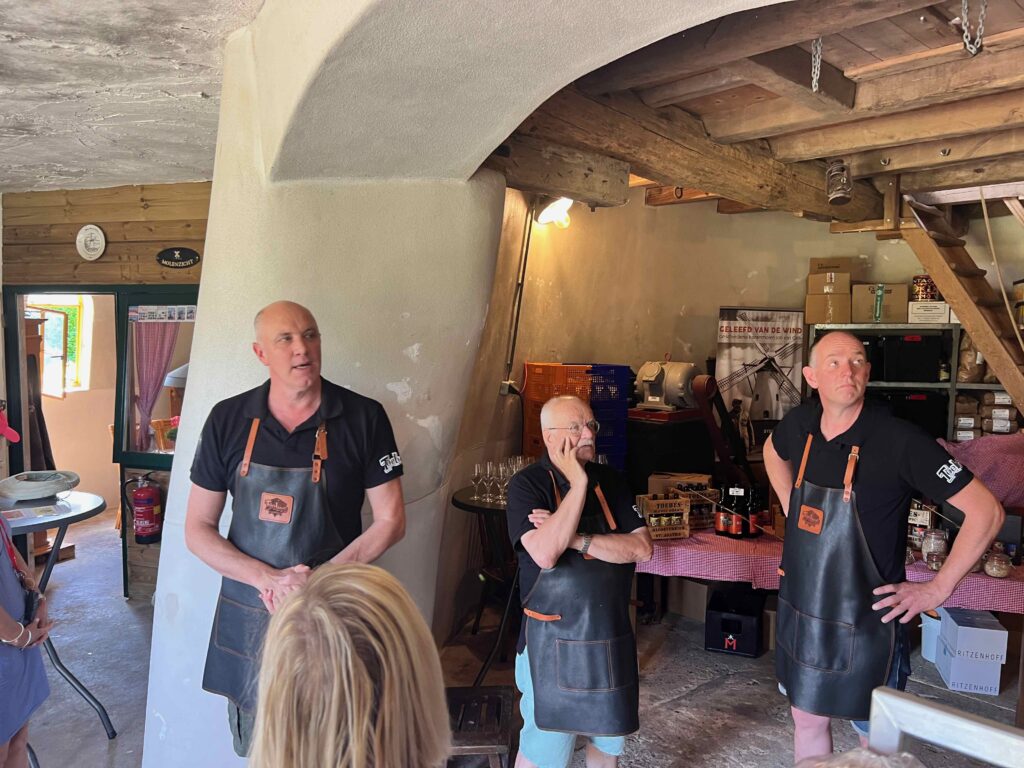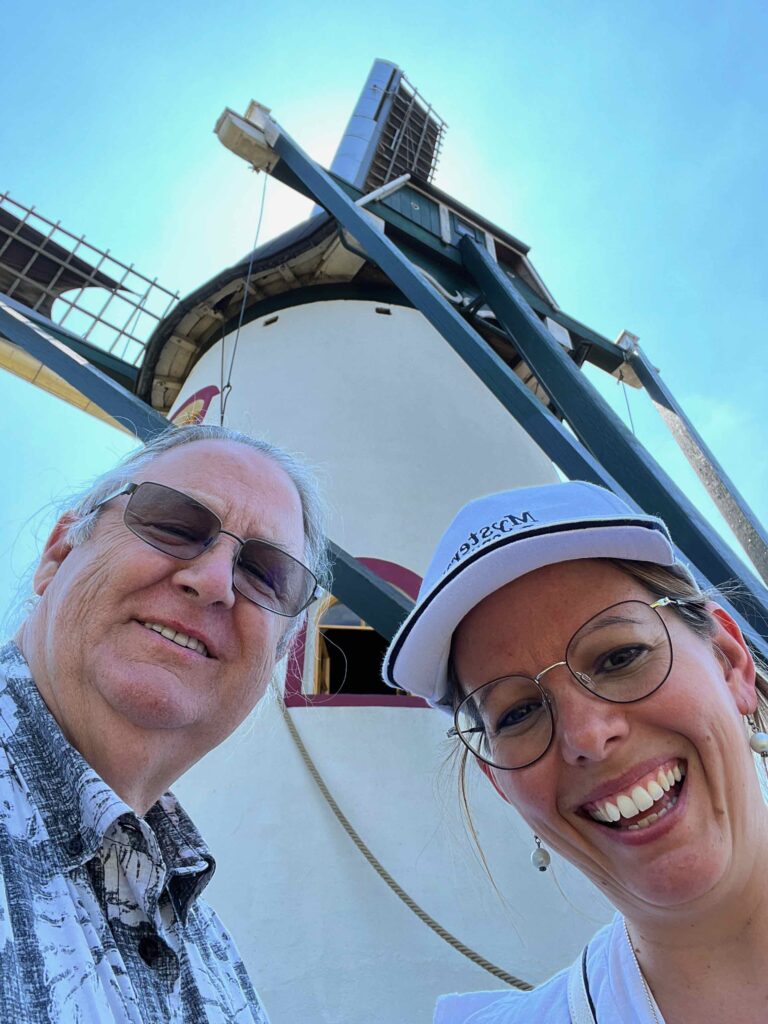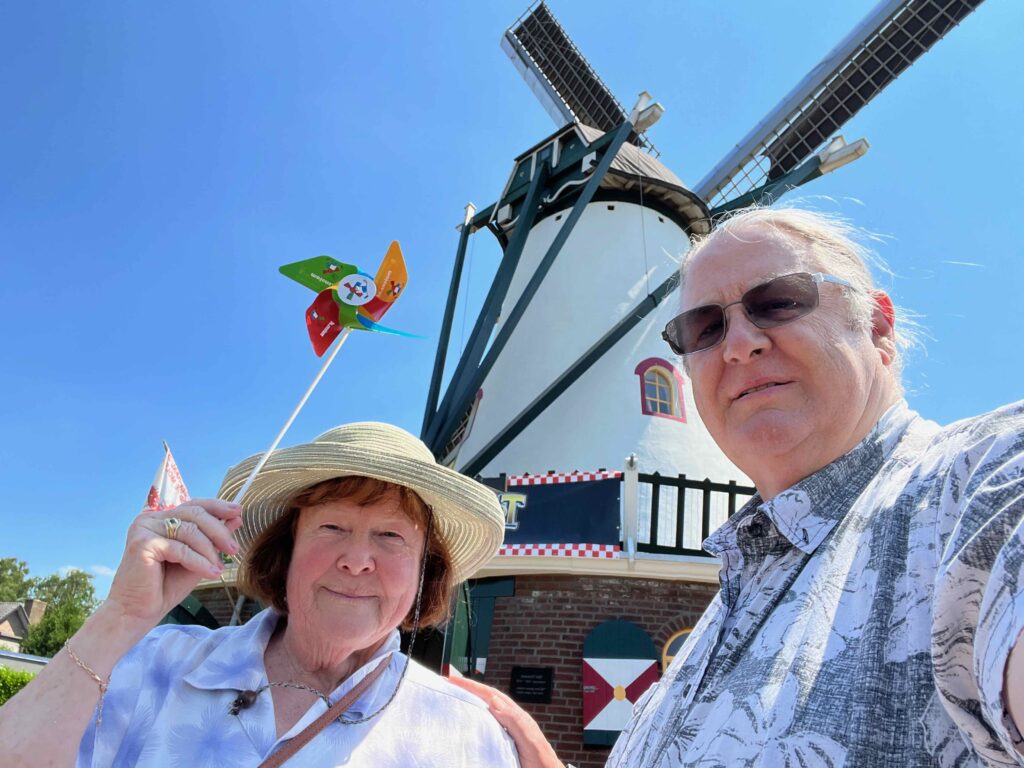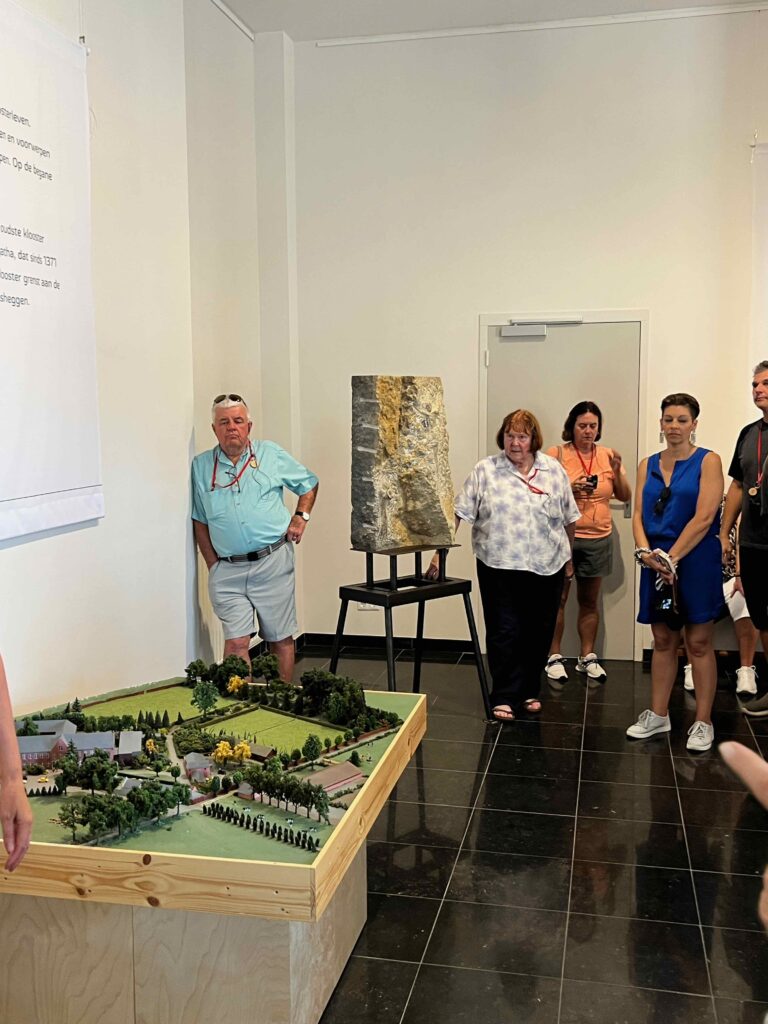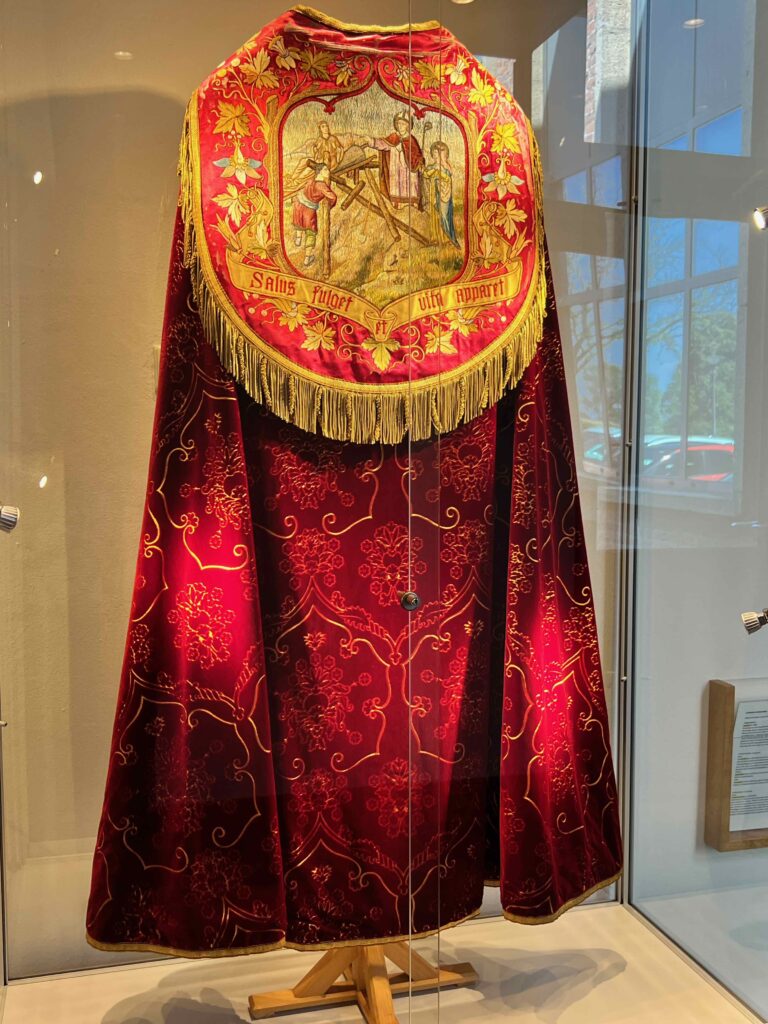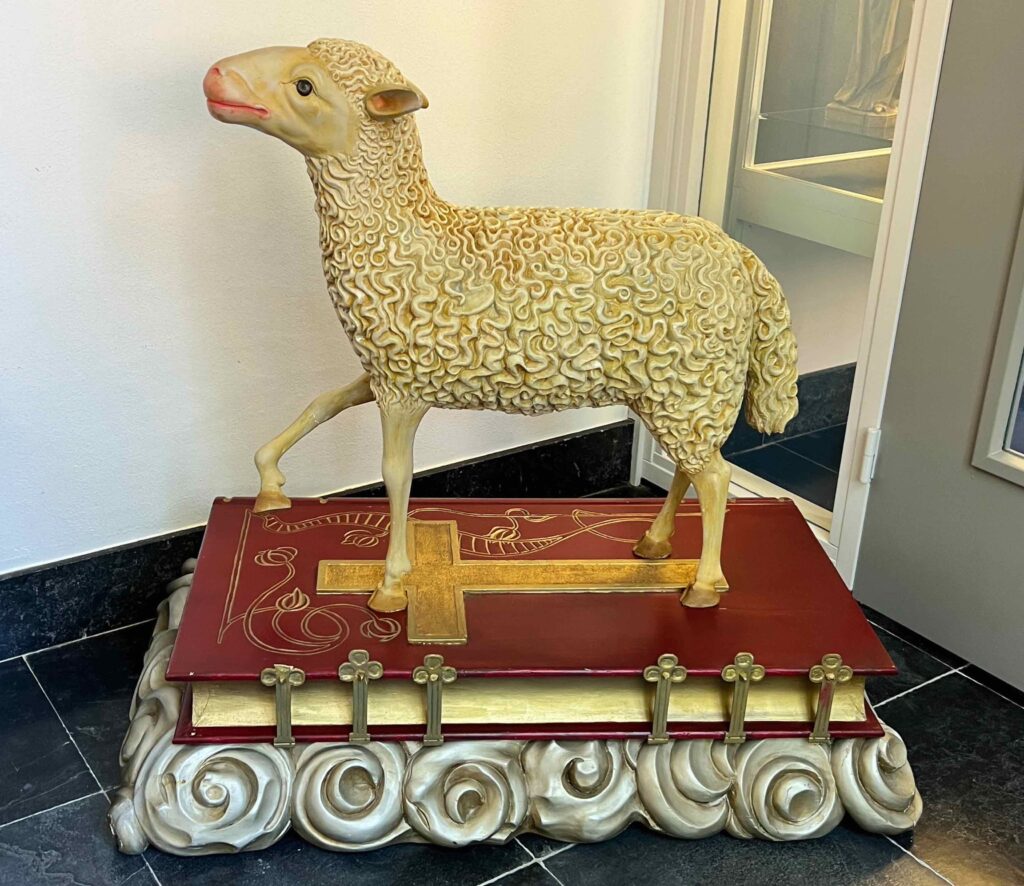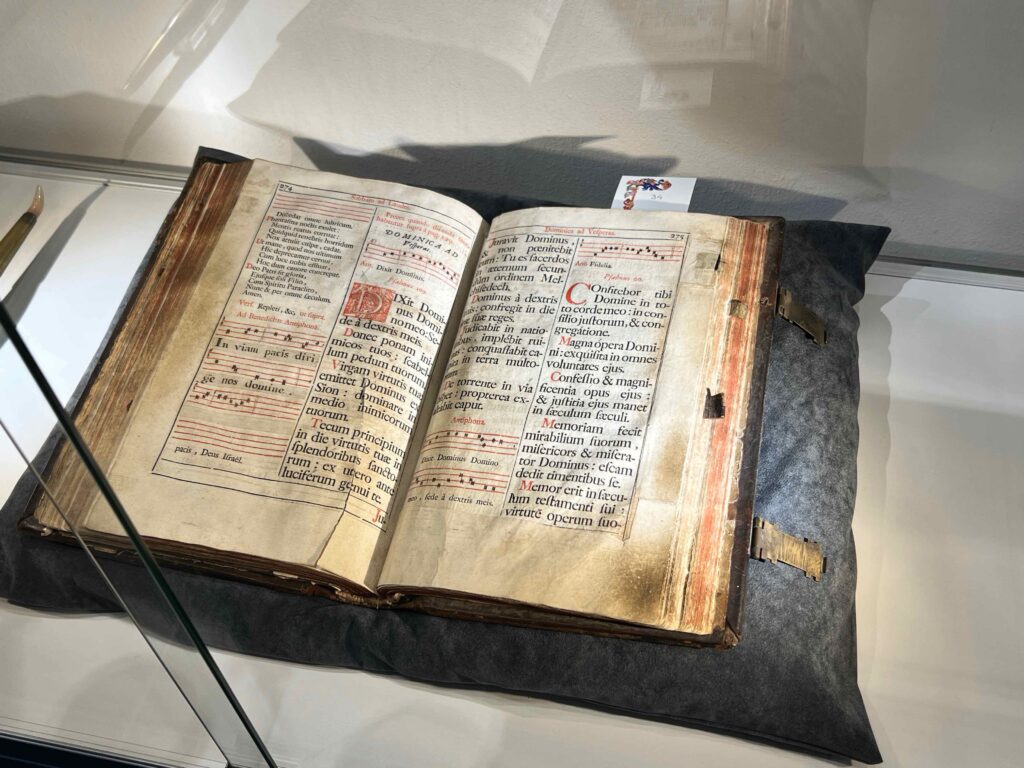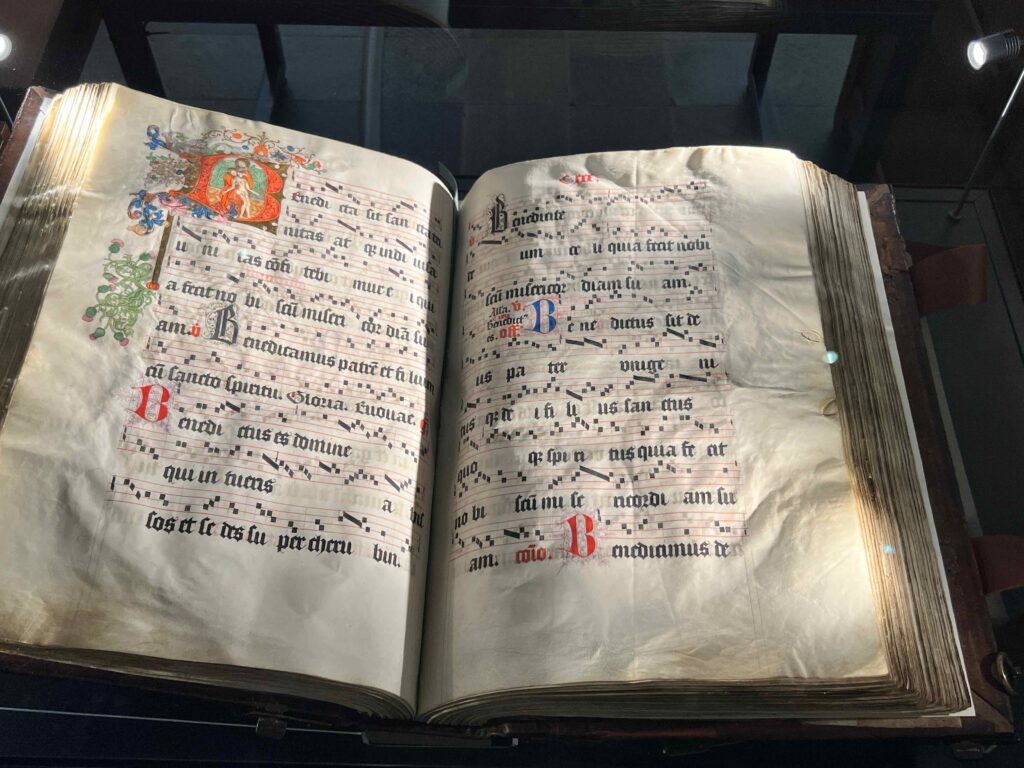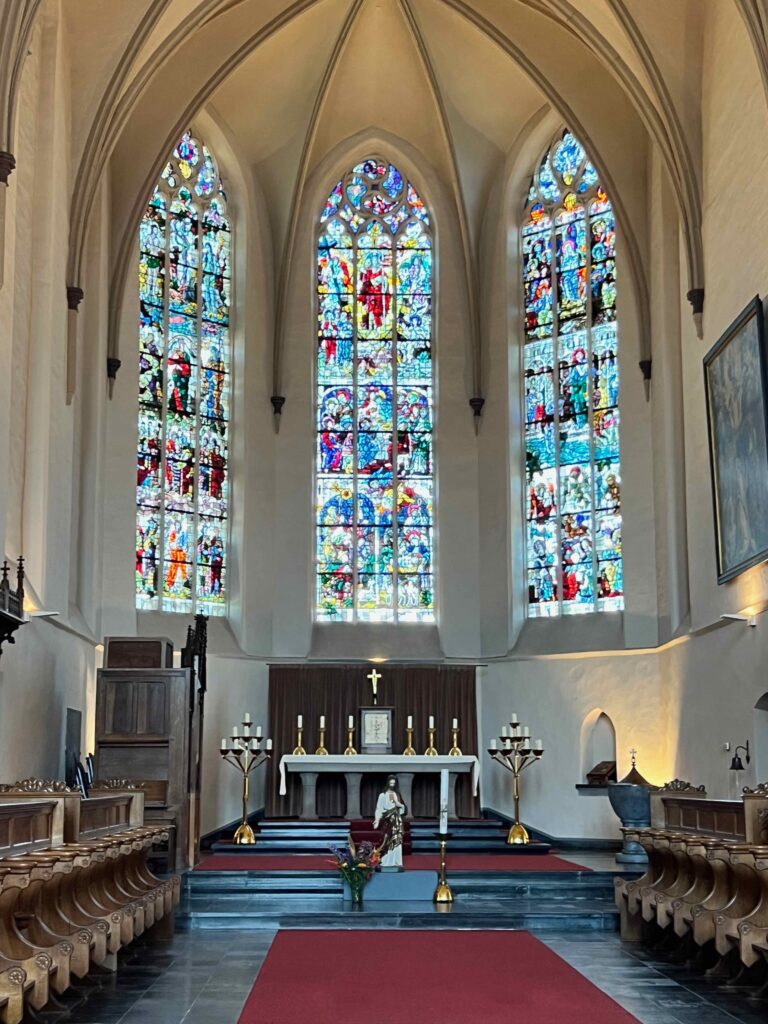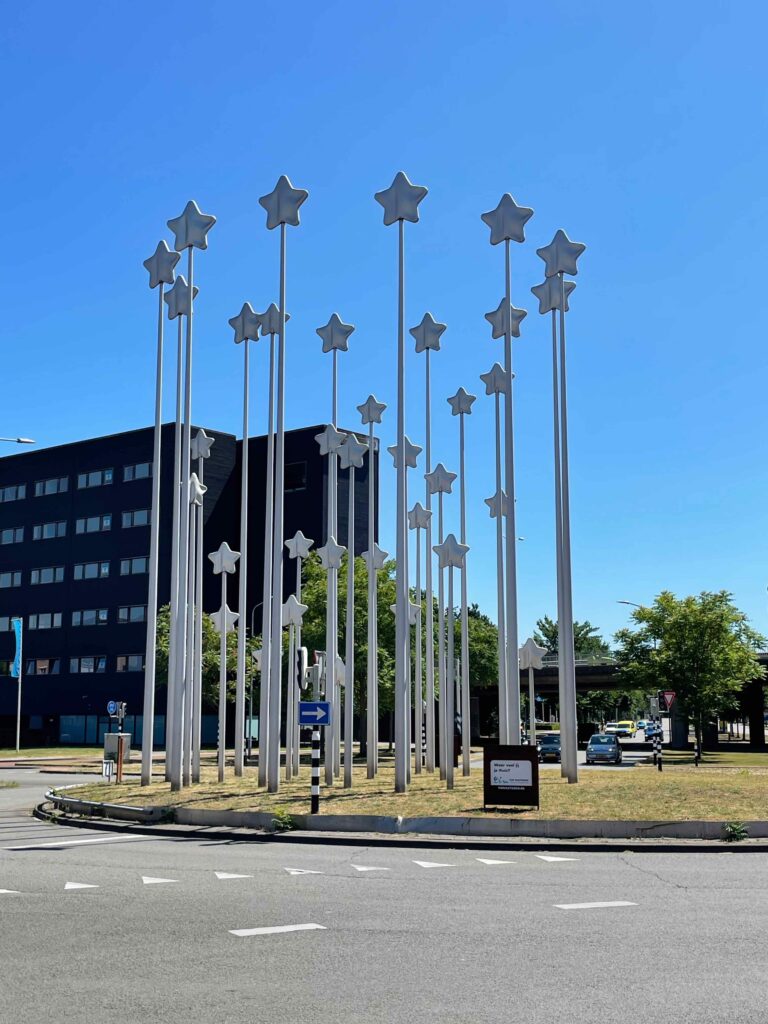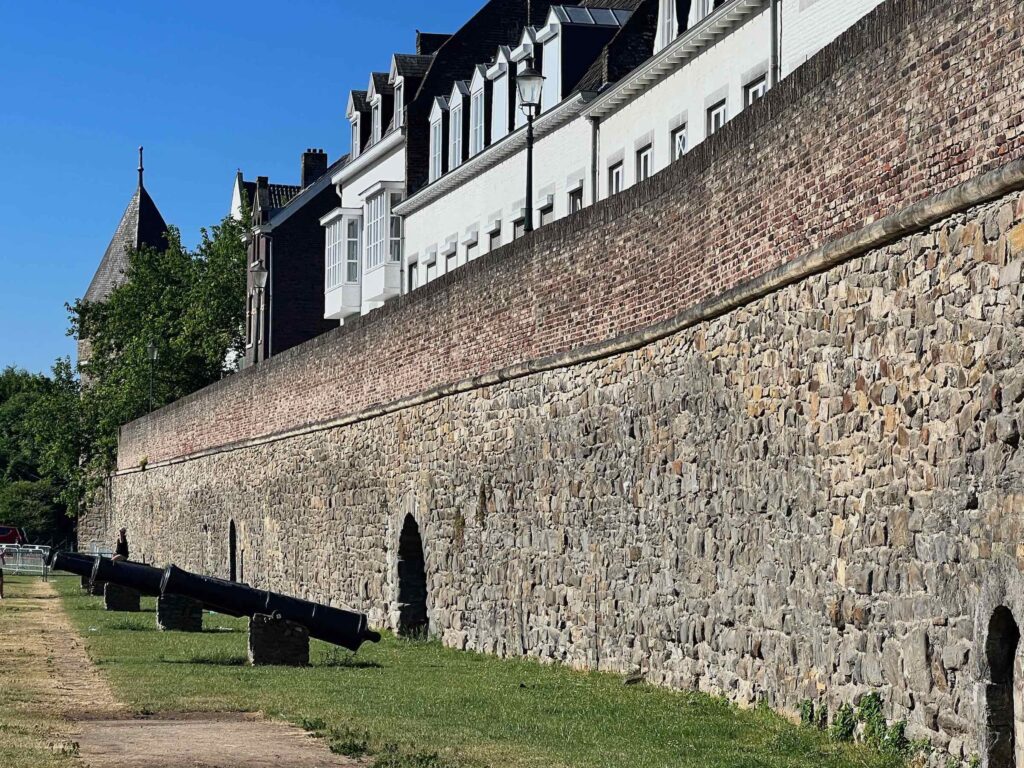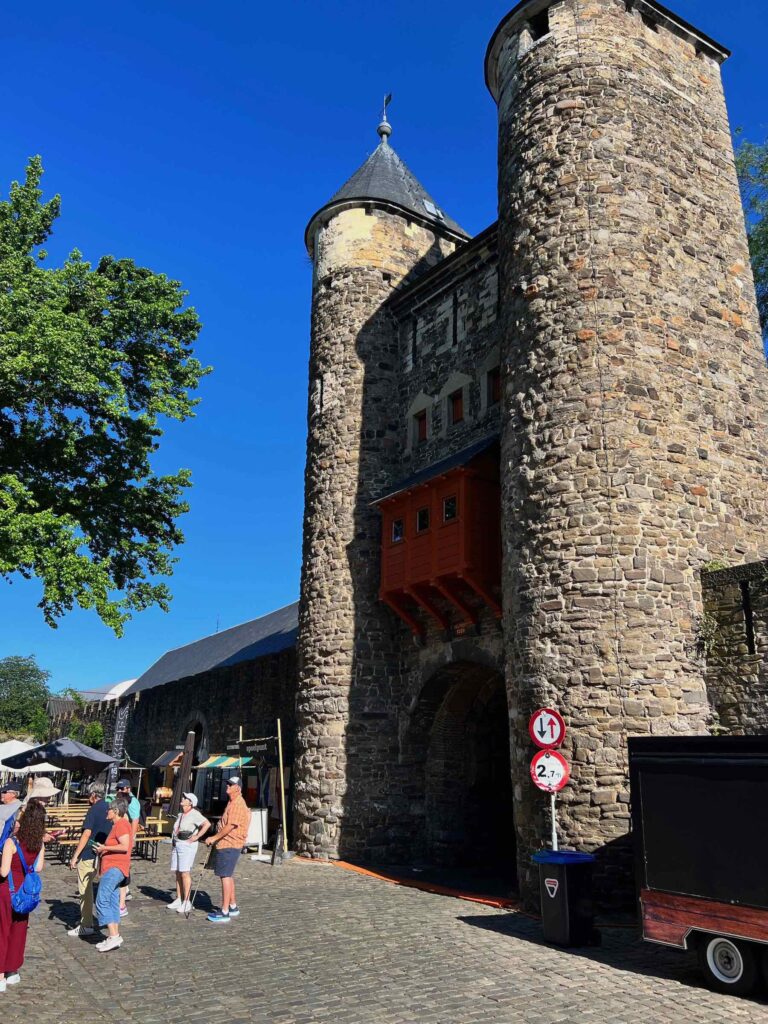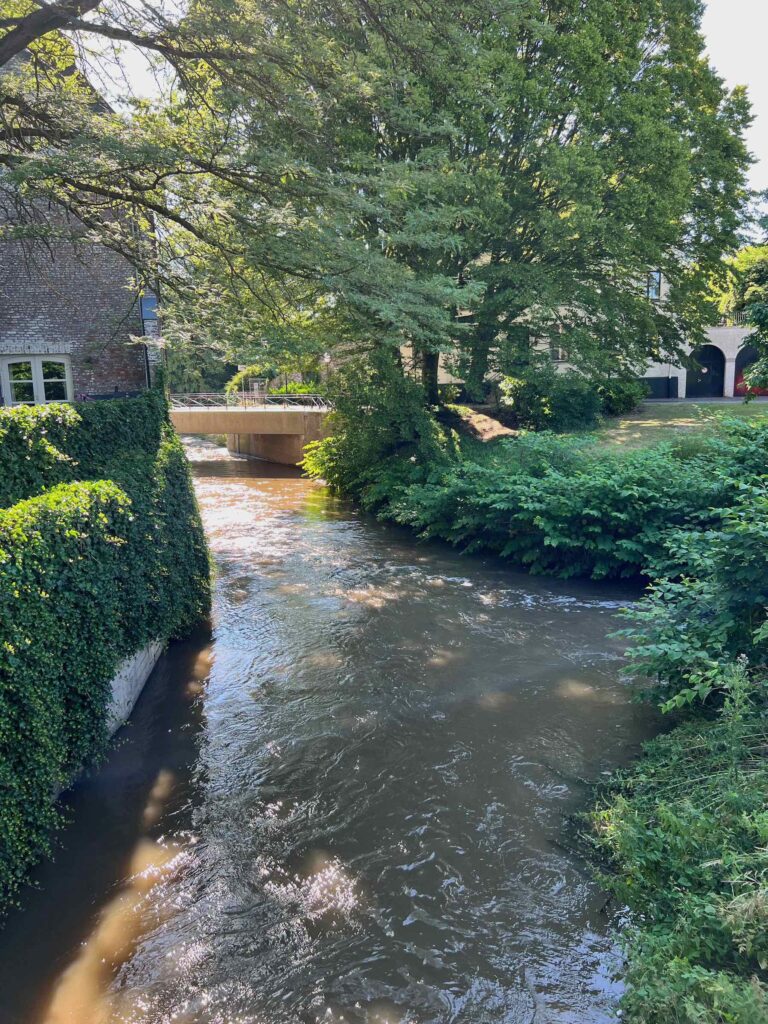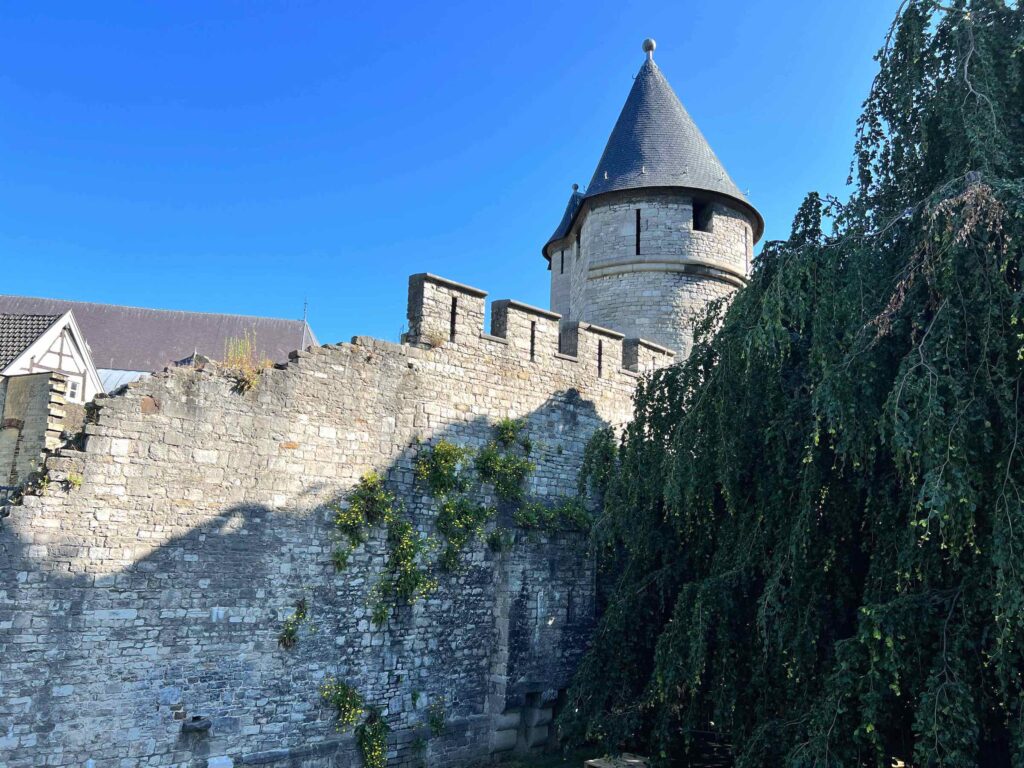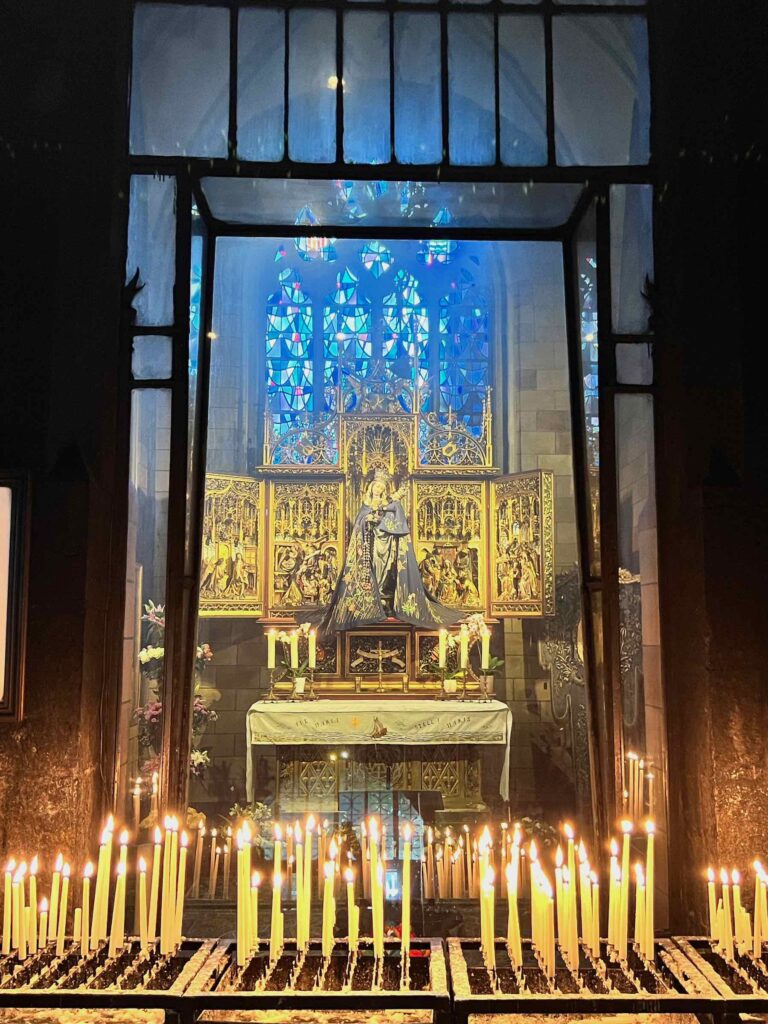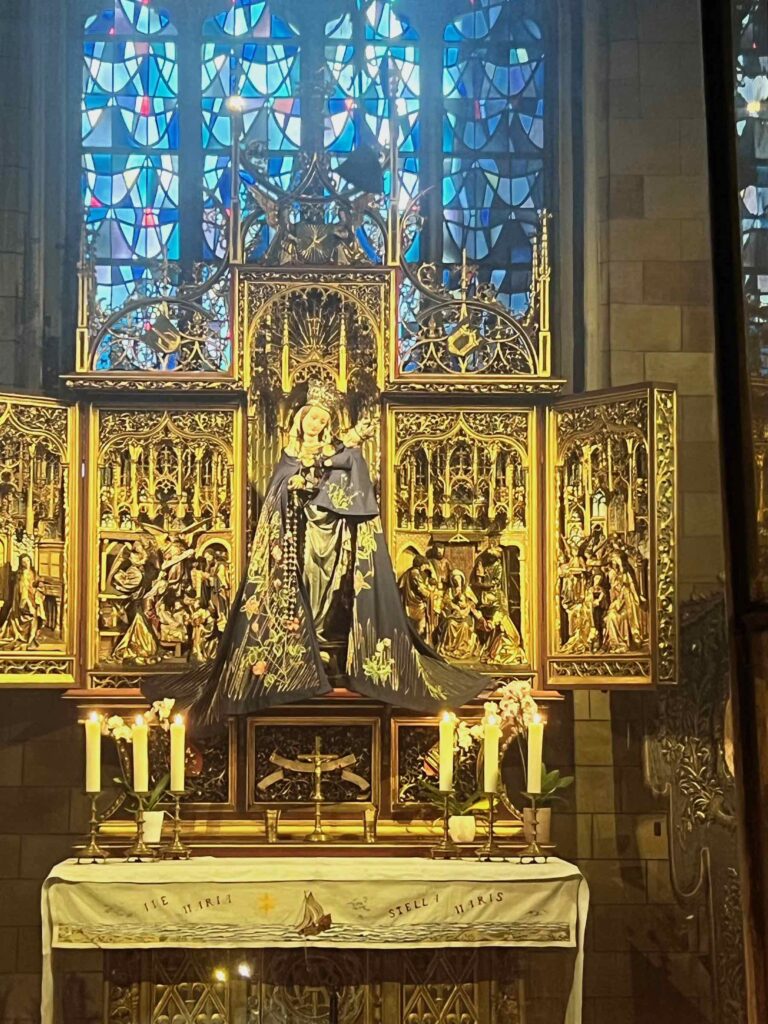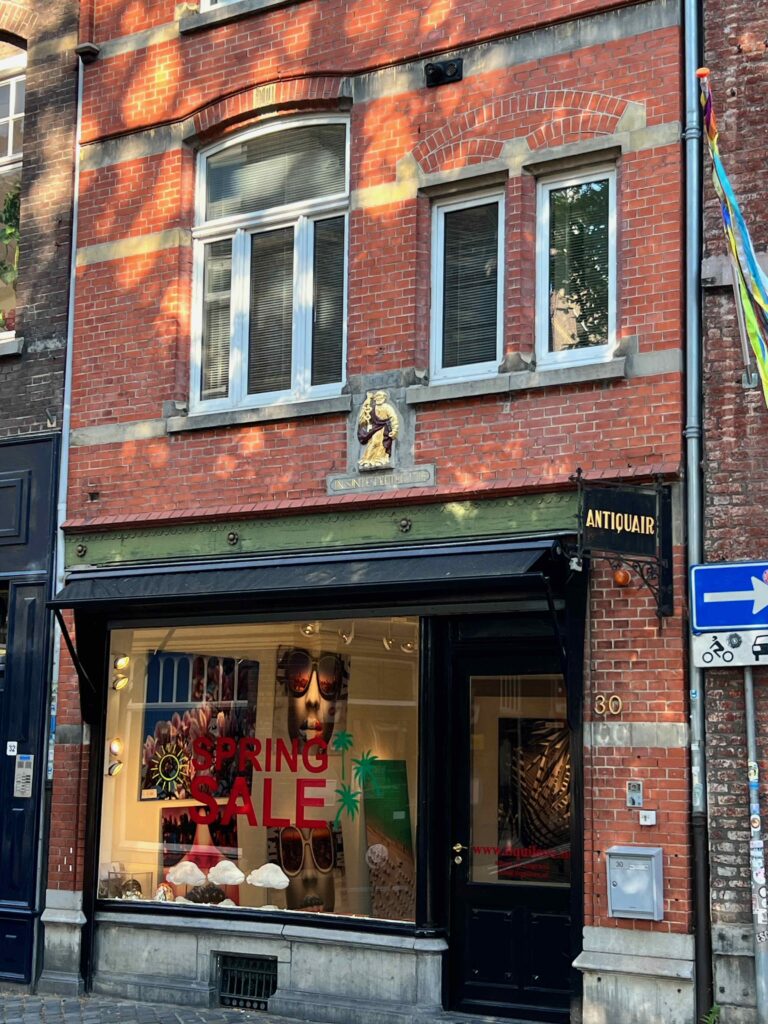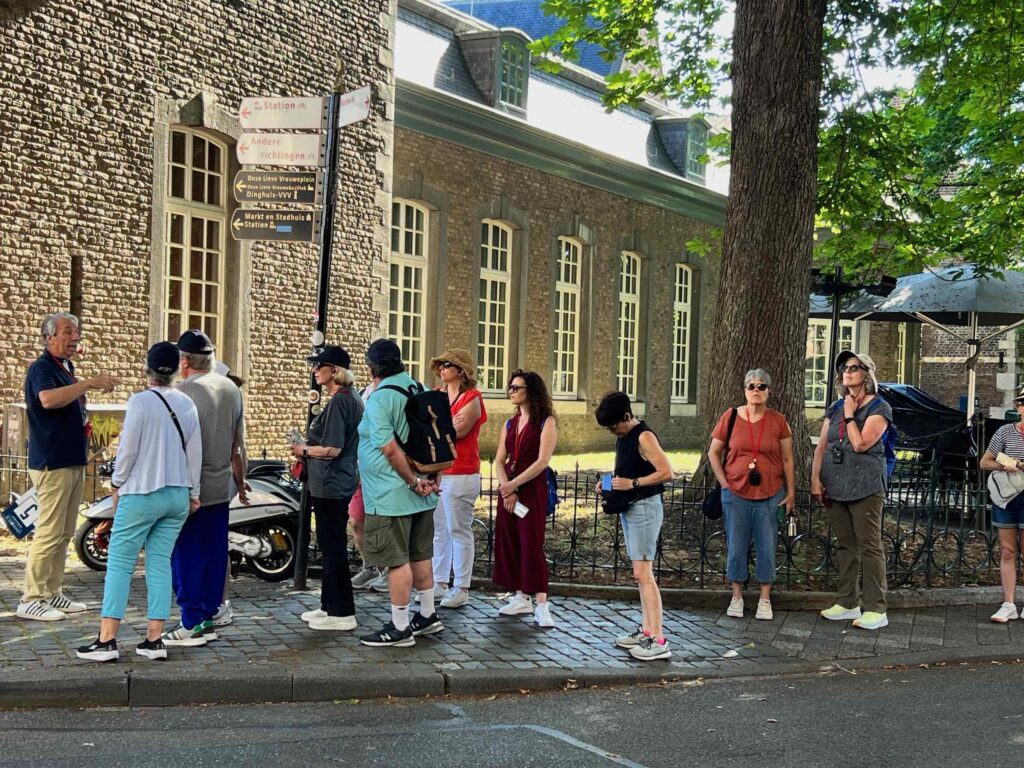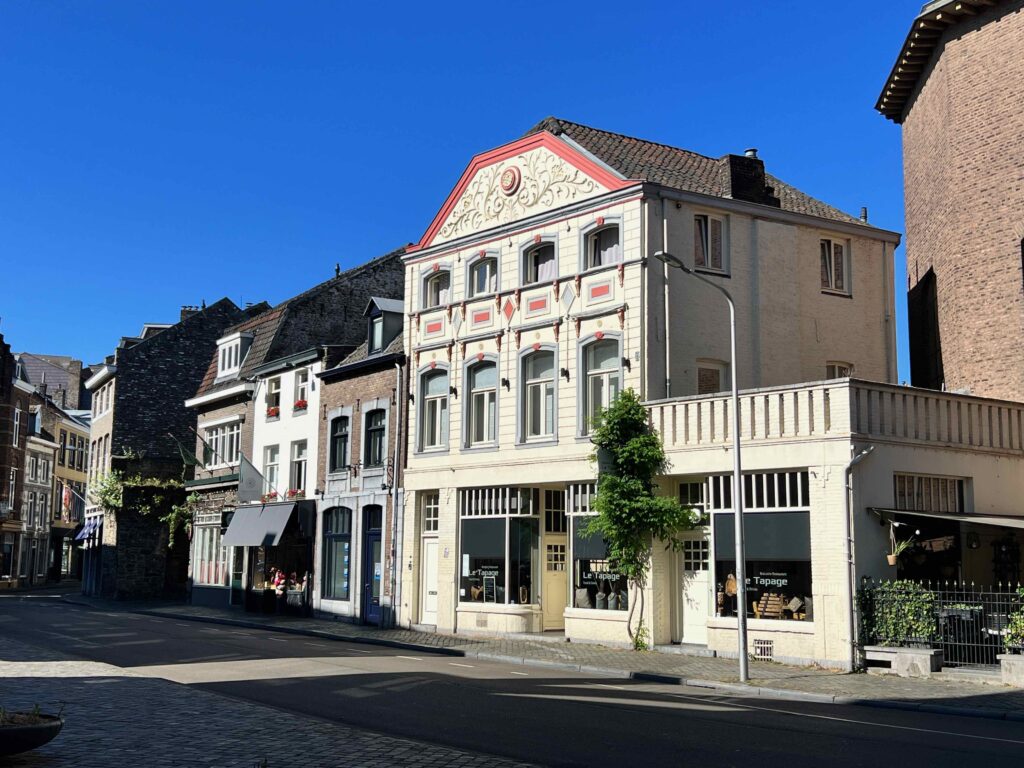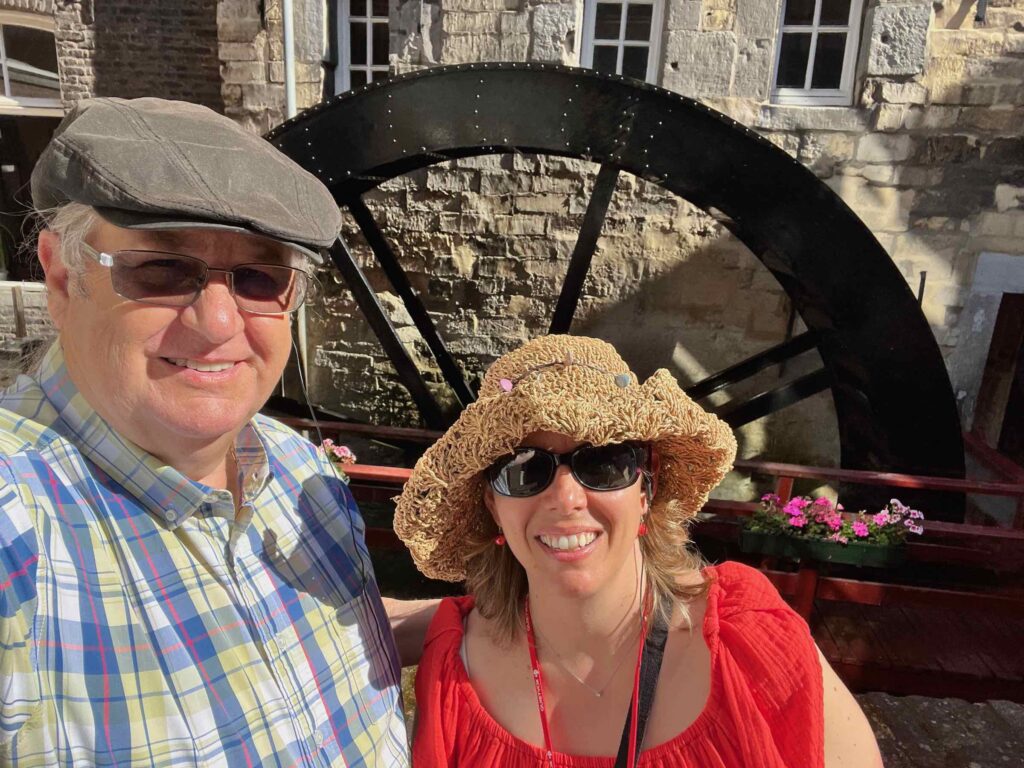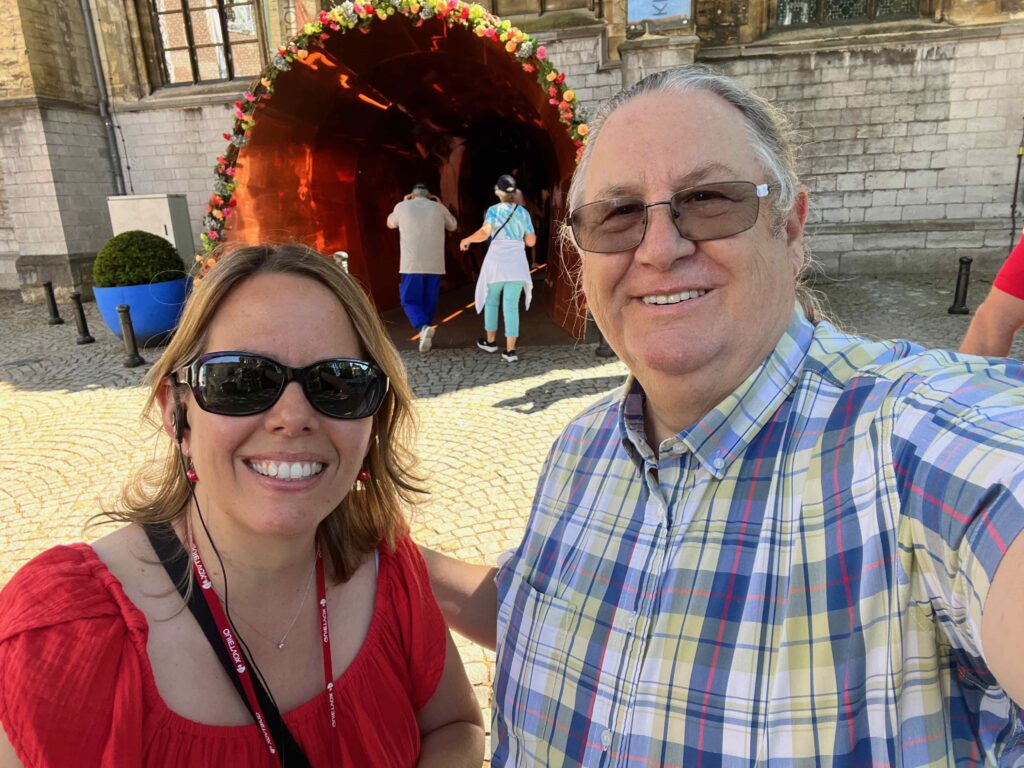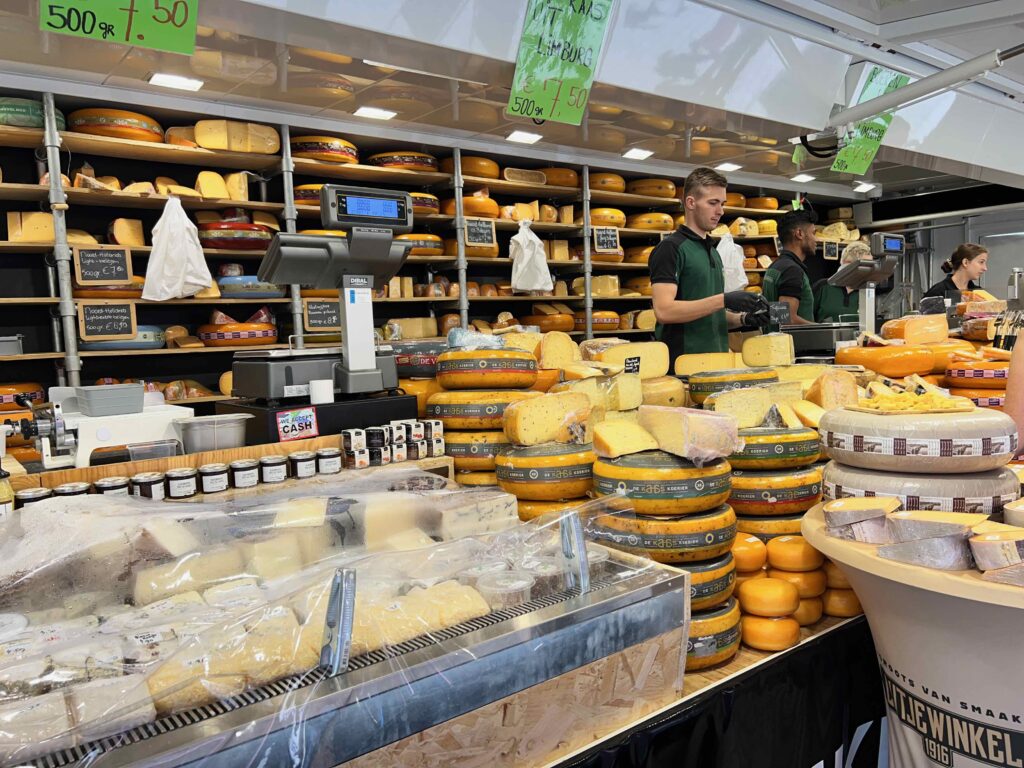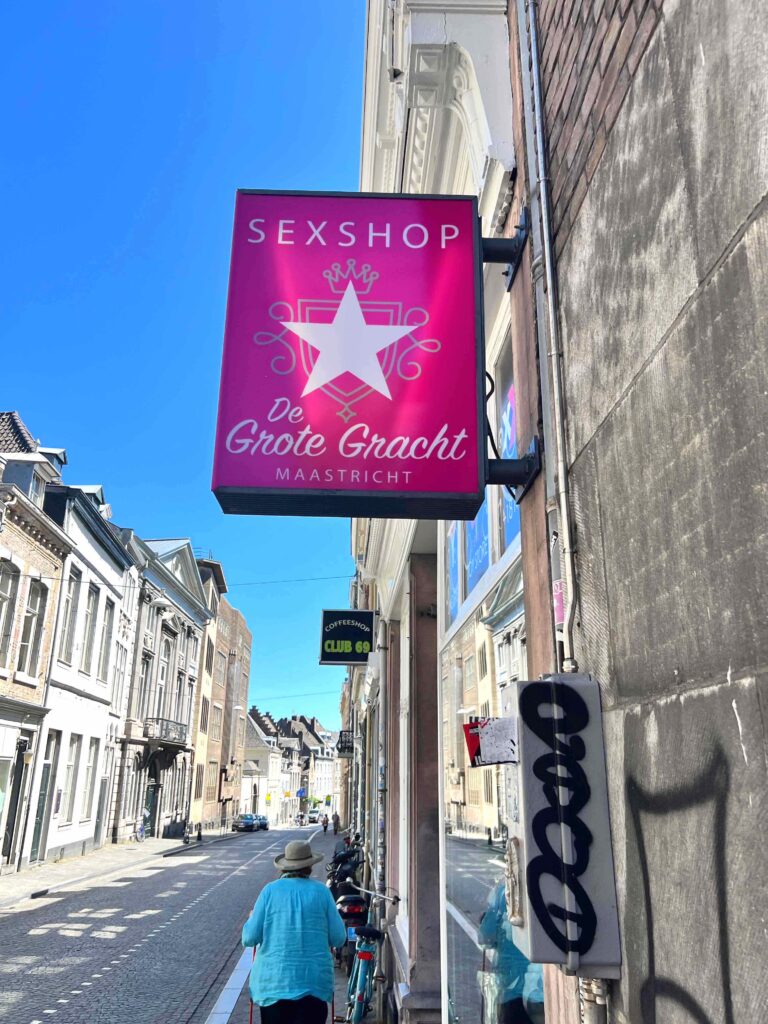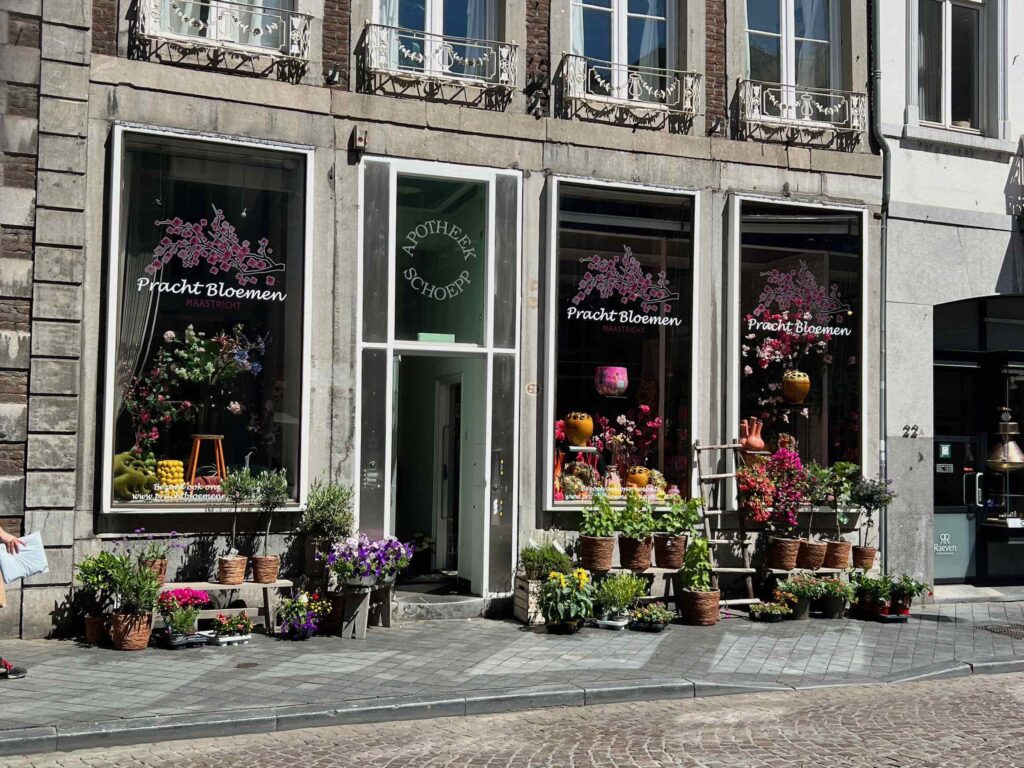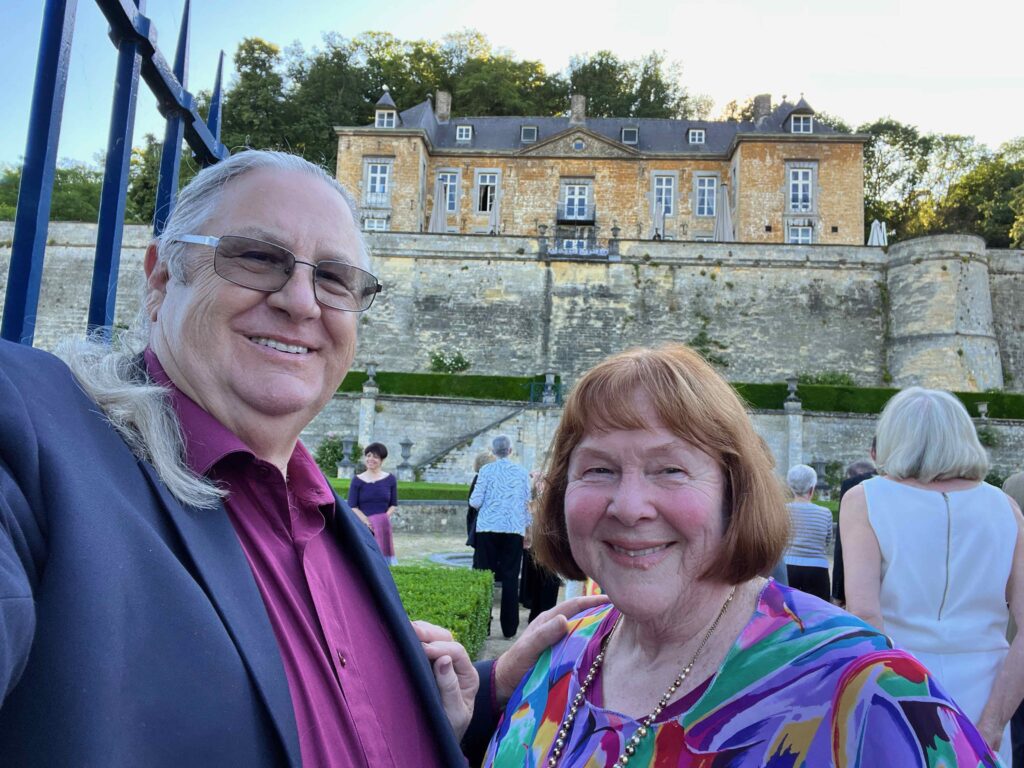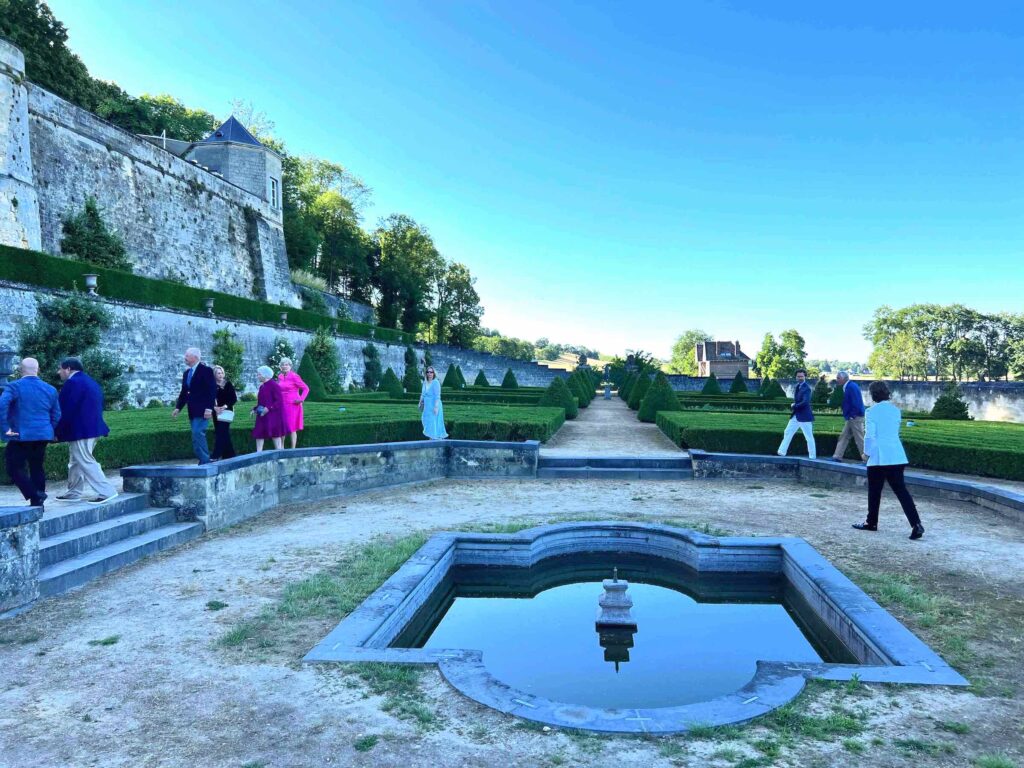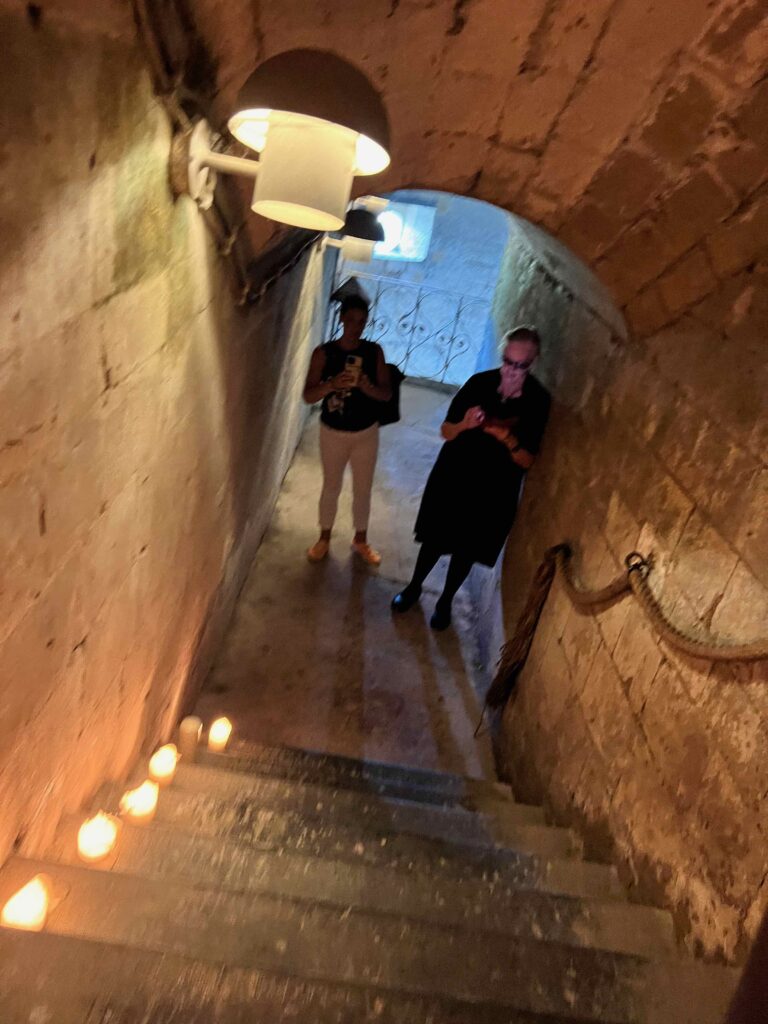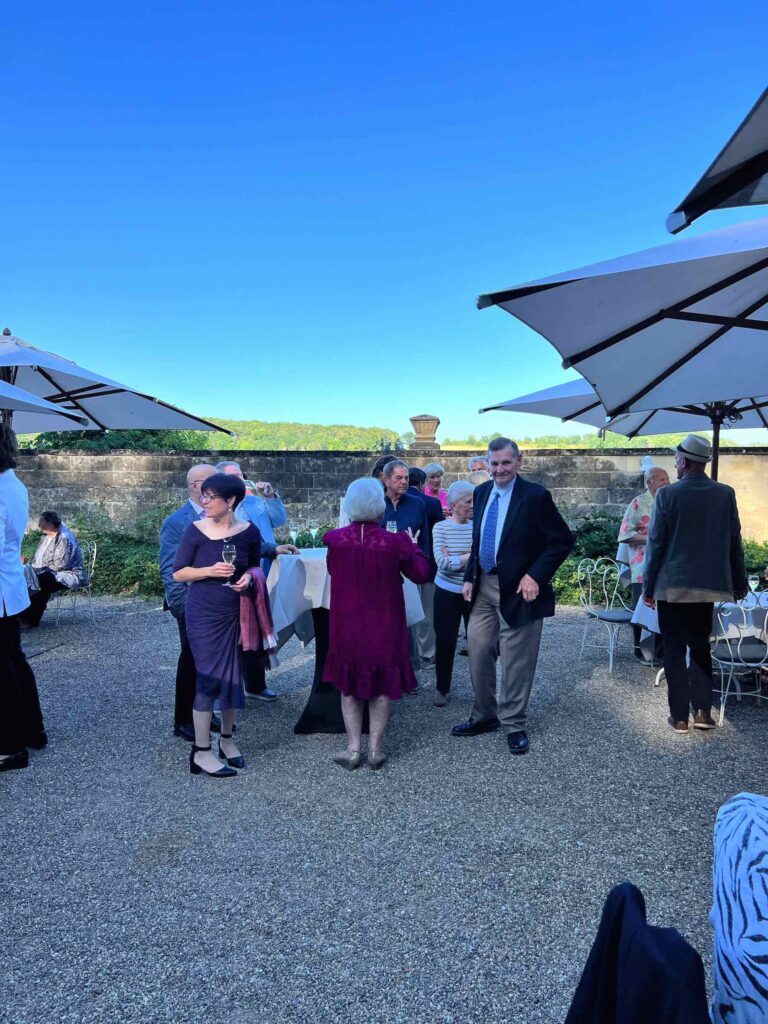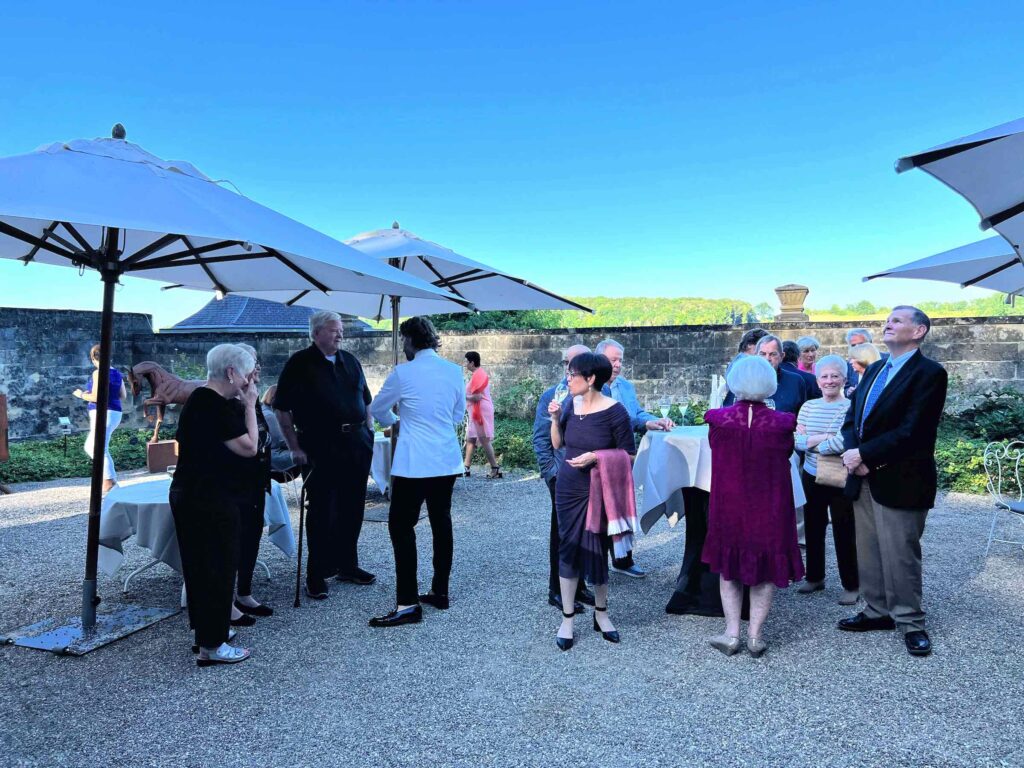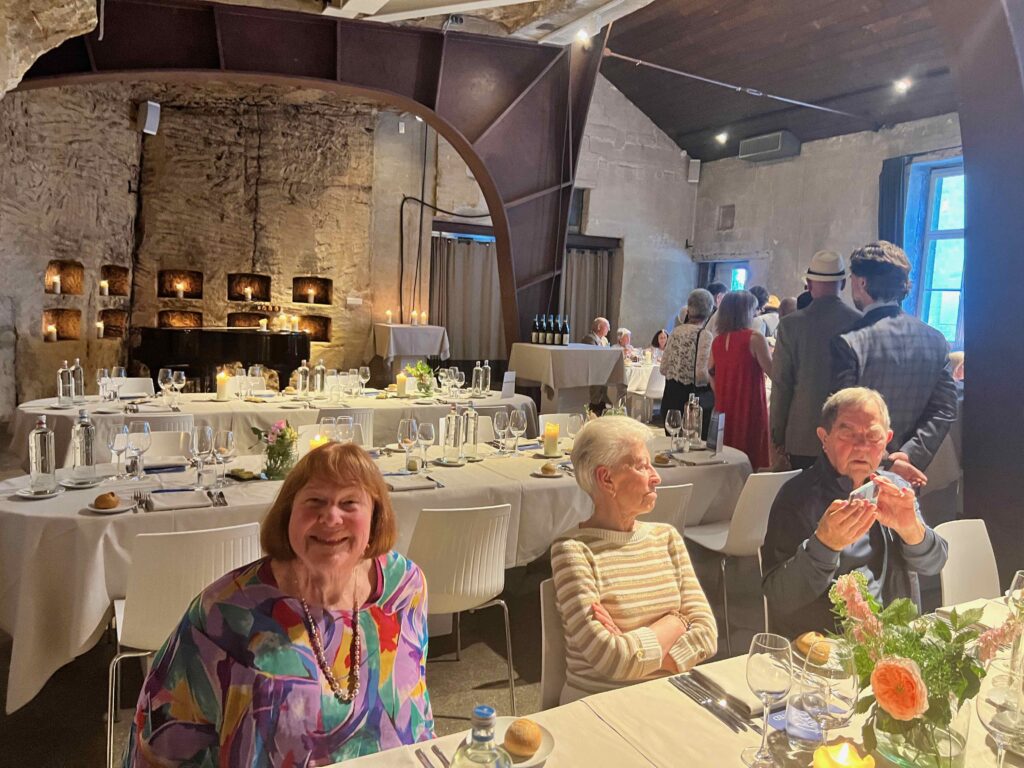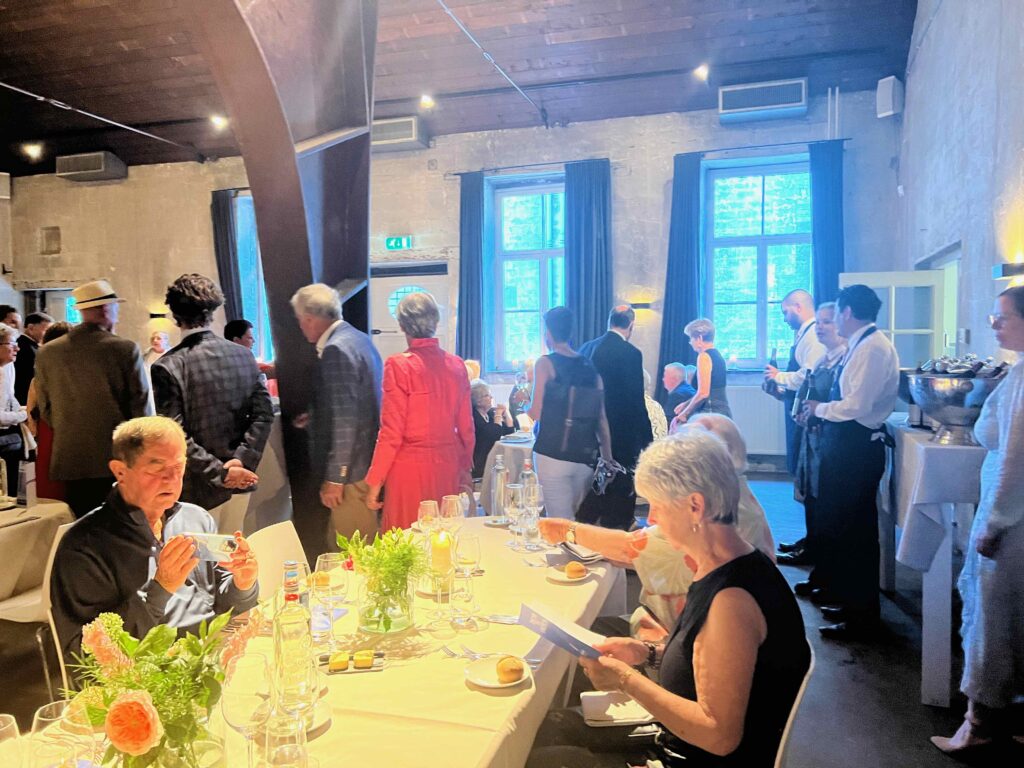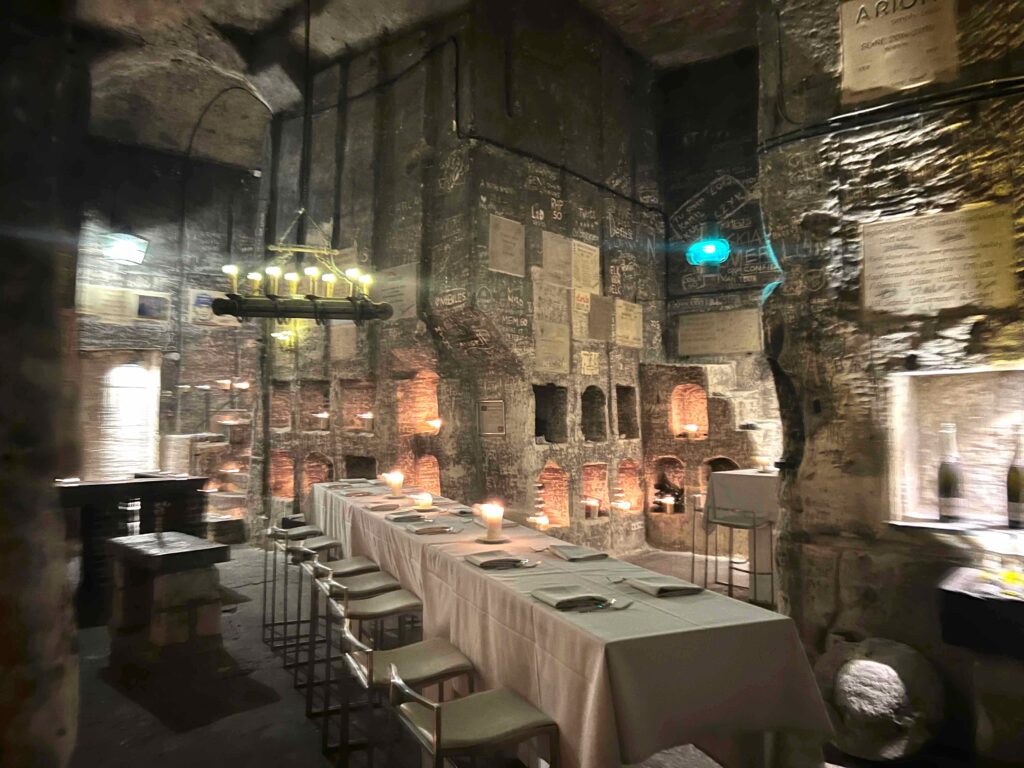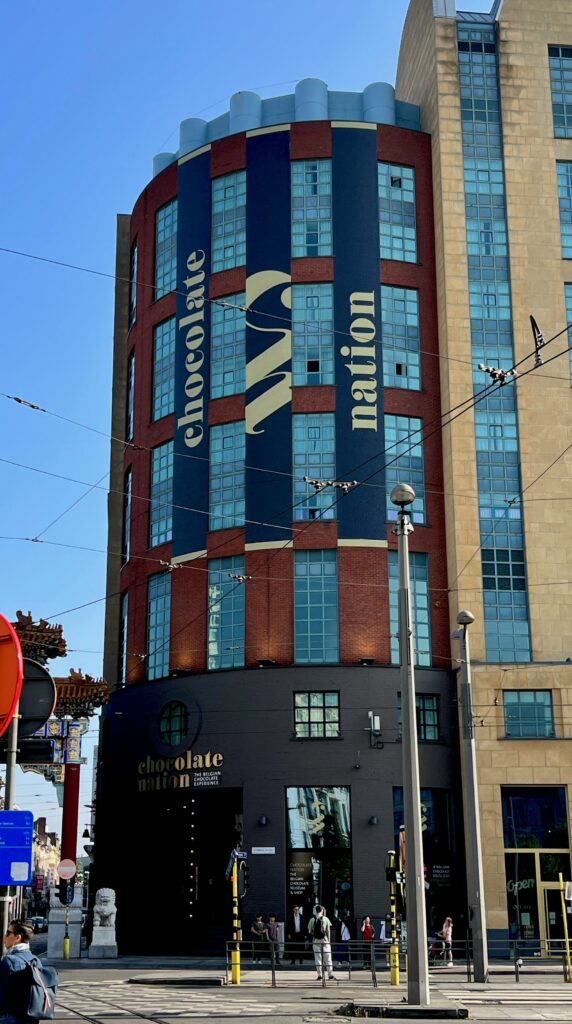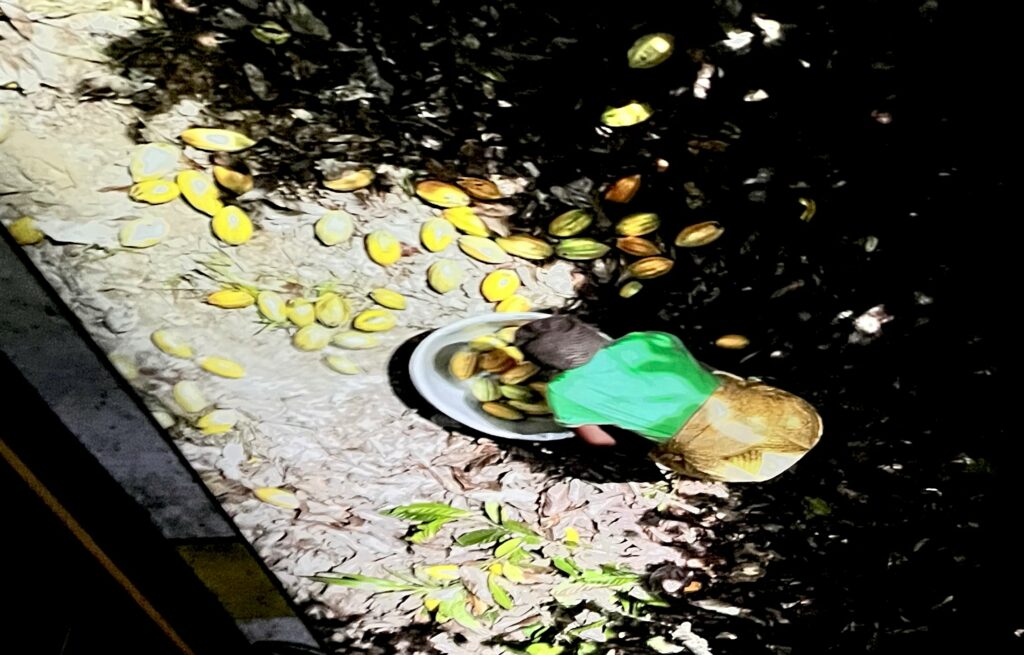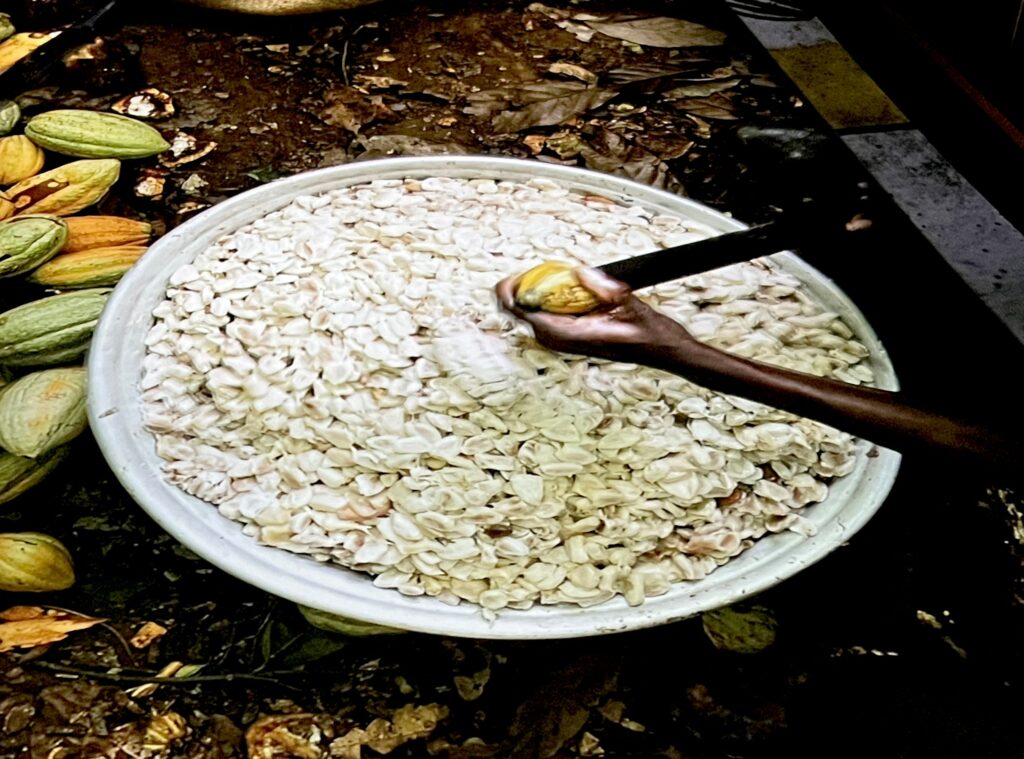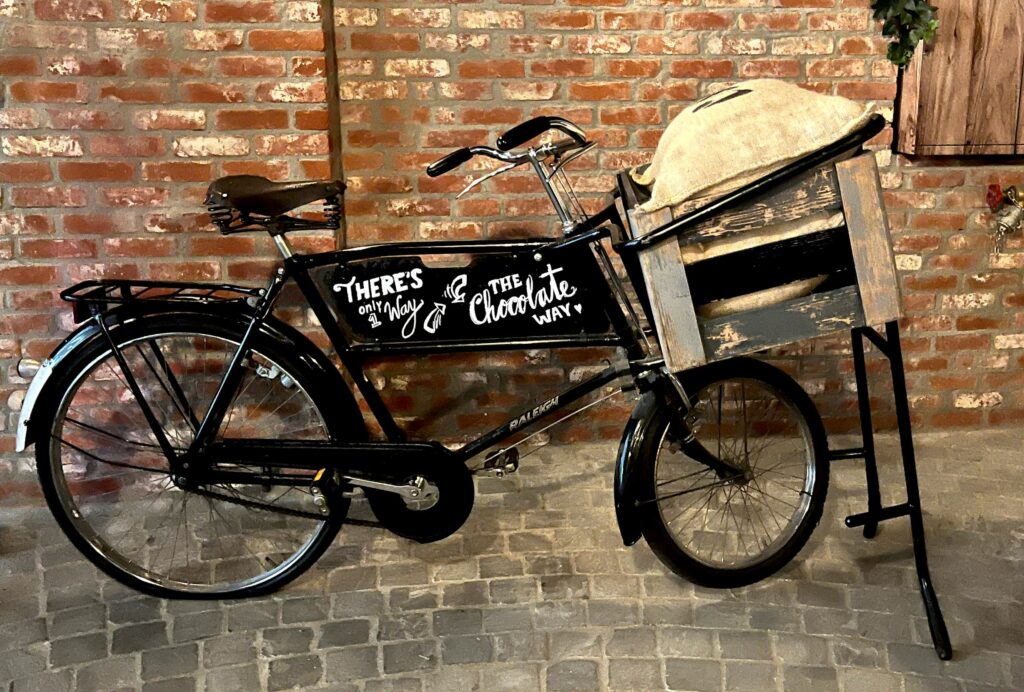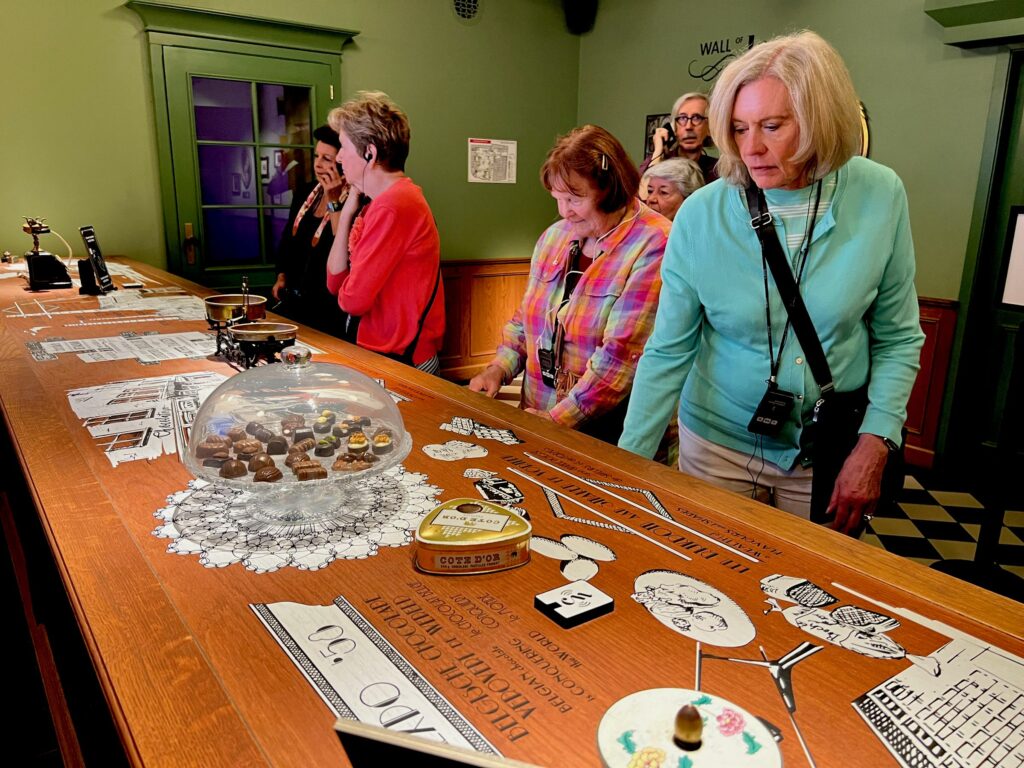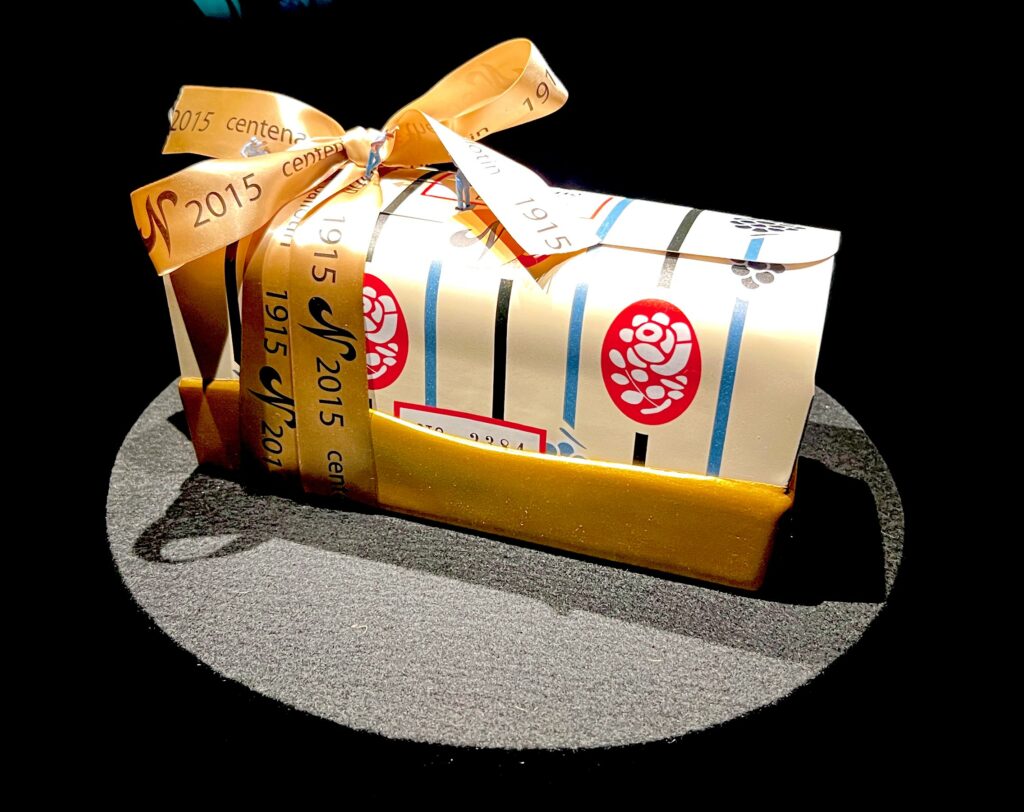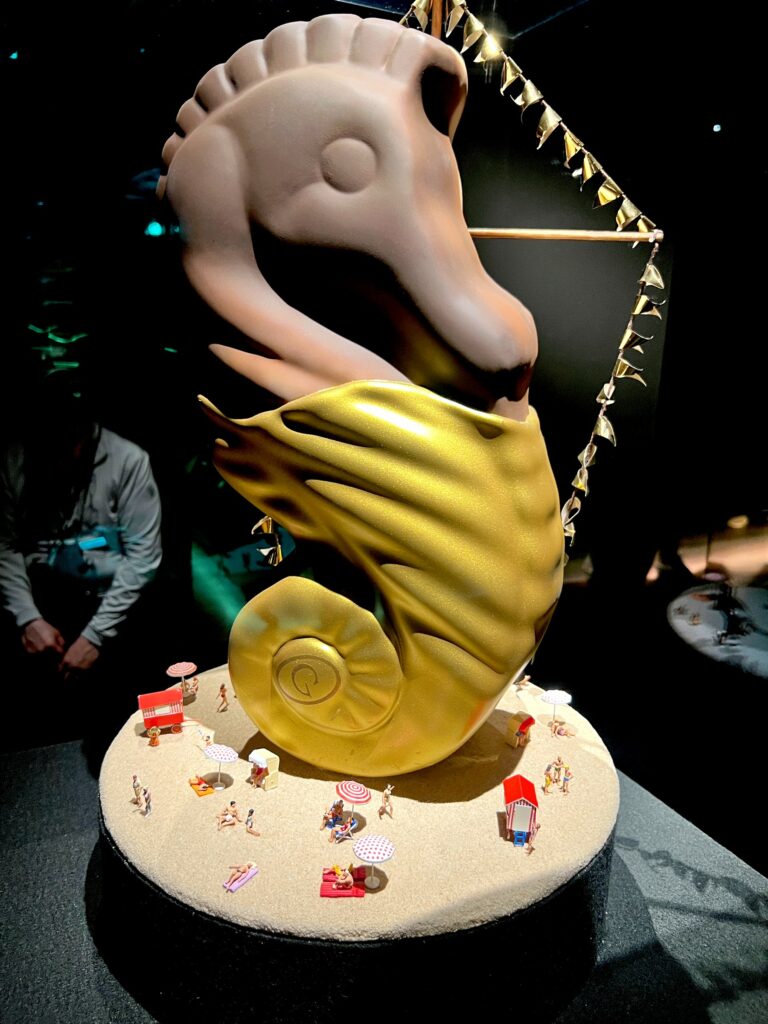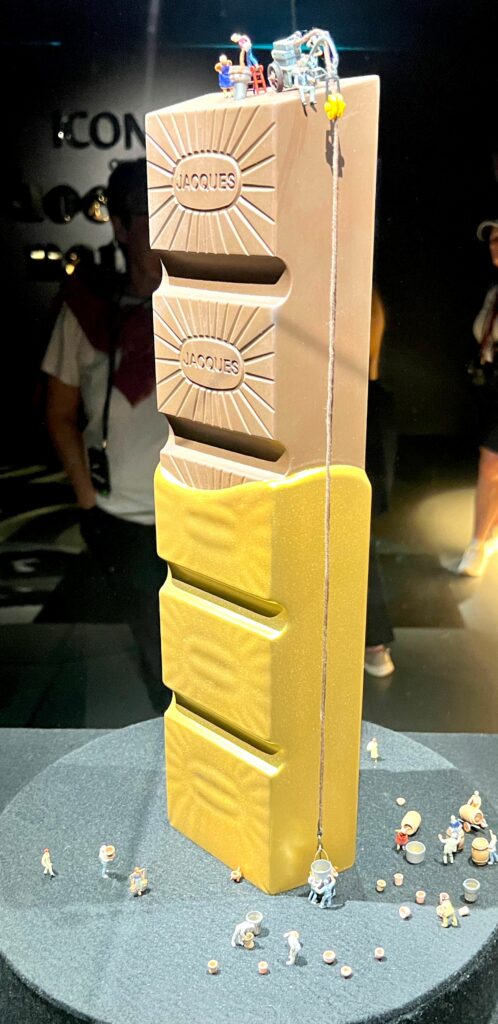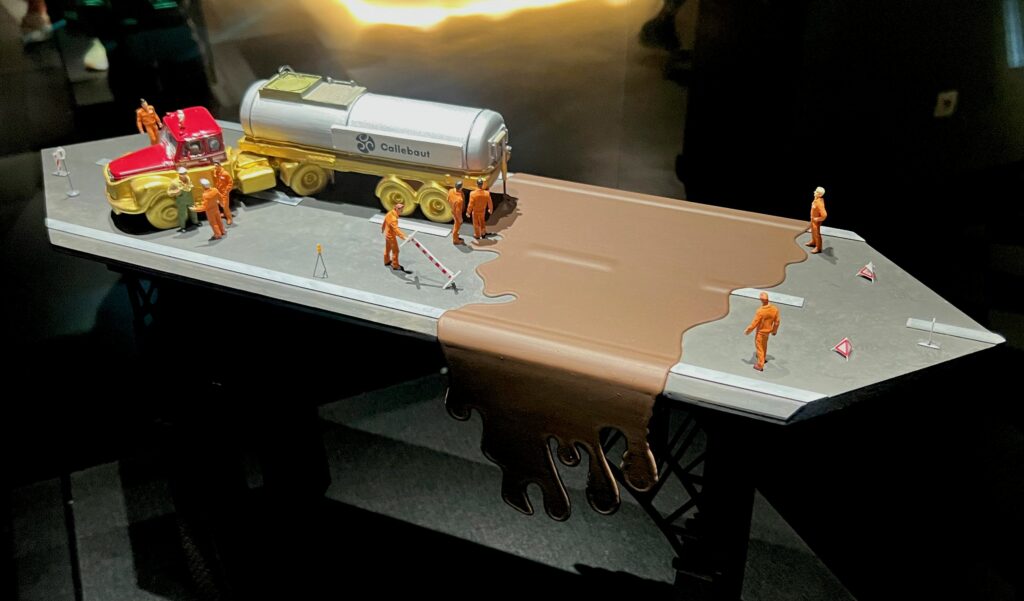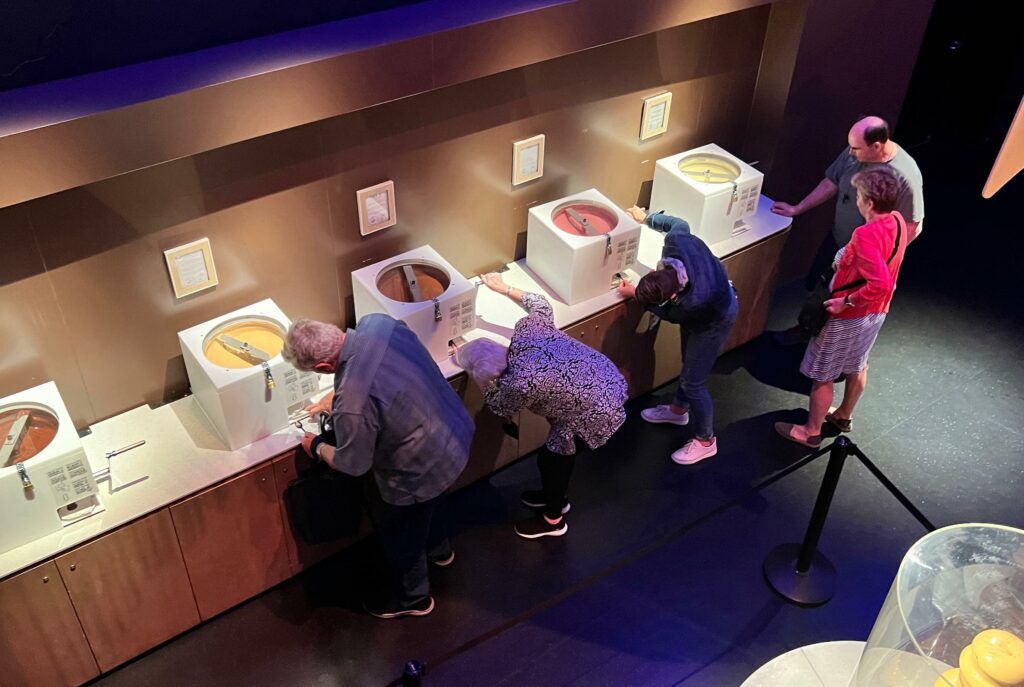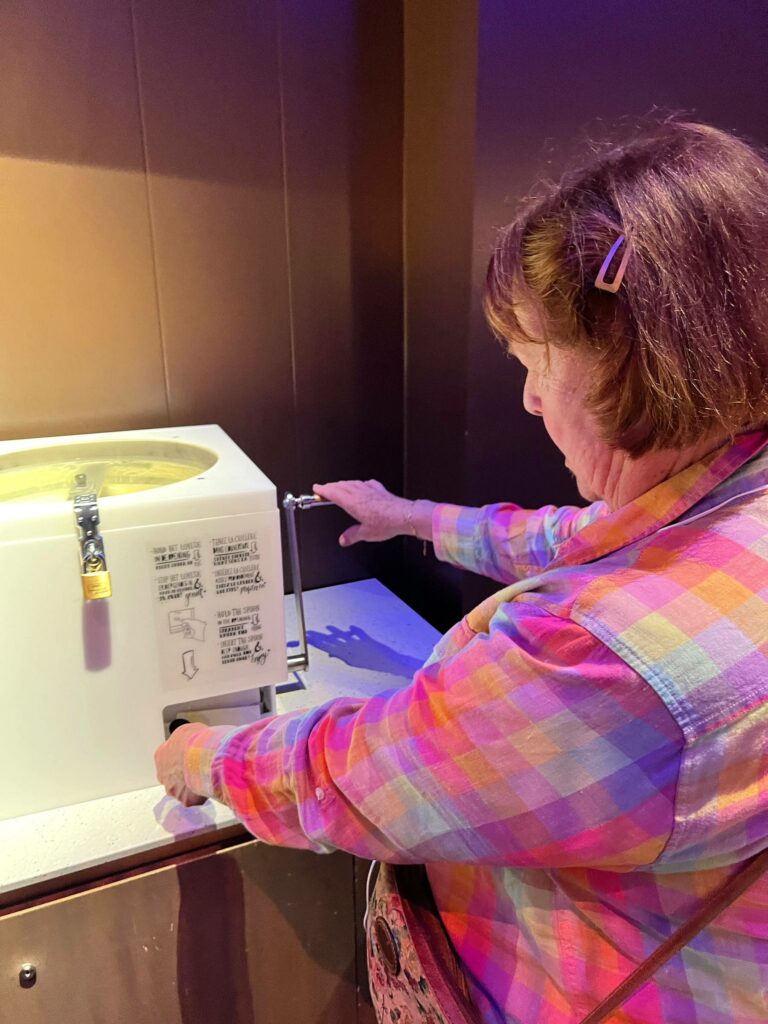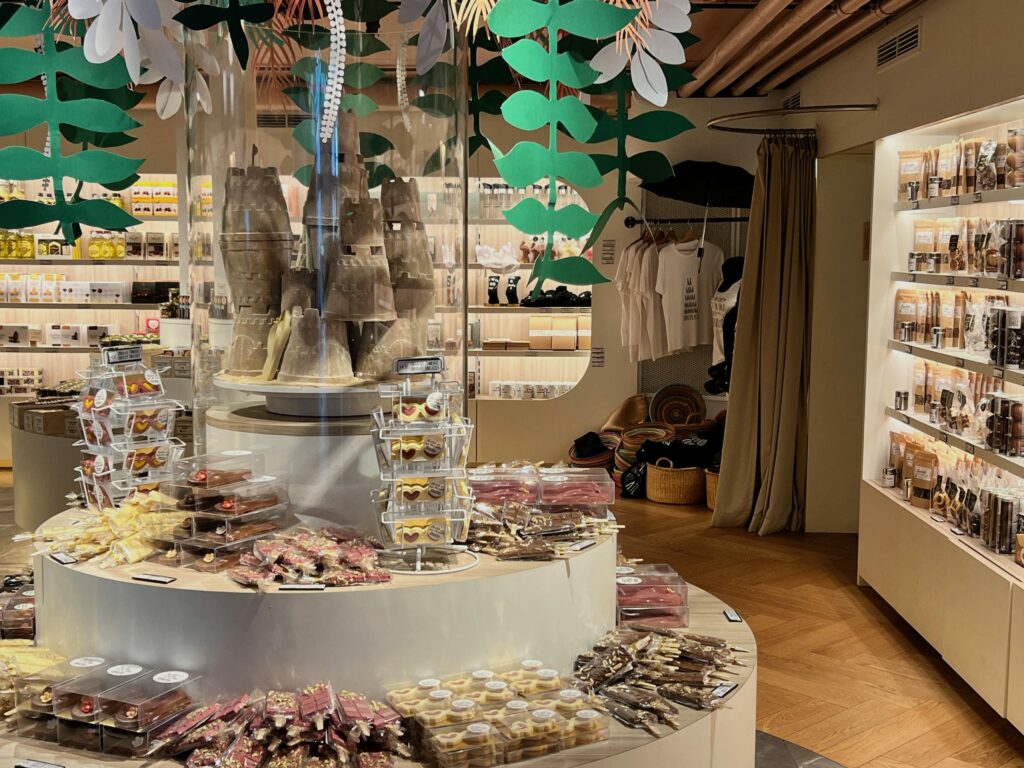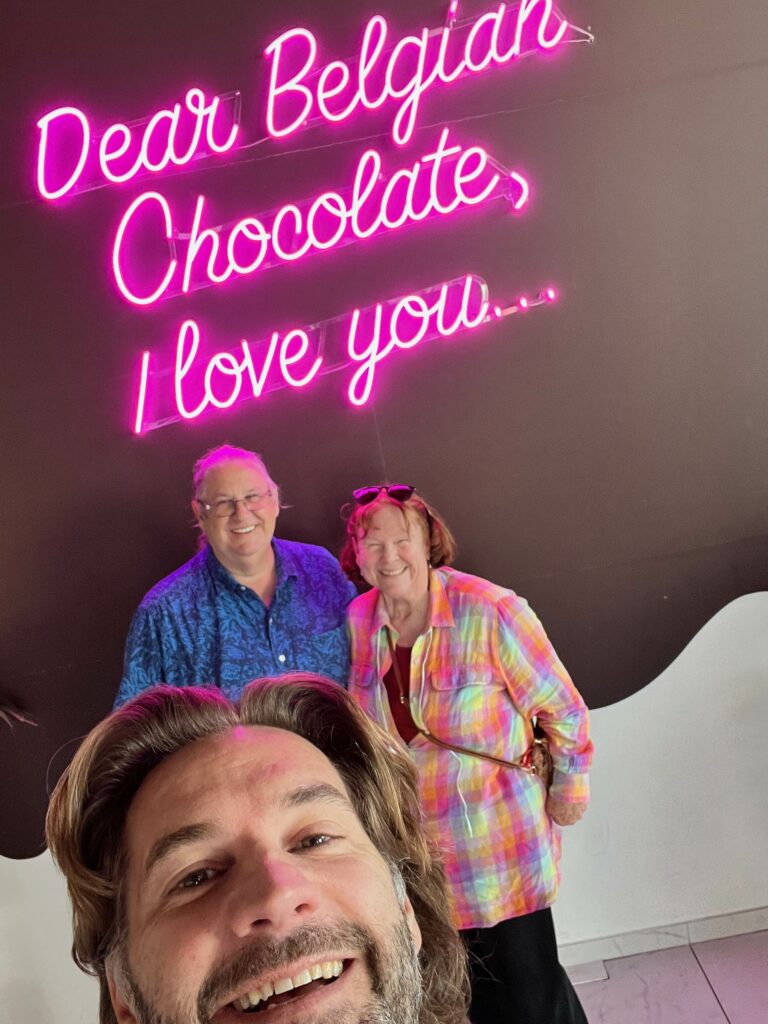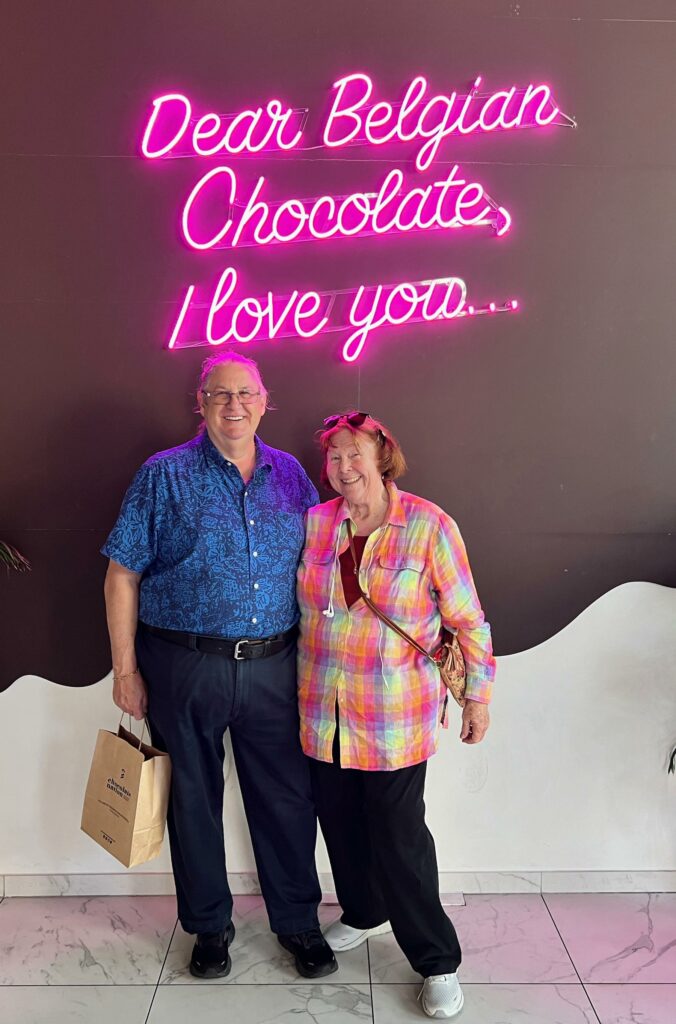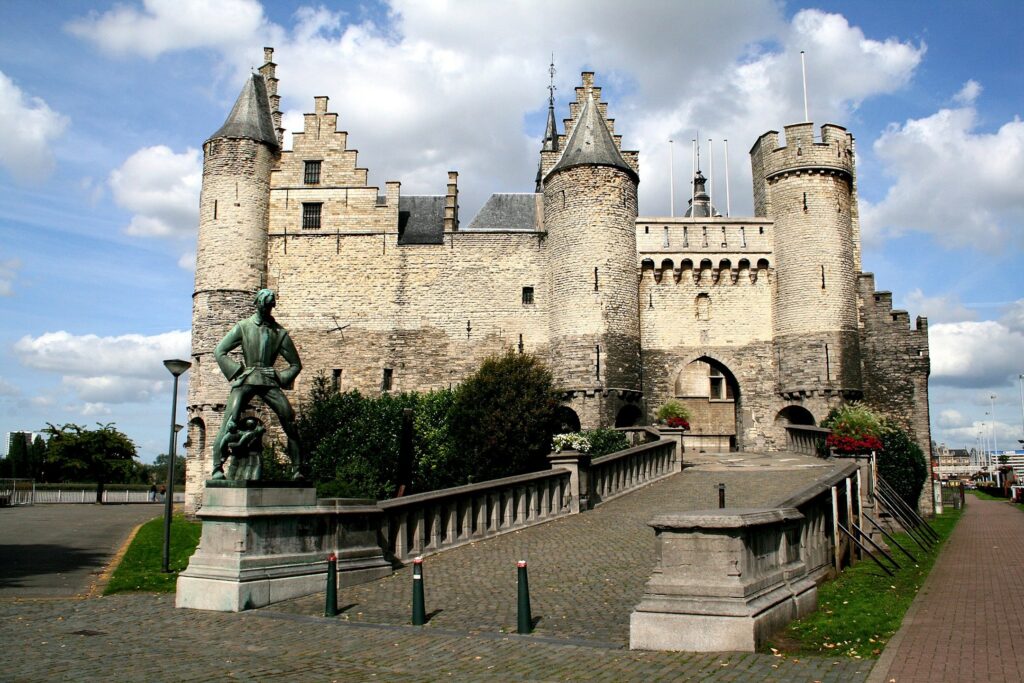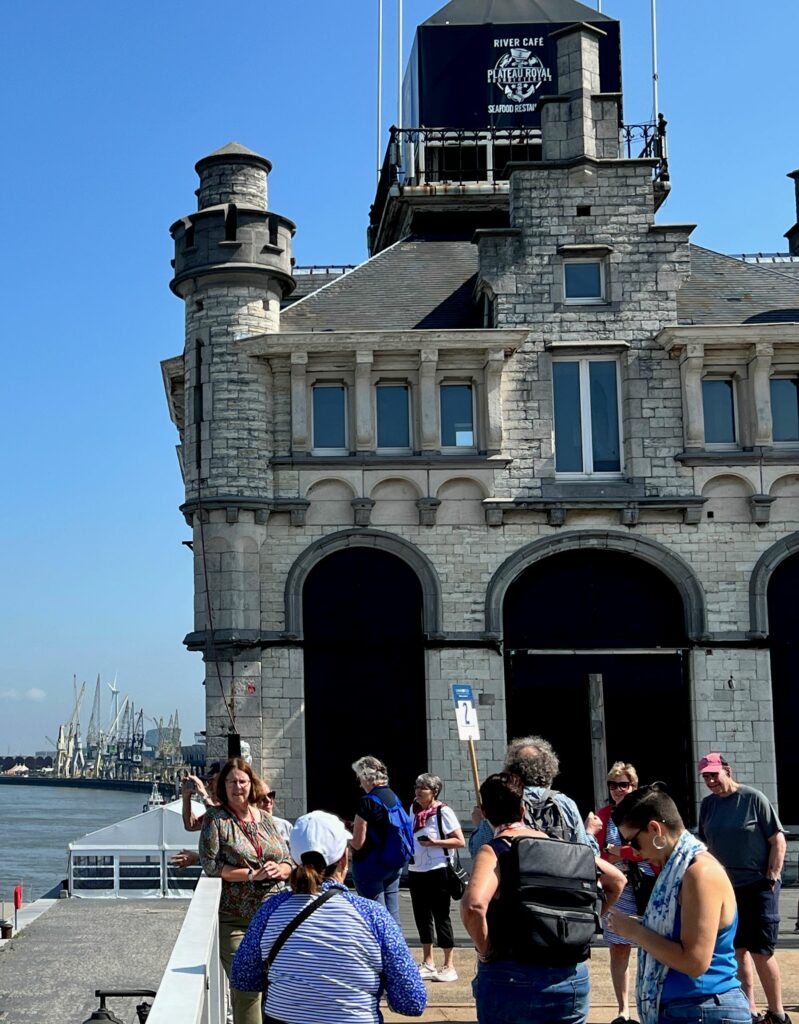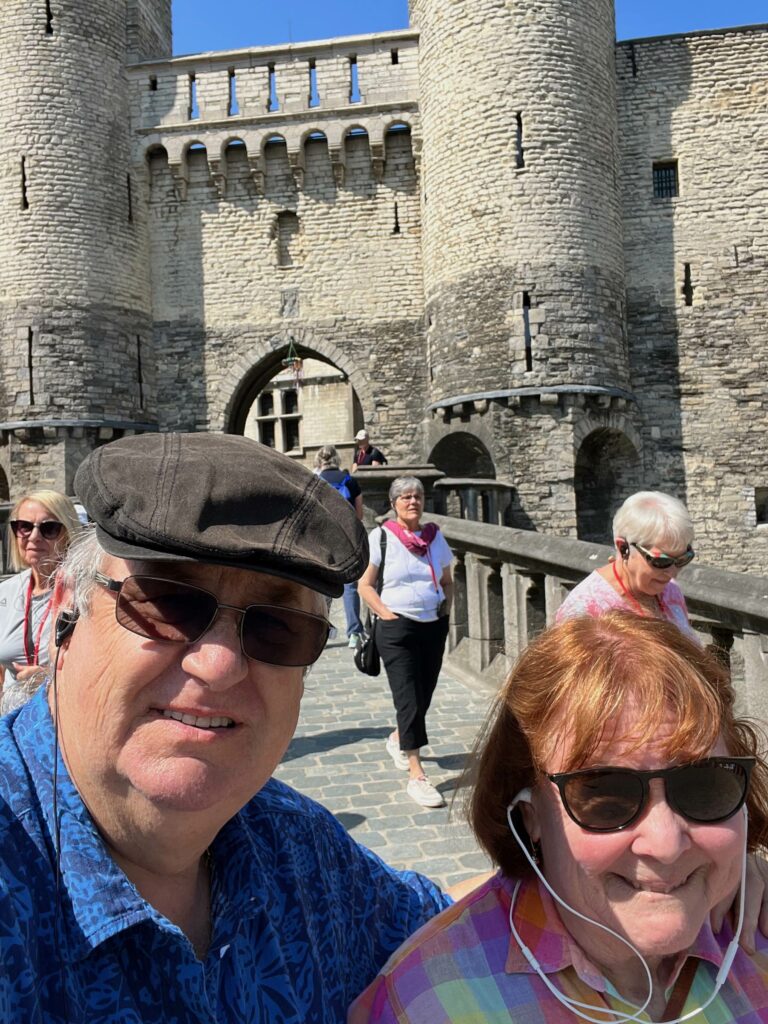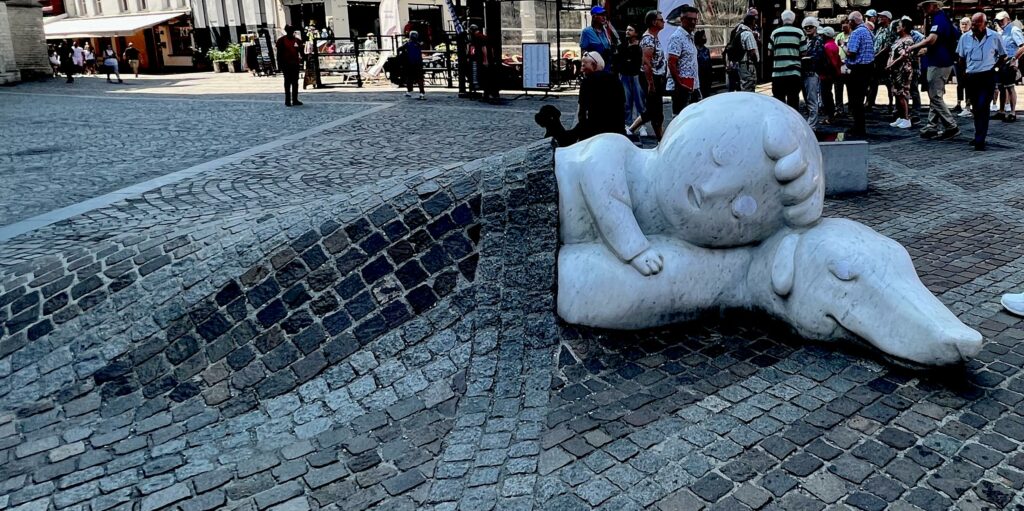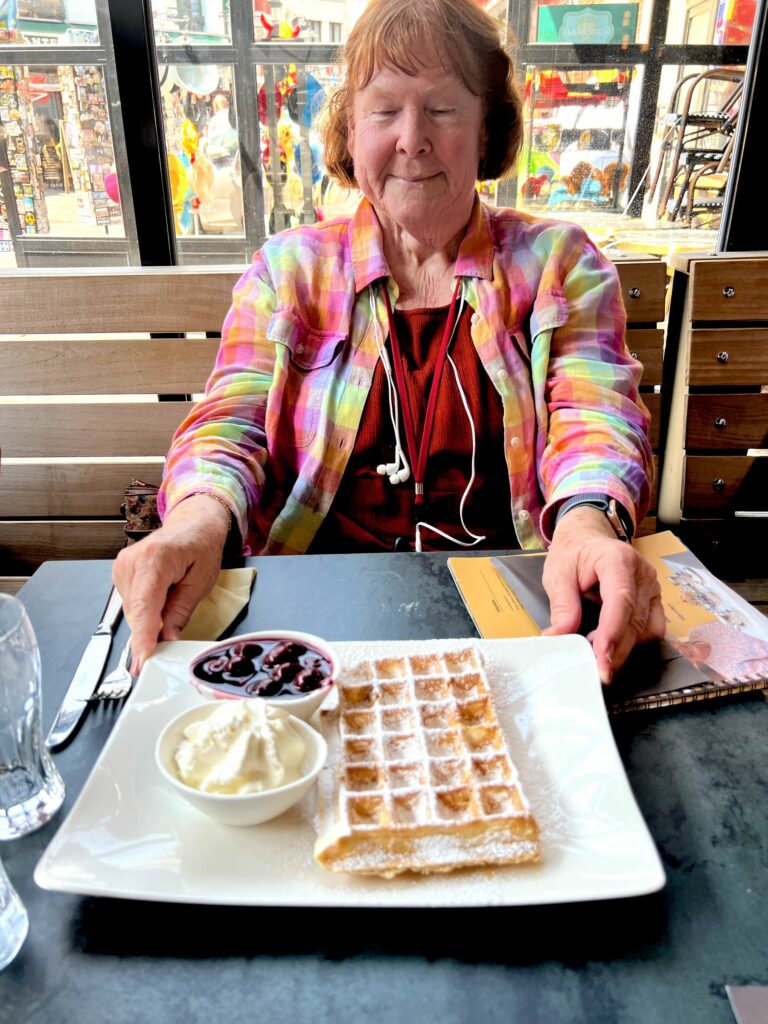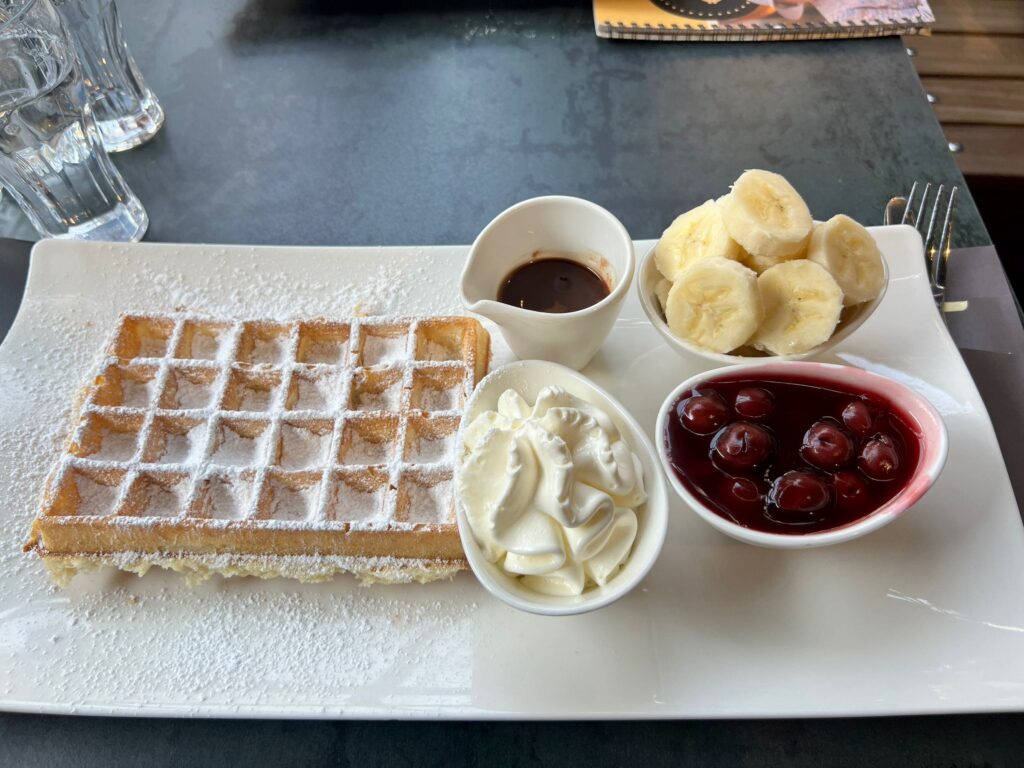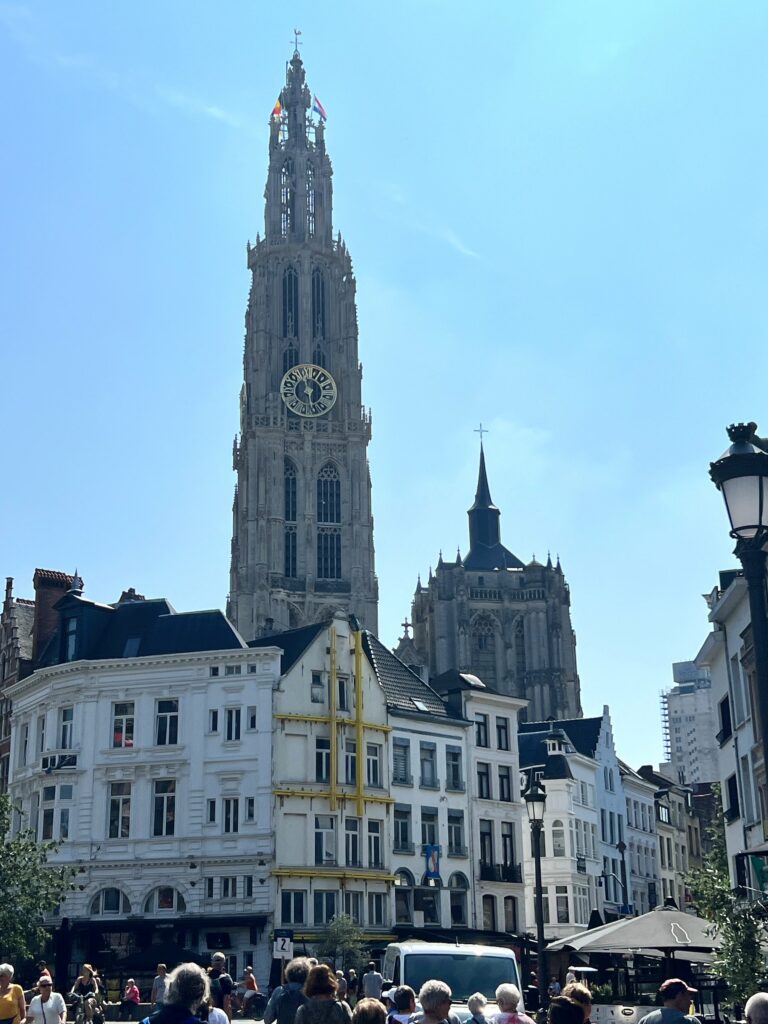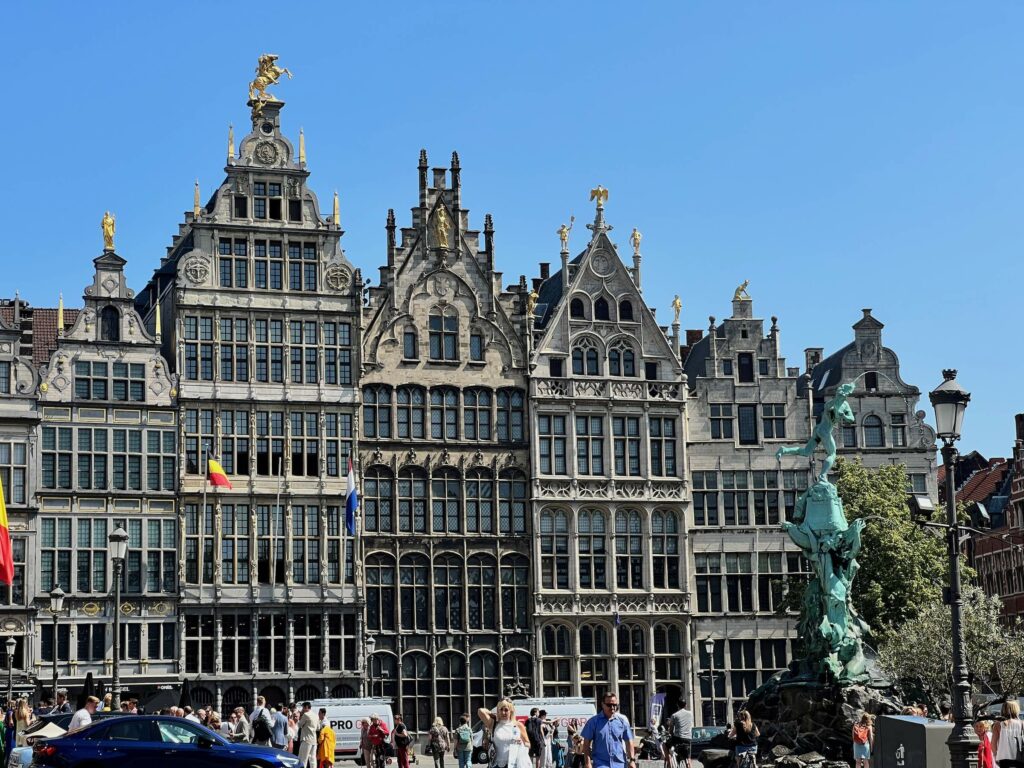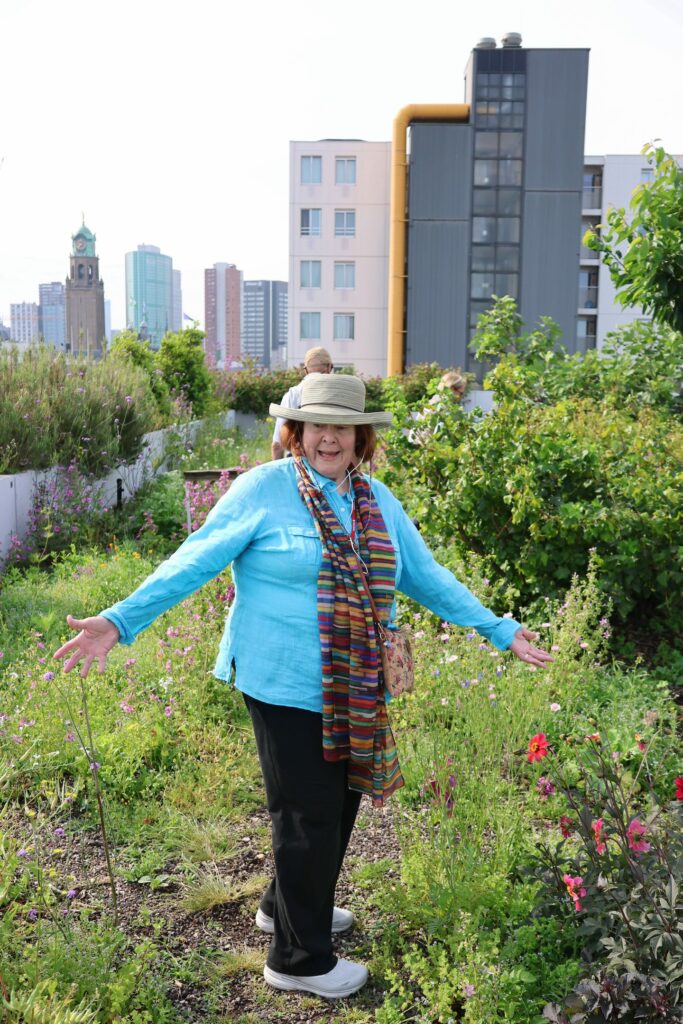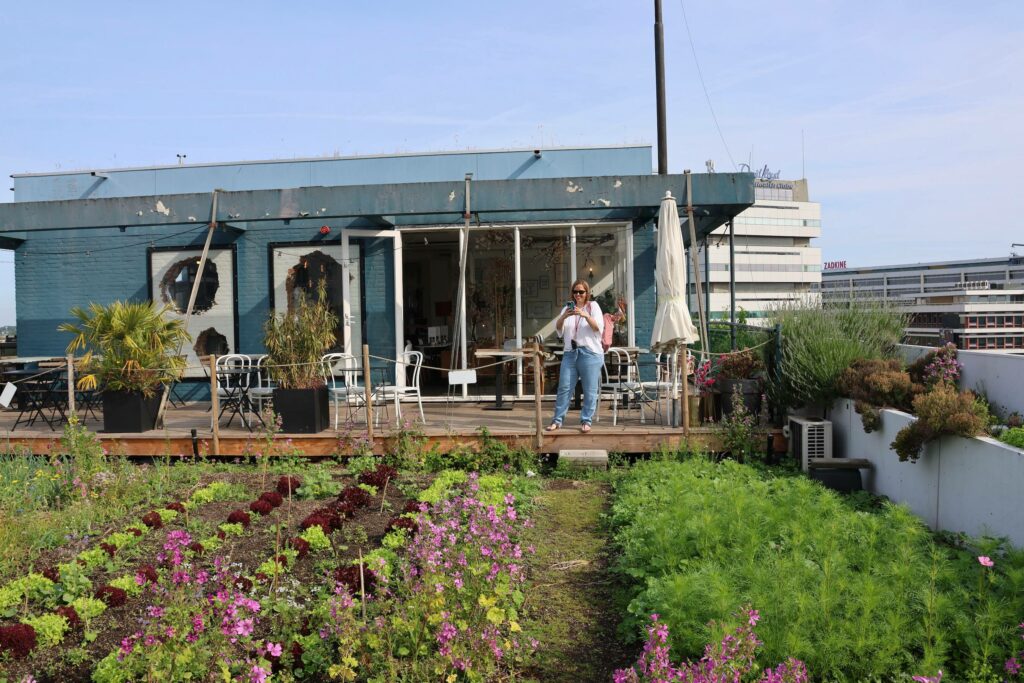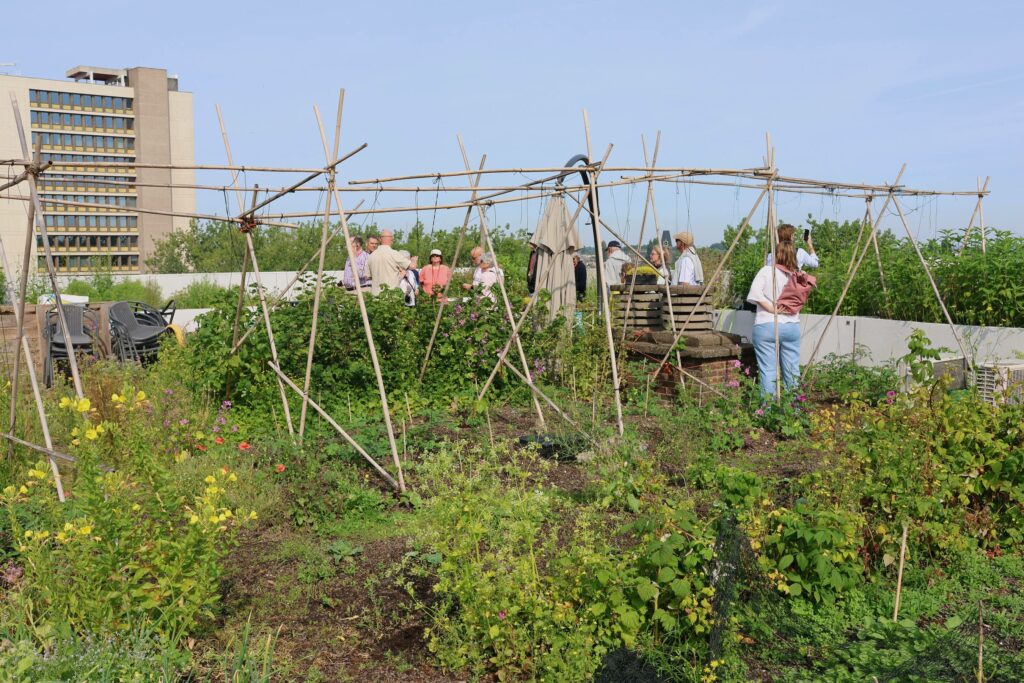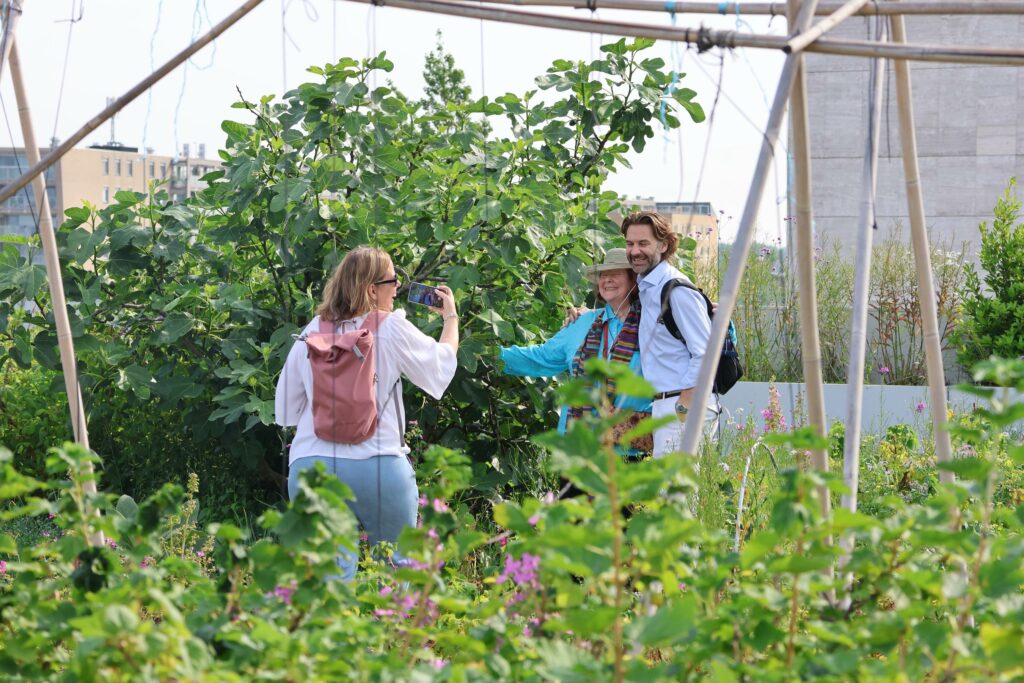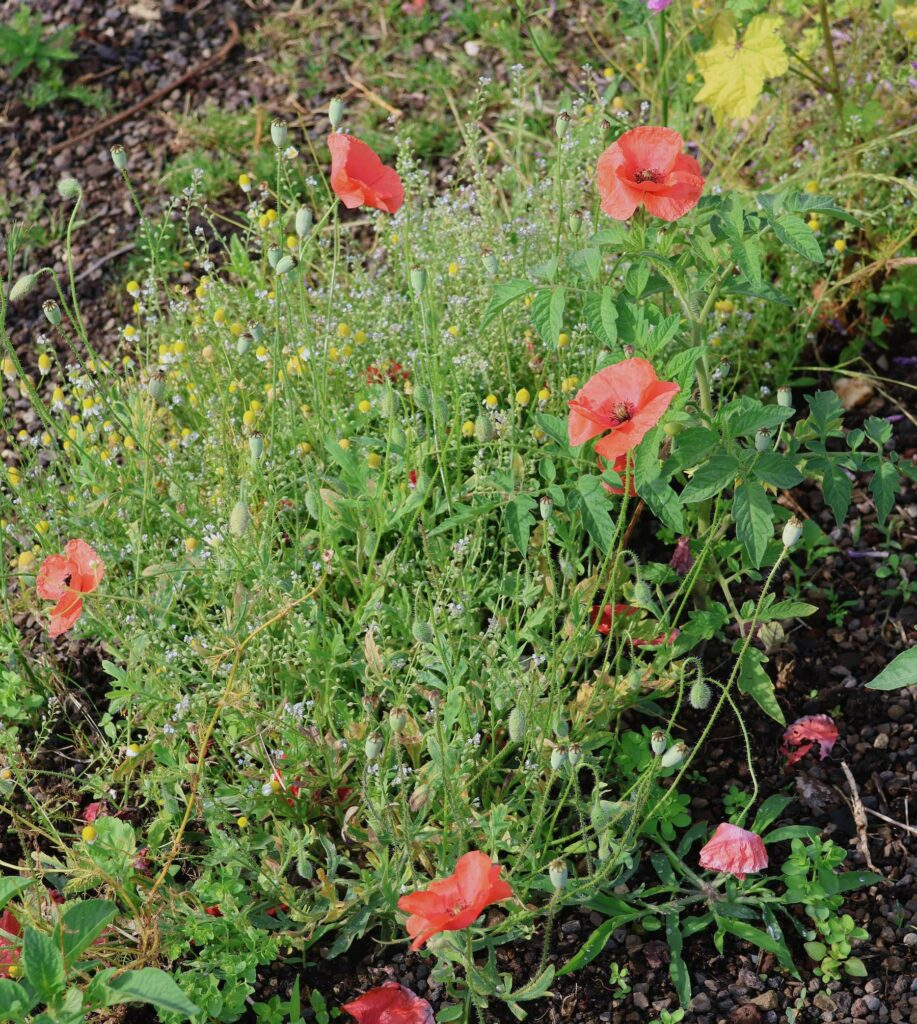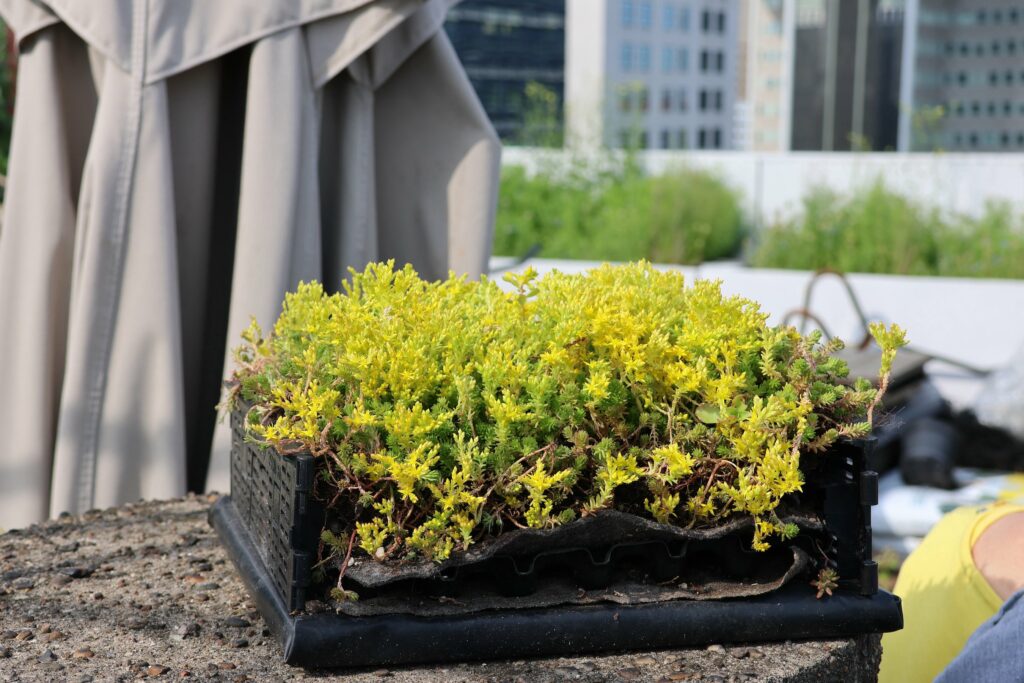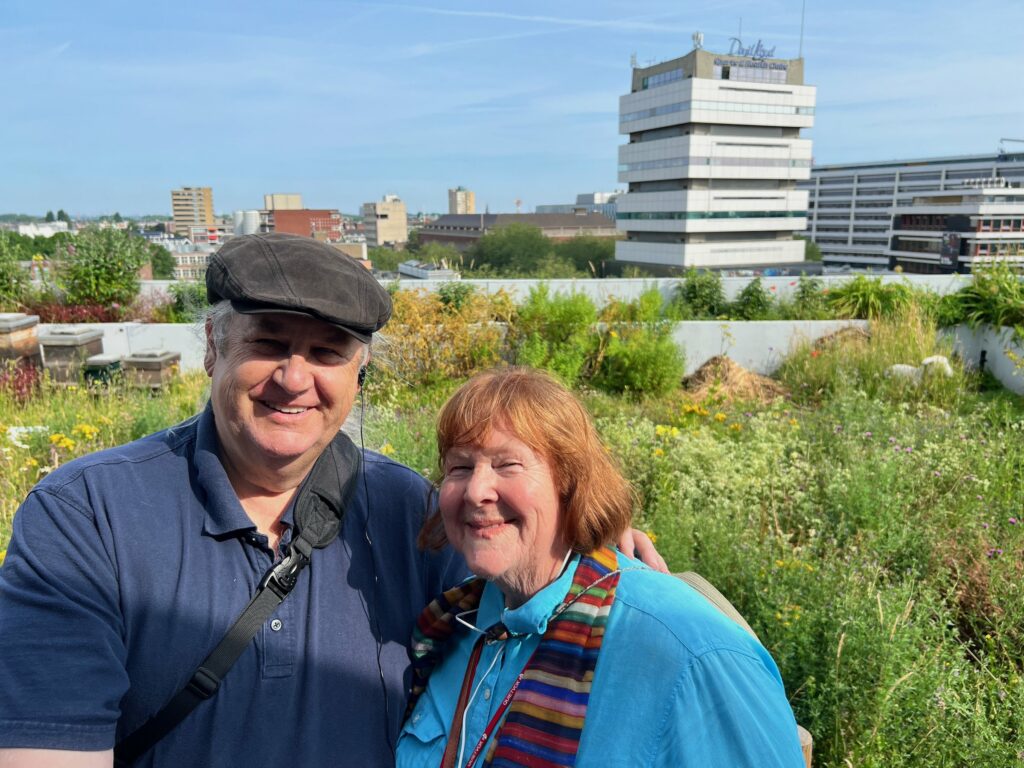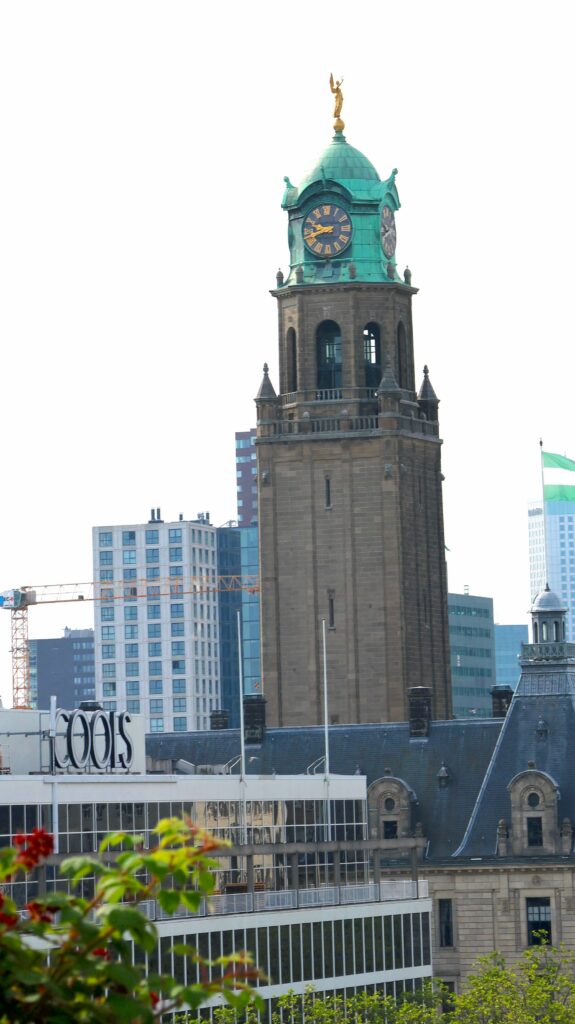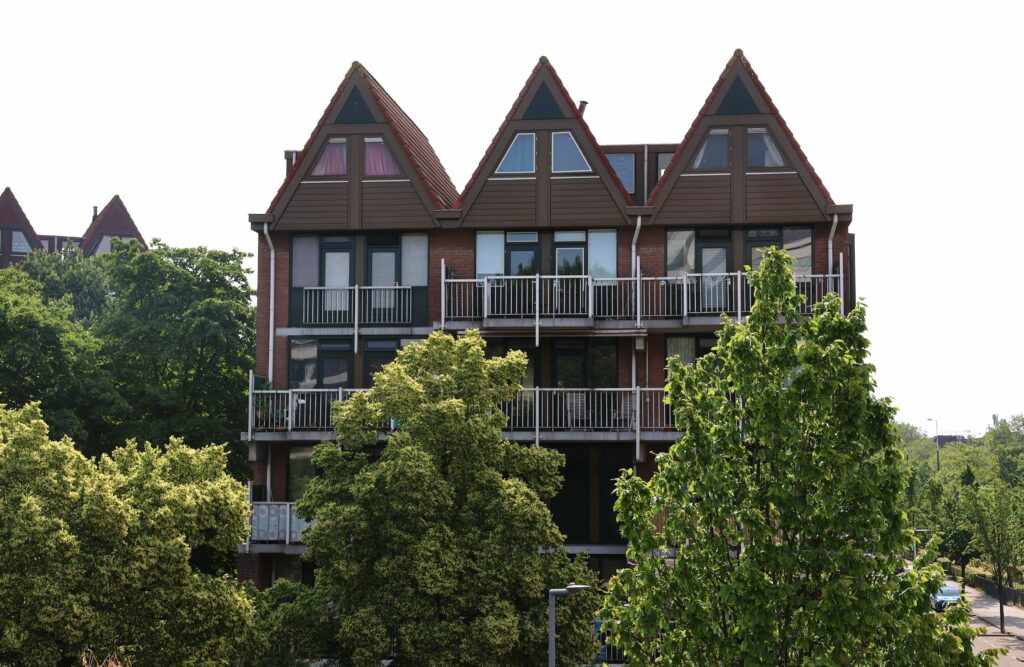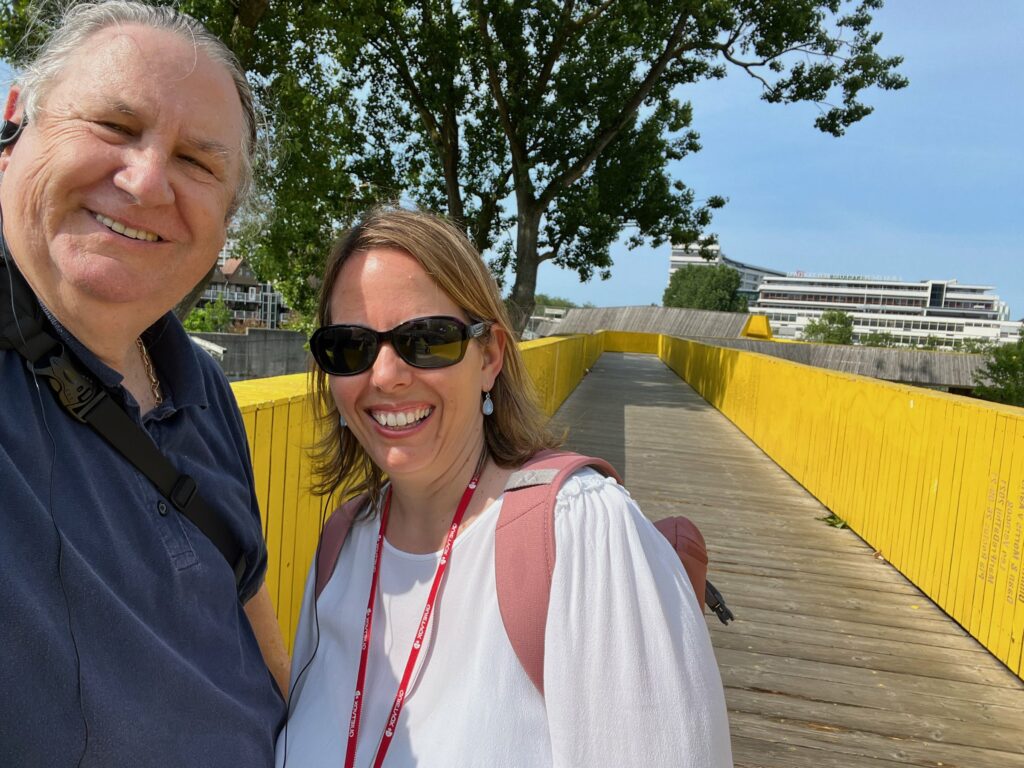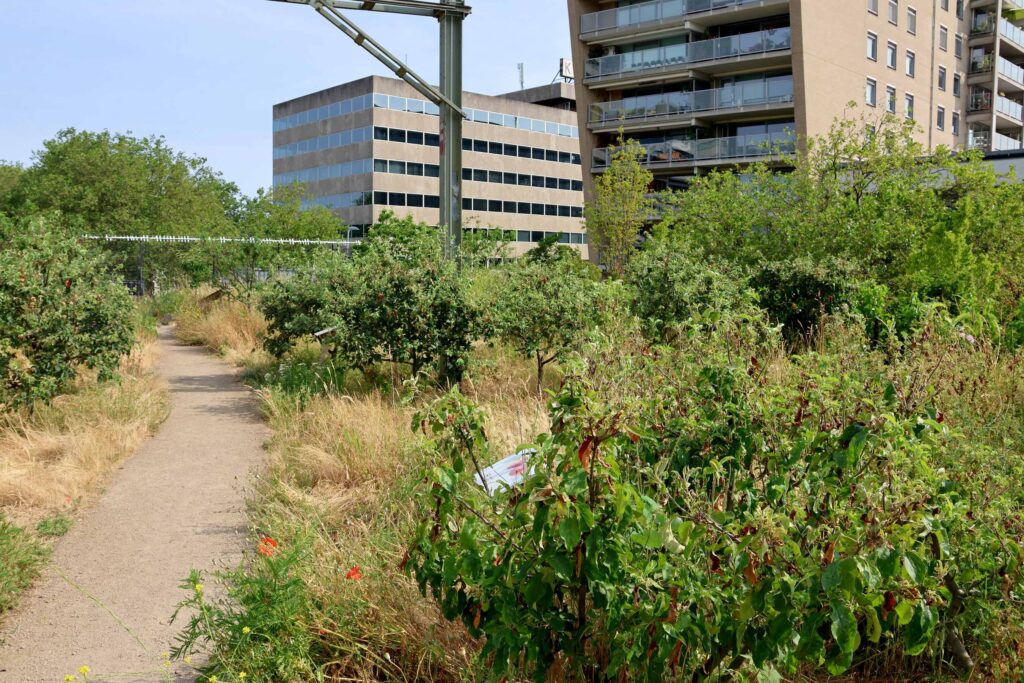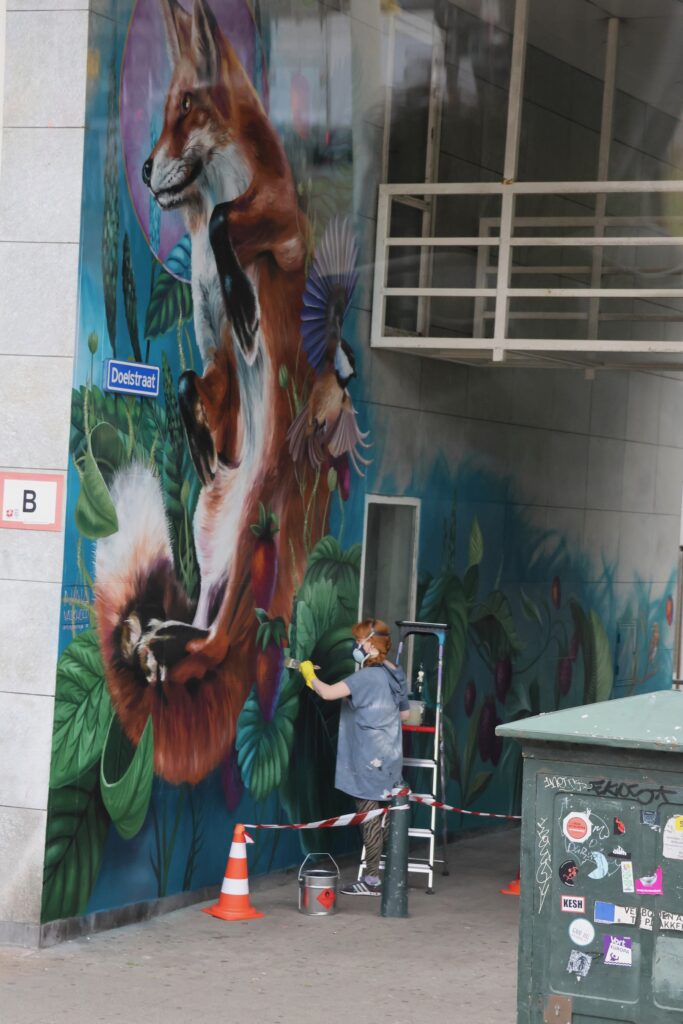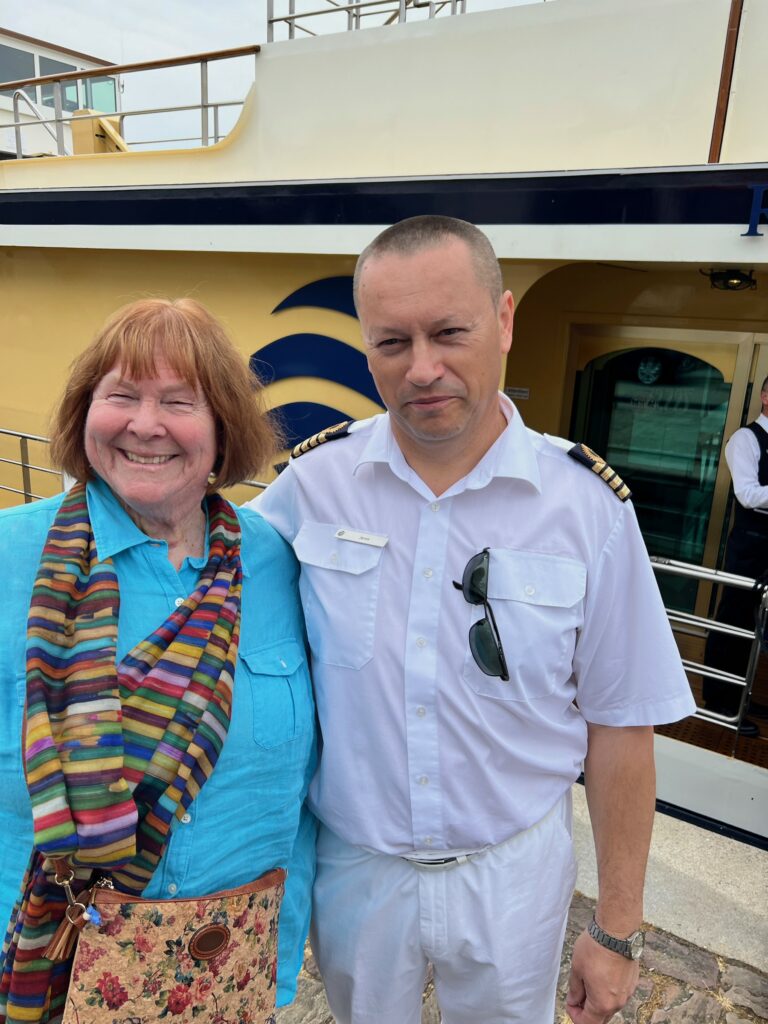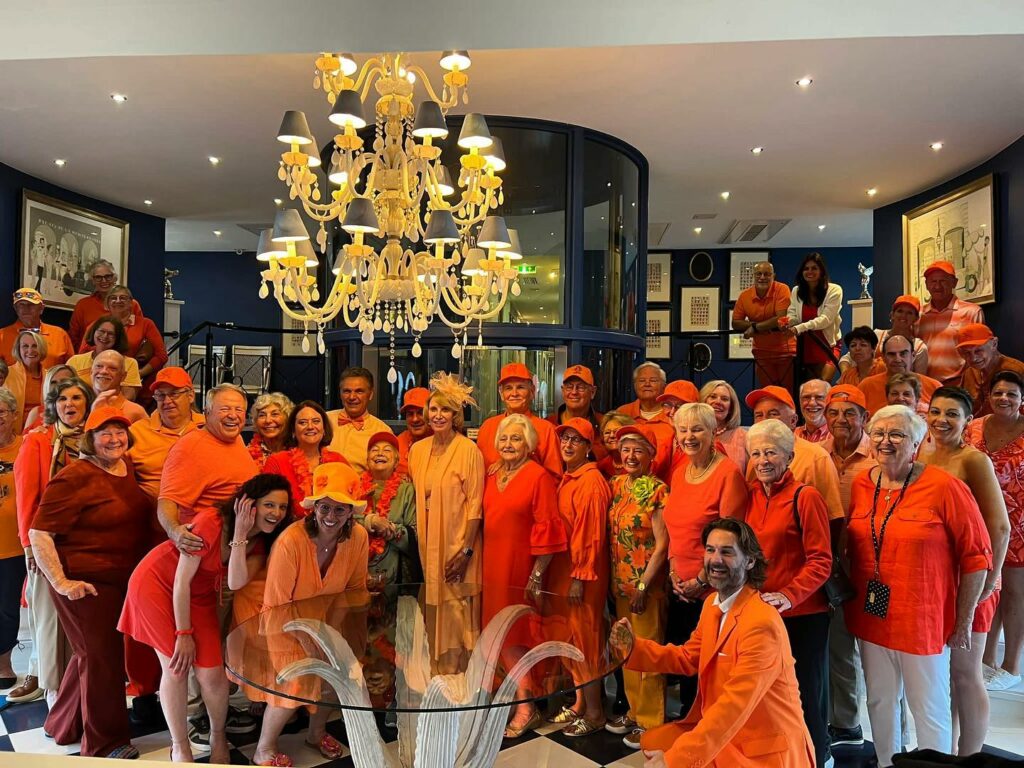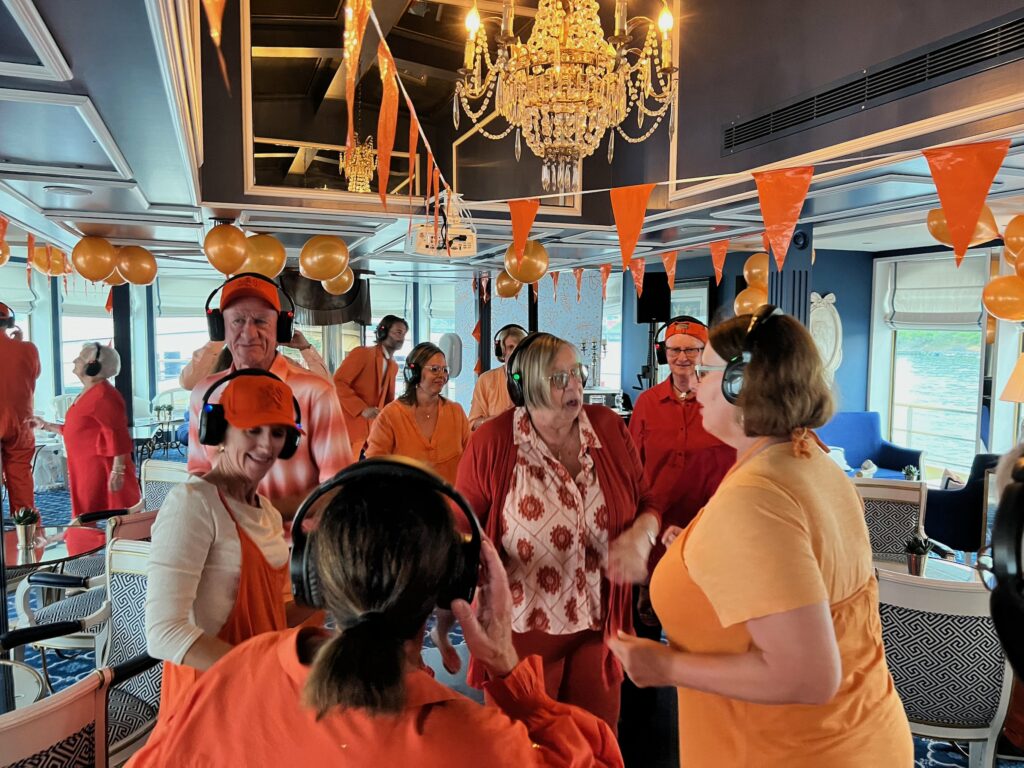Back to Amsterdam and docked at the same place we started. However, there were still mysteries to discover and this morning was no different. After breakfast, we boarded the bus and headed out to the old gas factory of Amsterdam.
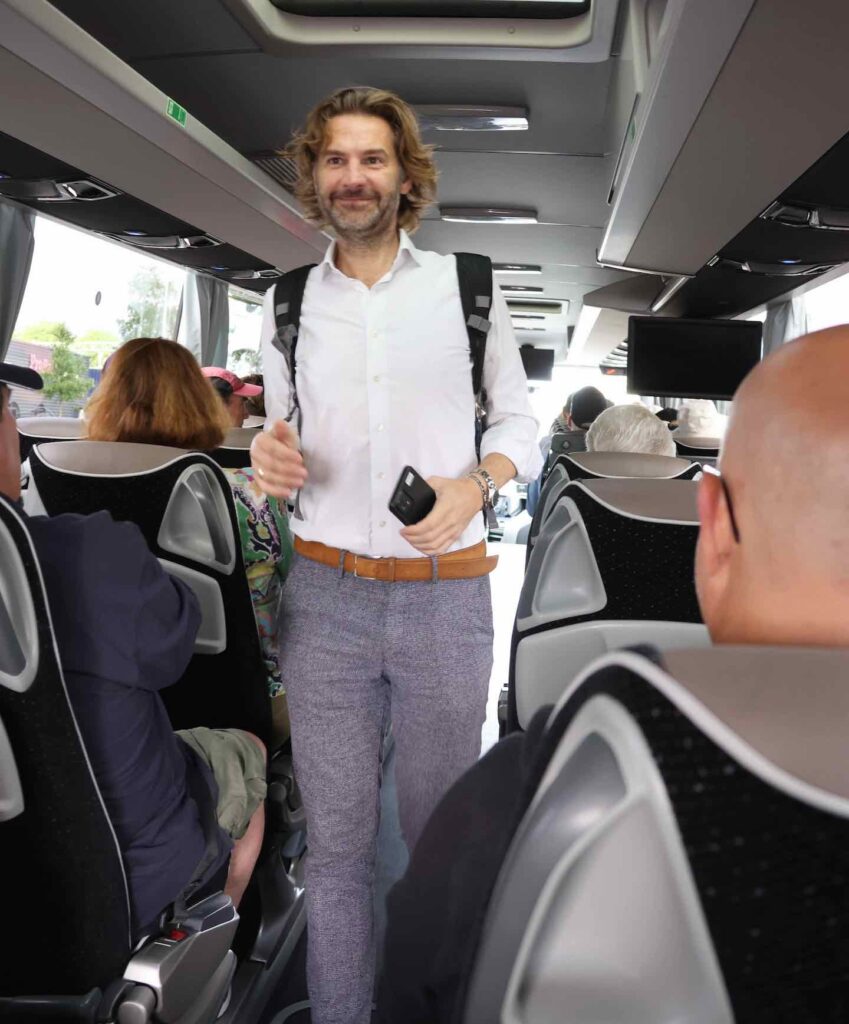
Westergas, as it is called, has become a meeting place for culture in all shapes and sizes. The historical site, built in 1880 as a gas factory, has been made into a lively cultural village and a haven for artistic endeavors. During the year, there are music and theater events along with film and photography exhibits.
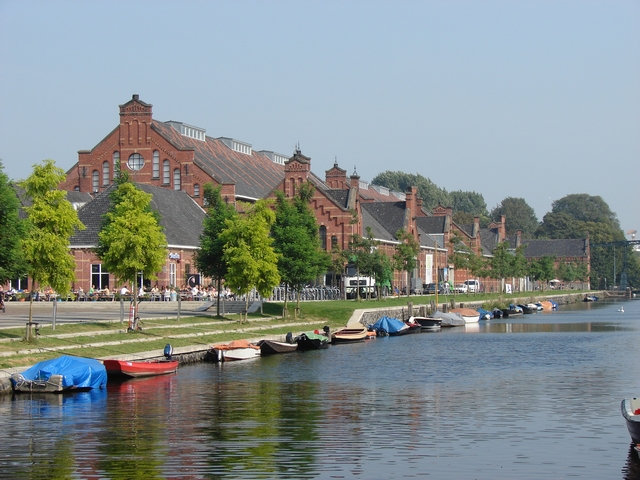
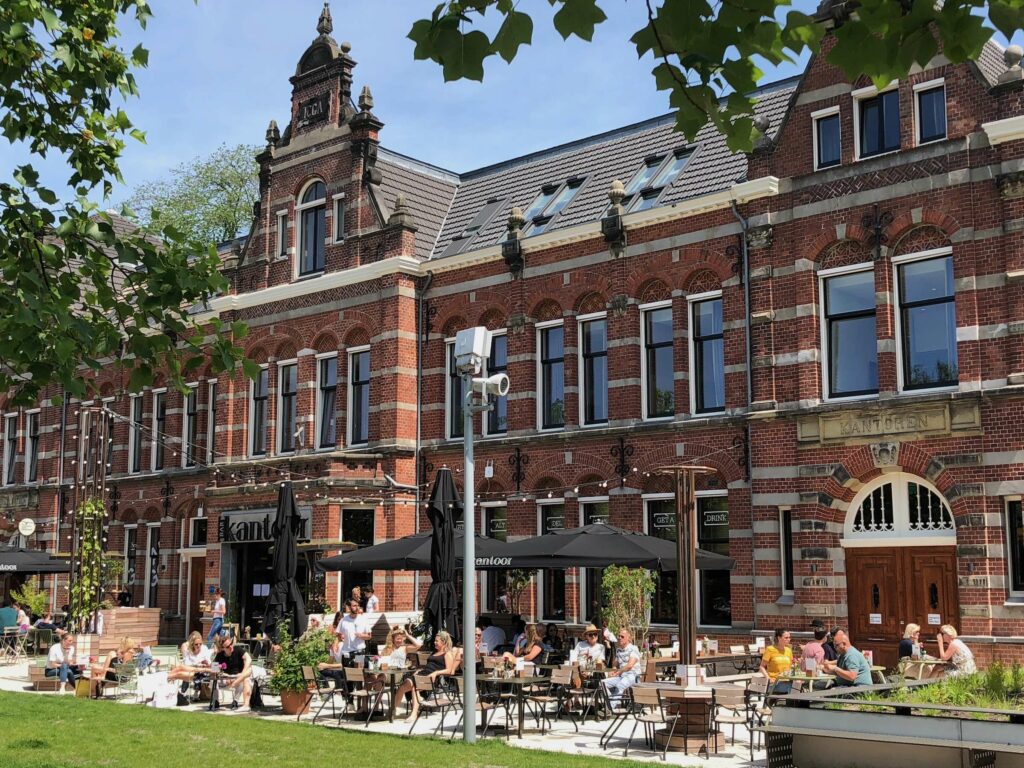
The place is made of a number of large brick buildings with restaurants, coffee shops, art shops intersperced with exhibit spaces.
Once we were parked, our destination was to see the Fabrique des Lumières, the largest digital art center in the Netherlands.
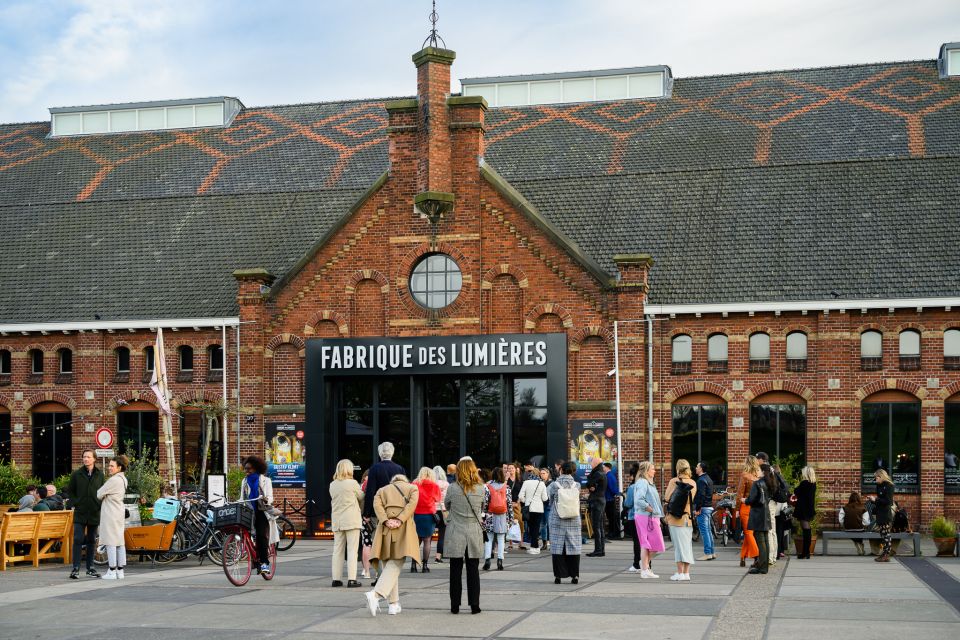
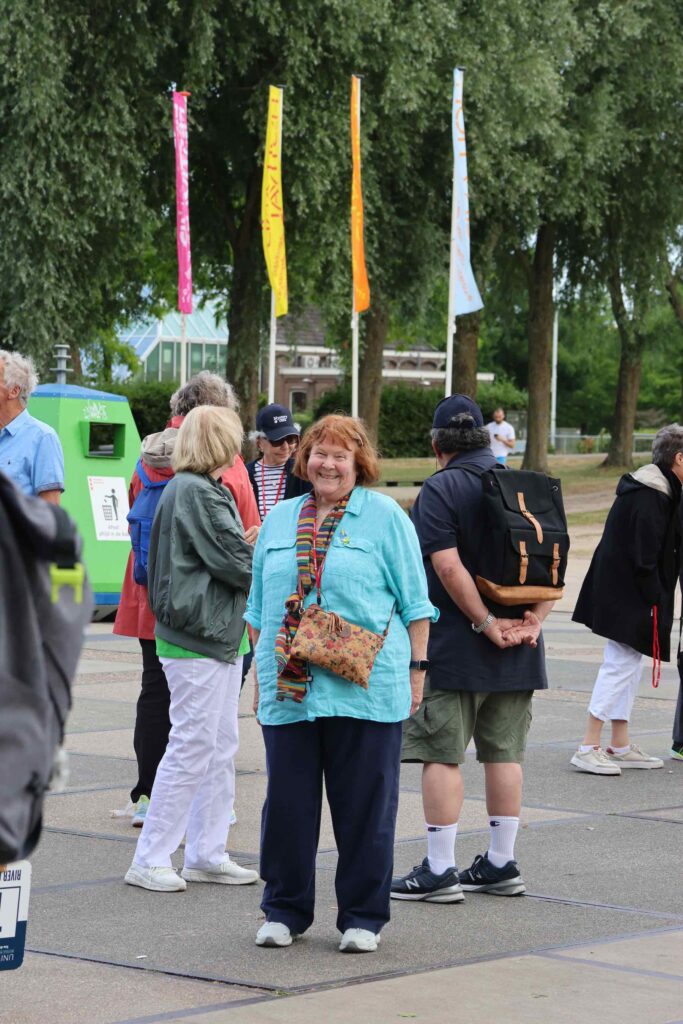
Fabrique des Lumières, is an immersive digital art center located in the Westergas park. We were the first group to enter the exipbit area which is a large industrial space with walls up to 55 feet high with wide open space between the walls.

They have taken the works of Salvador Dali and digitized them for projection on the wall. The works come to life as they move across all the surfaces – floor, walls and the ceiling.
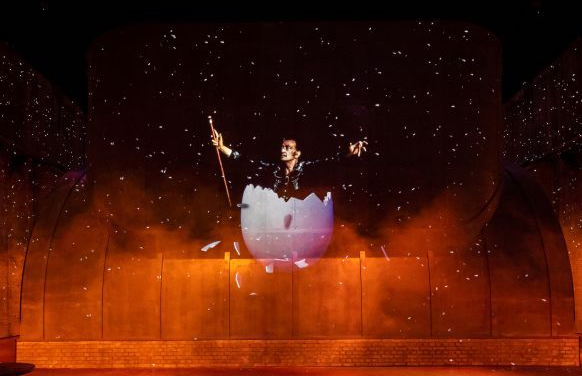
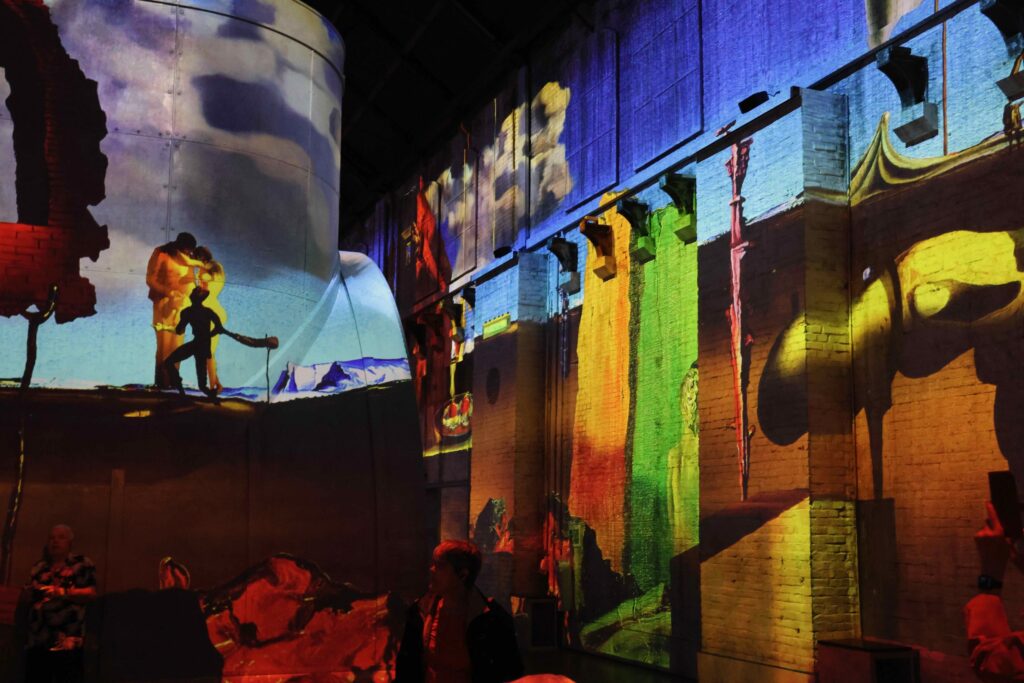
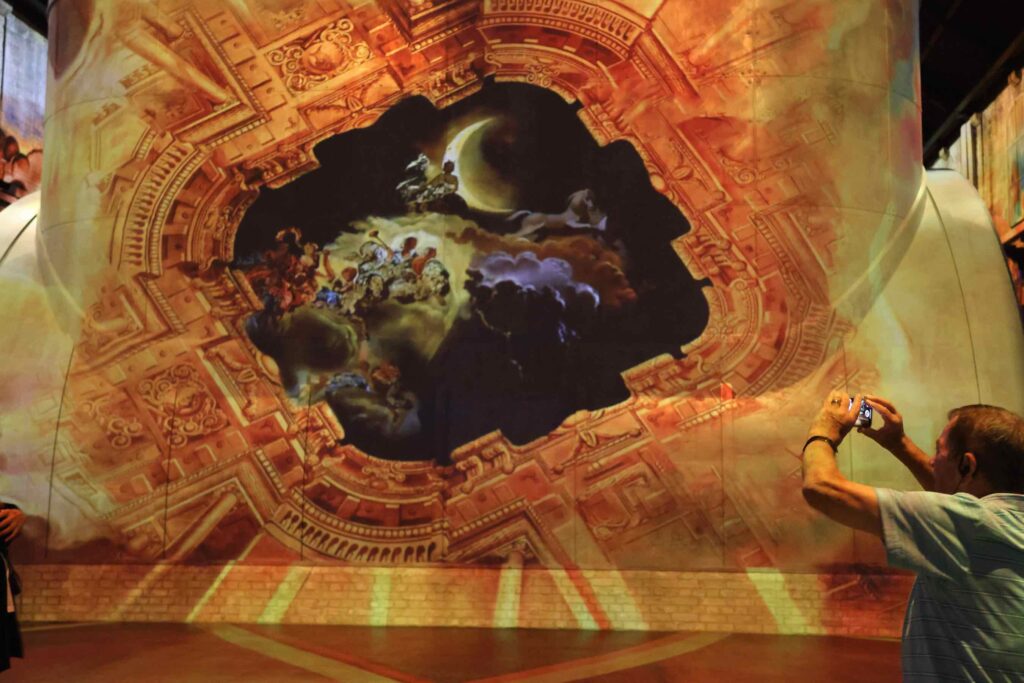
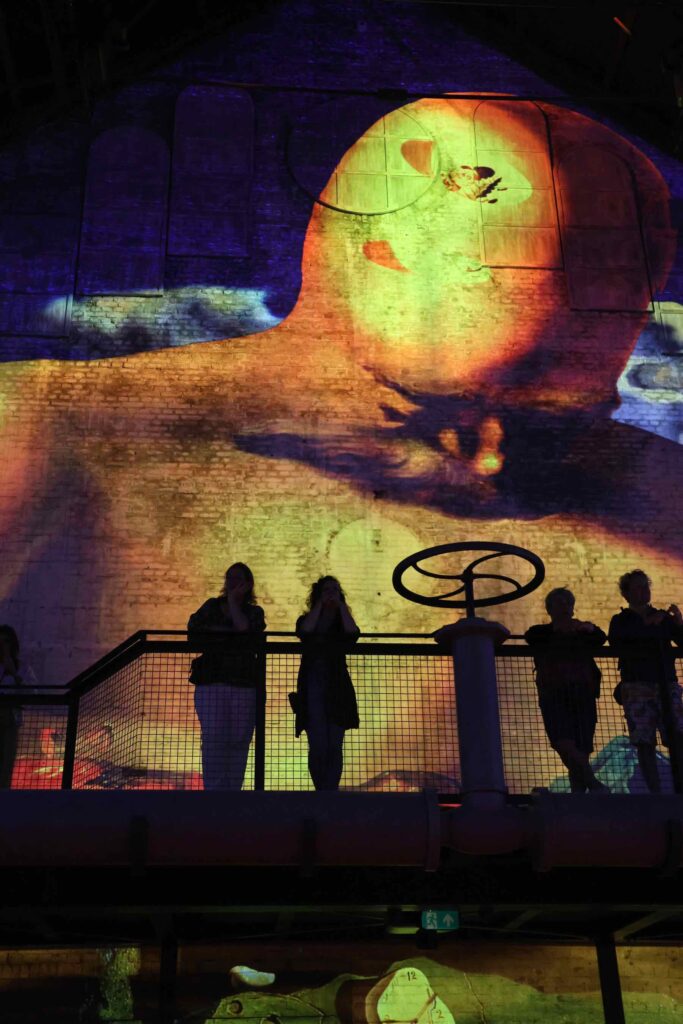
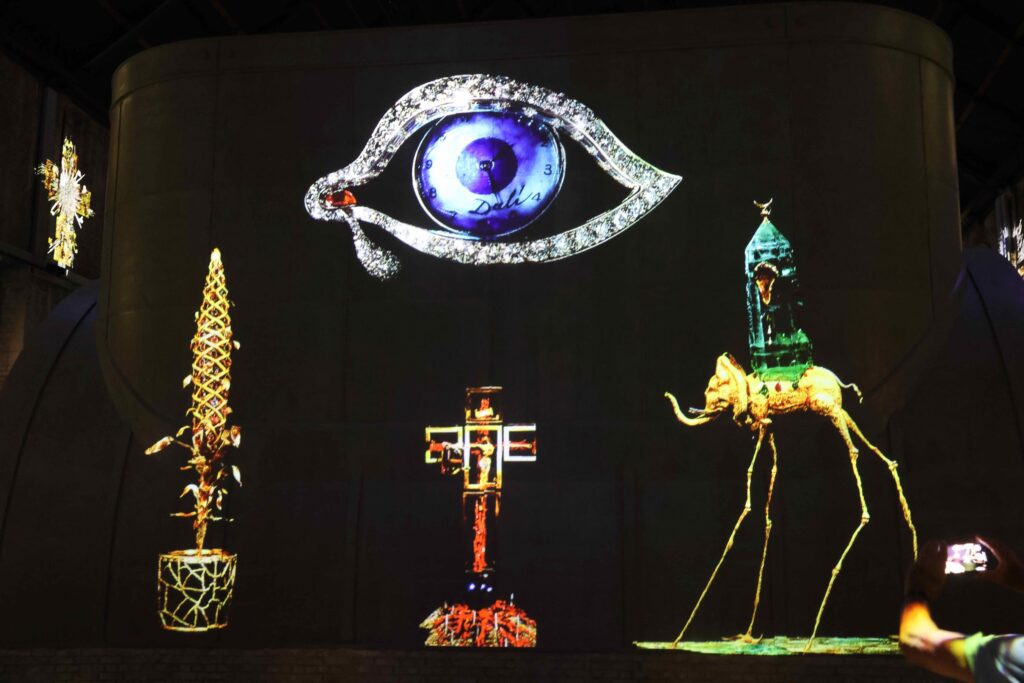
As they come to life, the music of Pink Floyd is played doing a good job of melding together. The displays moved, morphed and drifted around as we watched. As you moved through the building, the presentations were different and the experience changed with time.

After about 45 minutes of Dali, it changes to images from the Catalan (Spanish) architect Antoni Gaudi. Gaudi, who is most famous for designing the a number of buildings in the area of Barcelona Spain, however, the one that might be the best know is the Sagrada Familia Cathedral.
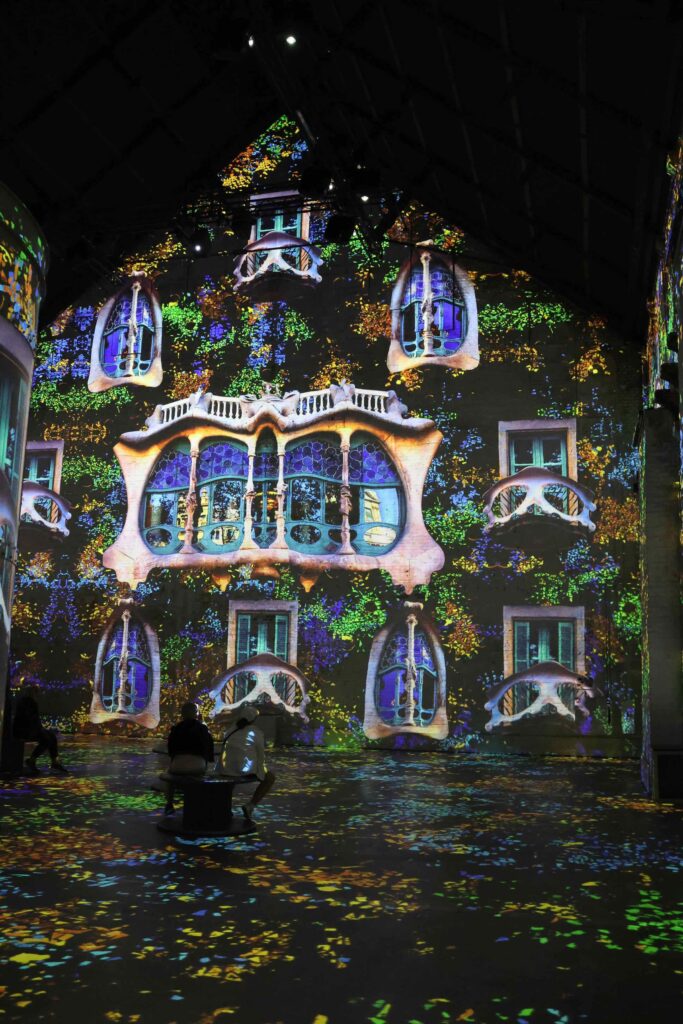

The presentation of Gaudi was wonderfully filled with colors and shapes.
After the presentation was completed, we were back on the bus and back to the boat for to board a Canal Boat for a trip through the various canals of Amsterdam.
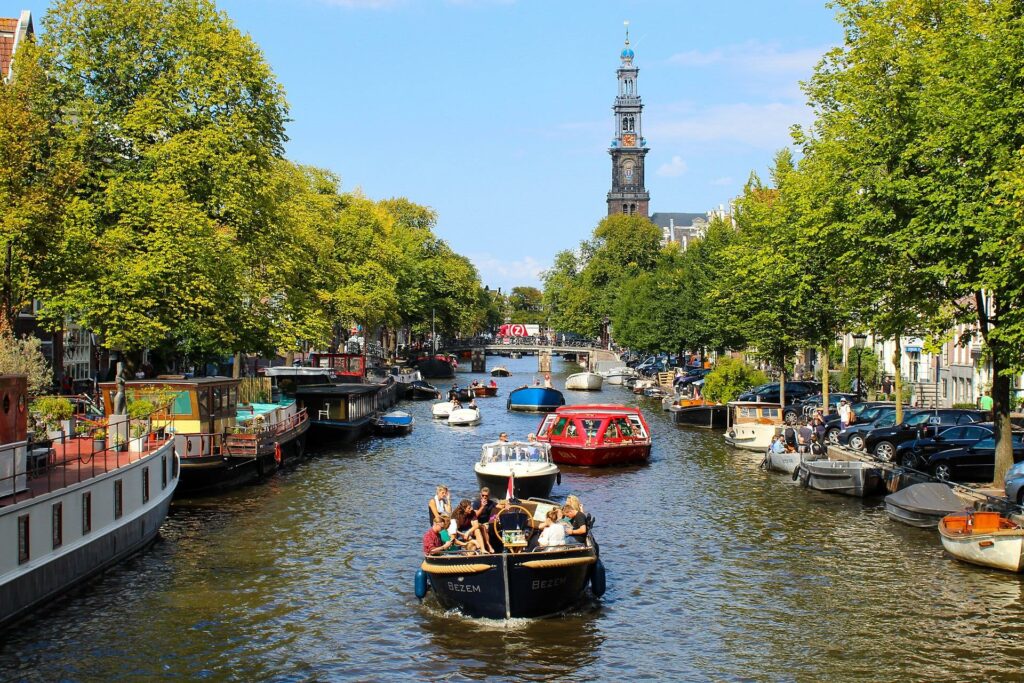
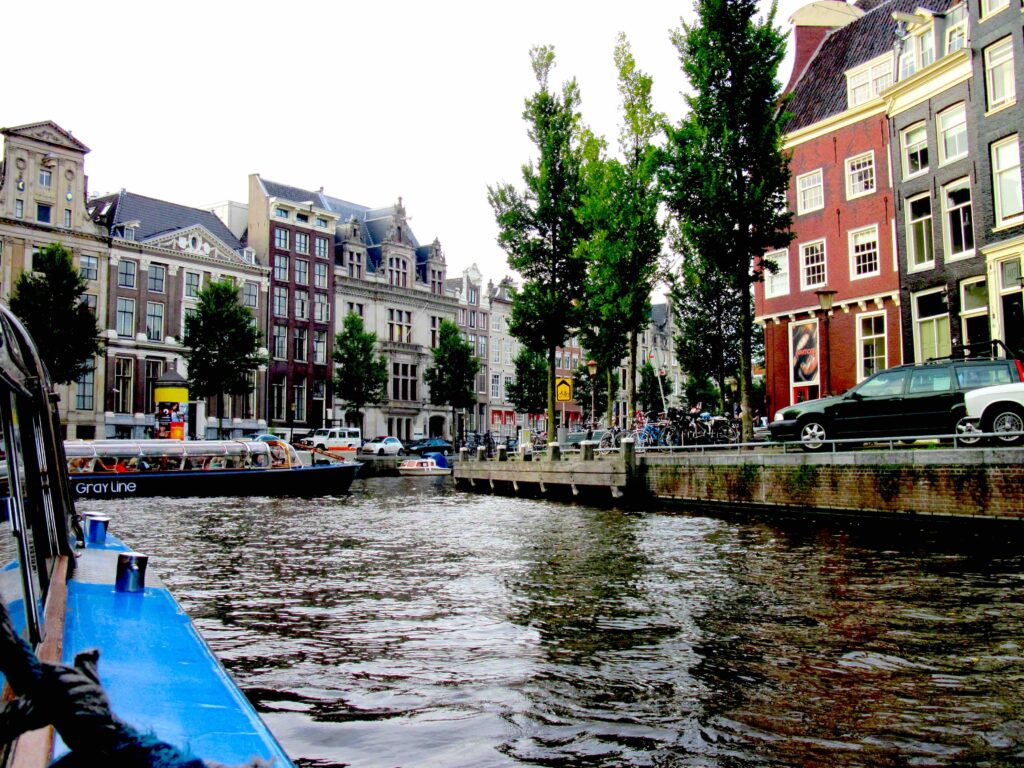

Amsterdam has more than 62 miles of canals, resulting in about 90 islands and 1,500 bridges. The three main canals (Gentlemen’s, Prince’s and Emperor’s), all dug in the 17th century during the Dutch Golden Age, form concentric belts around the city, known as the Canal District. Alongside the canals are more then 1500 monumental buildings with many of them listed as UNESCO World Heritage sites.
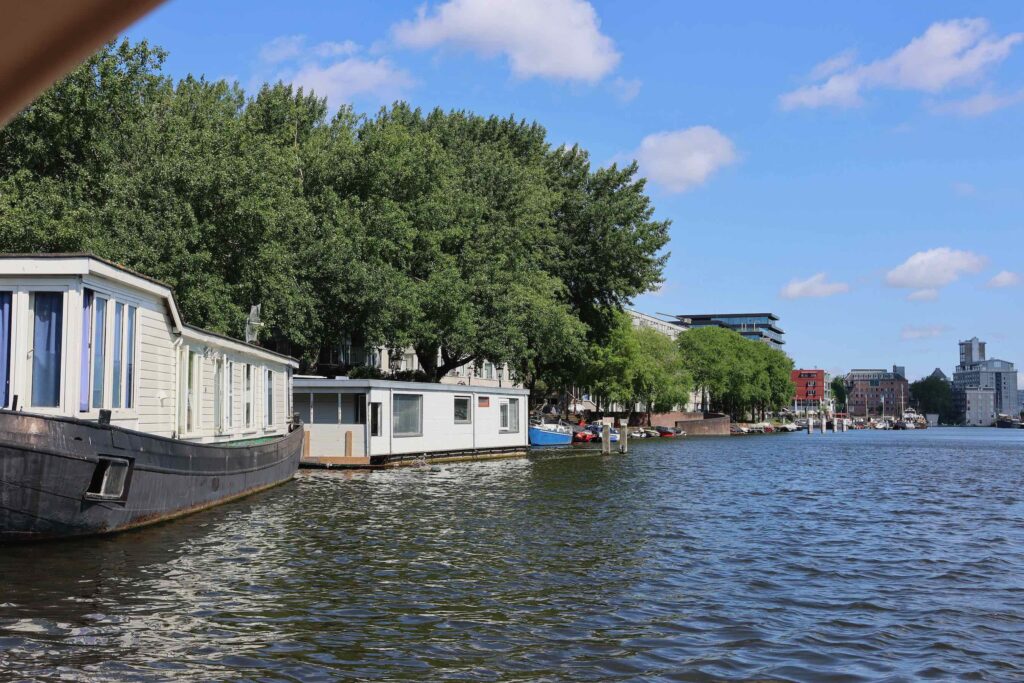
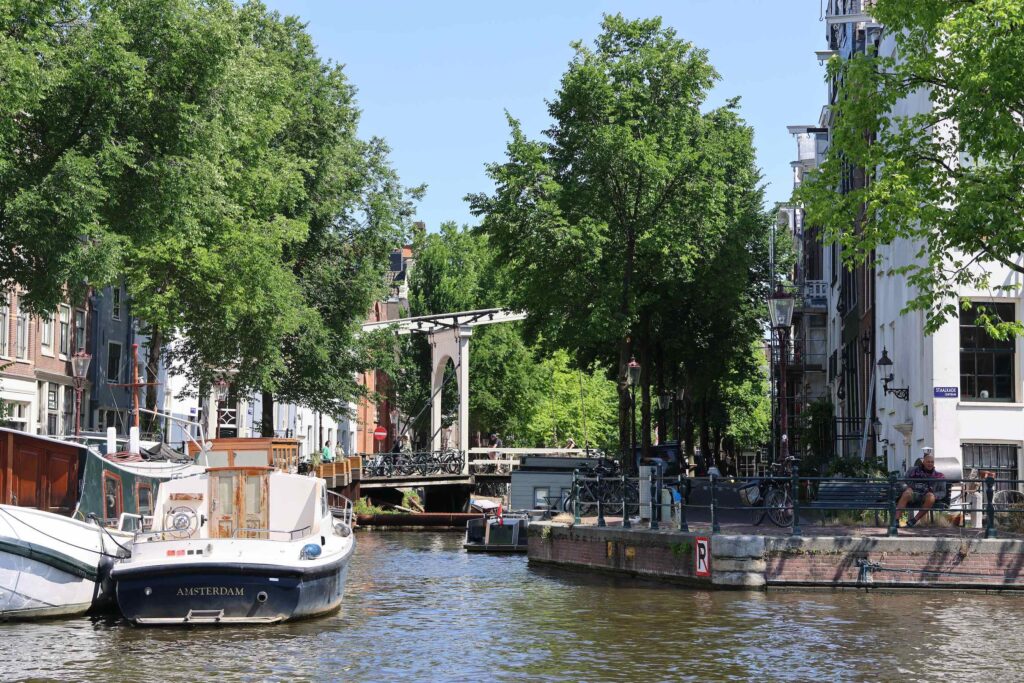
The city was founded around 1250 with the building of the dam on the Amstel River, thus becoming Amsterdam – “The Dam on the River Amstel”. The first canals were dug for water management and defense. As the city expanded, in the Middle Ages, successive defense moats ended up inside the walls and lost their function but they acquired an important new one: local transport of merchandise.
Our canal boat motored through a good portion of the canal system where were able to see not only the various buildings along the canal but a number of houseboats along the way. We did motor by the house Anne Frank House – always with a line to get in and see the place (alas, not included in our trip this time…).
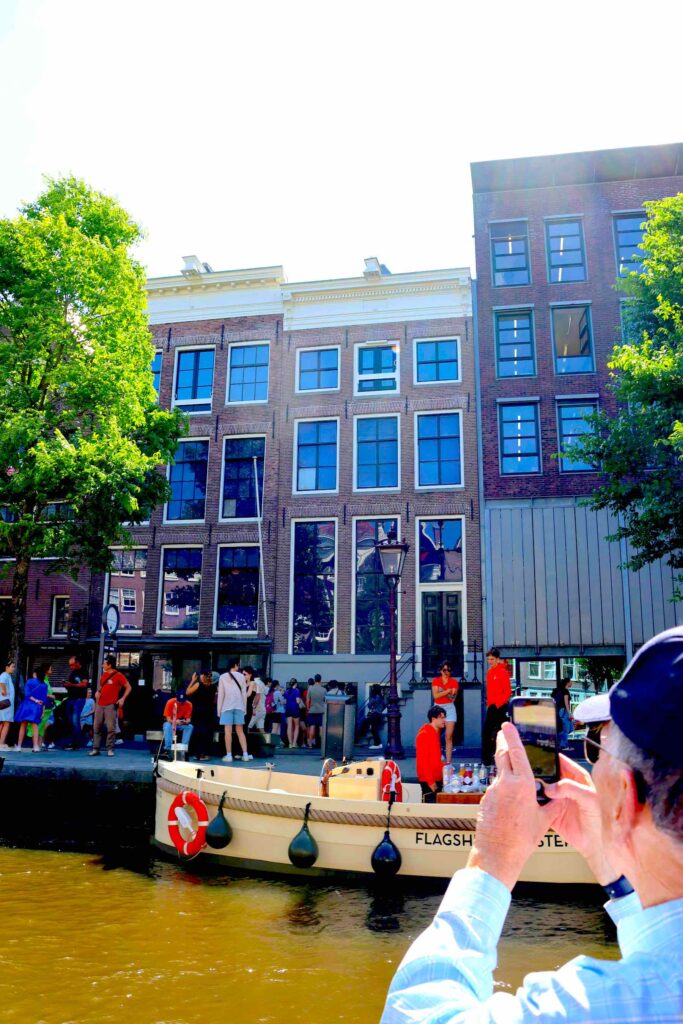
Once the boat ride was completed, back to the Ship for lunch, packing and our next adventure. There was another adventure in the afternoon, but we did a pass – so it won’t be reported.
As tonight was our last night of the Mystery Cruise, there was a lovely dinner and entertainment and goodbyes said all around. It has been a wonderful adventure and has shown us new and different spots around the Netherlands. The Mystery Cruise was a huge success which seemed to be the general opinion of those we spoke to with many wanting to know when the next adventure was going to happen!
Over the course of the Mystery Cruise, you may have noticed I’ve taken a selfie with Barbara from time to time. Barbara is the UniWorld person directly responsible for the Mysteries we have experienced both this year and last. It was her job to find new and exciting things to do that were NOT on the normal river cruise itinerary and I believe she has succeeded wonderfully. So, once I new who she was, I got started taking selfies with here during the Mystery Cruise we took last year where I took something like 60 selfies with her – so naturally I had to do it all over again. Here’s just a sampling of some of those pictures from this cruise.
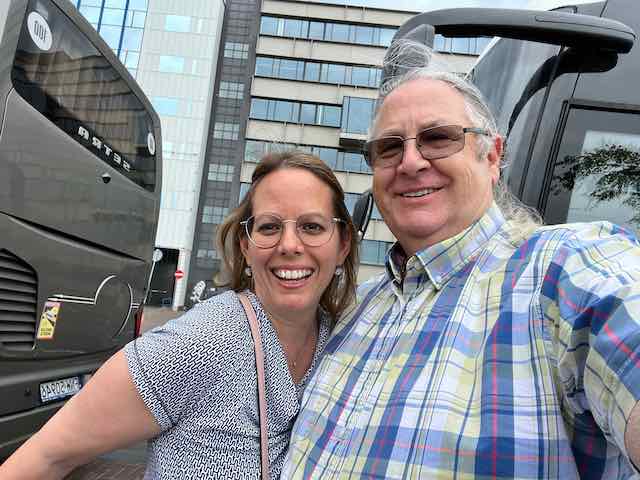
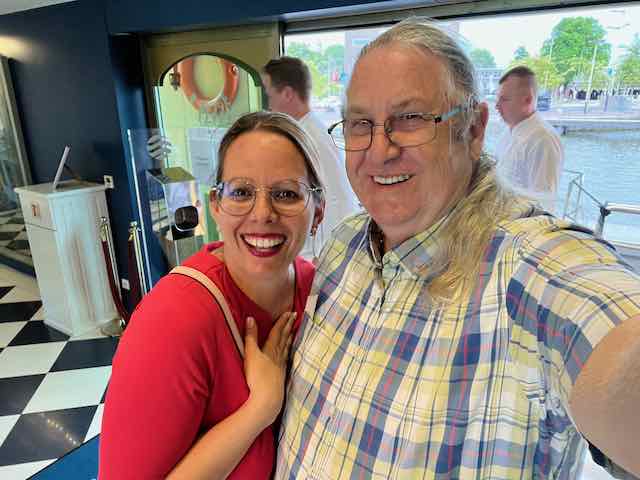
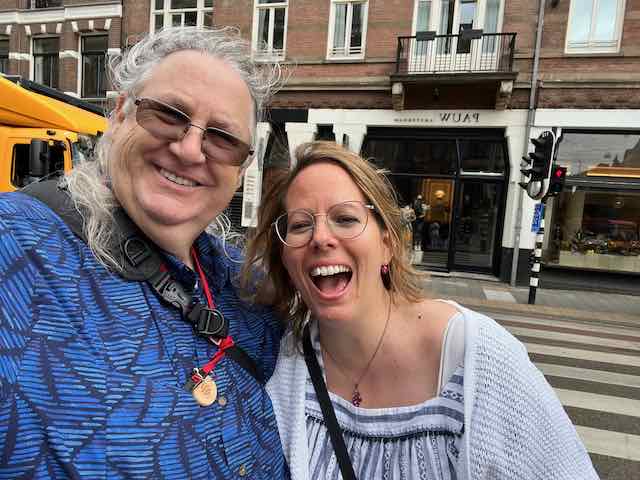
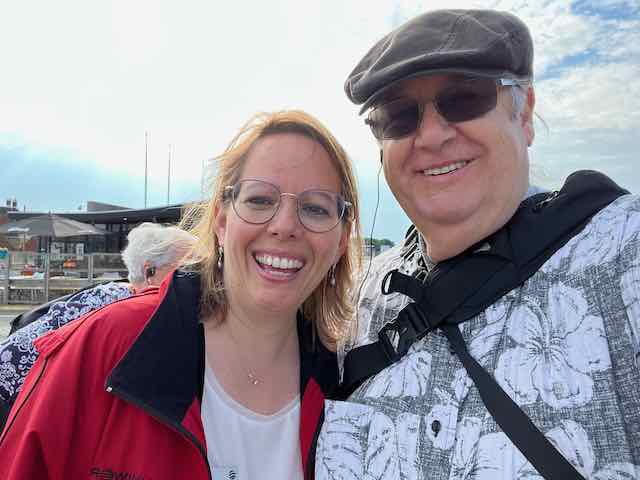


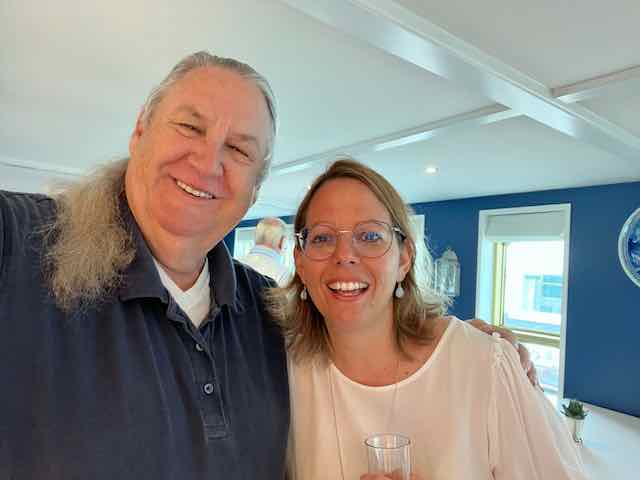
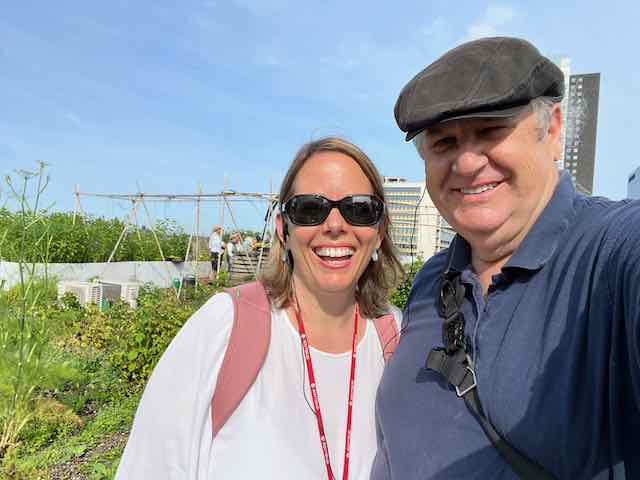
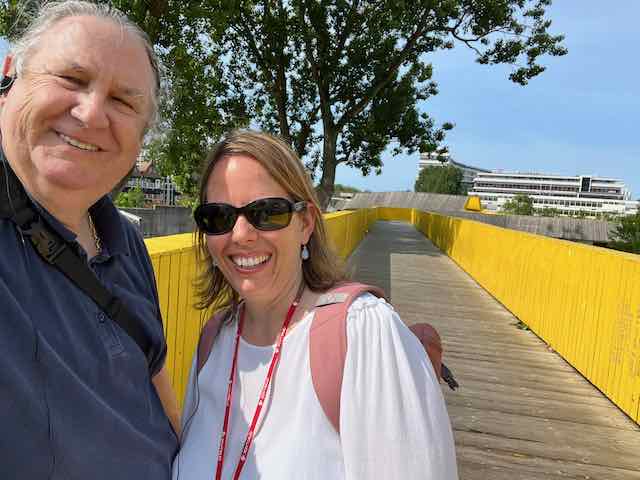
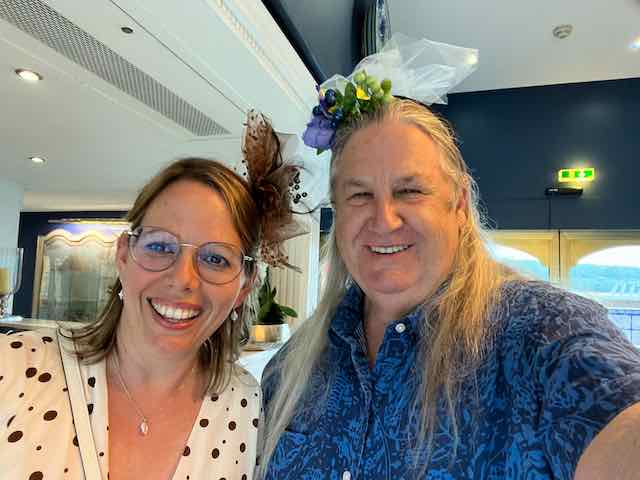
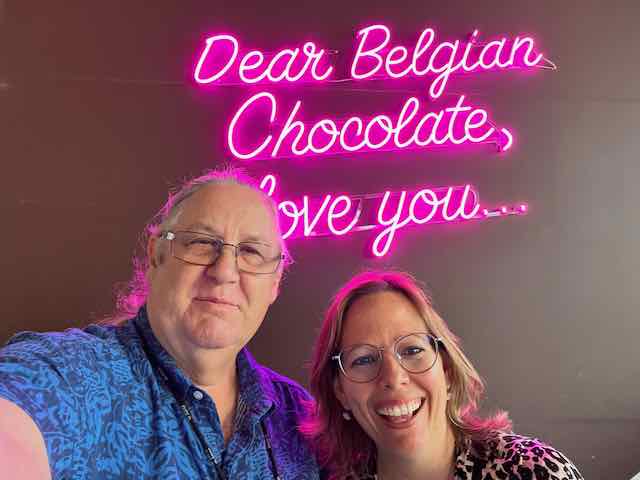
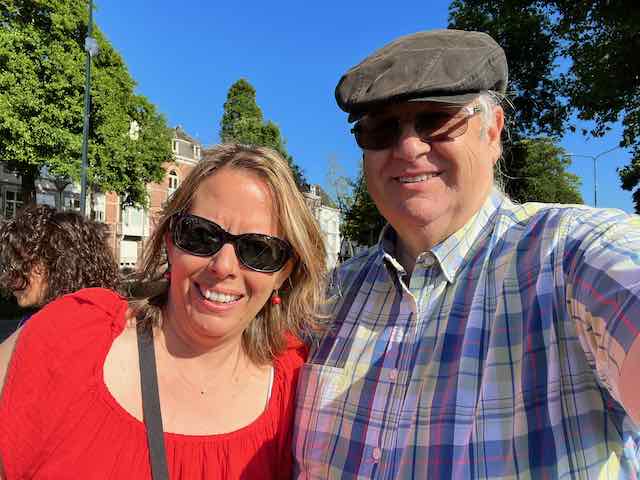
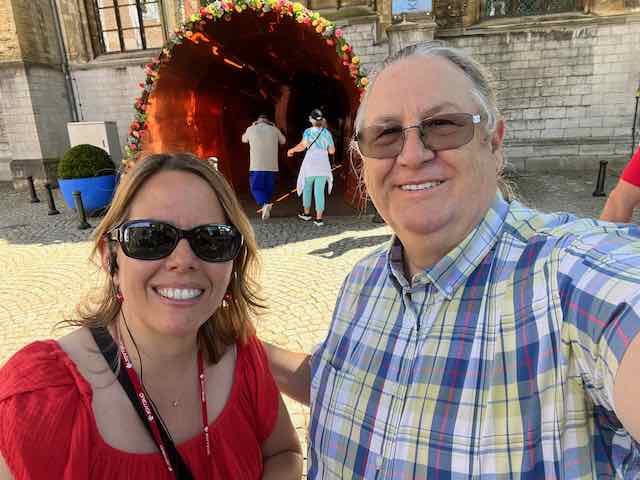
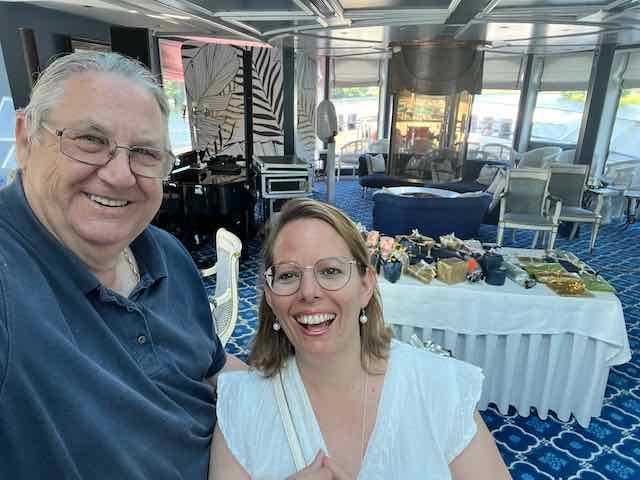
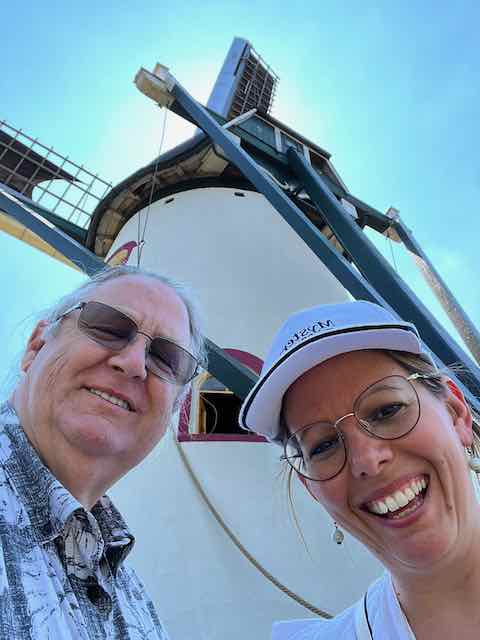
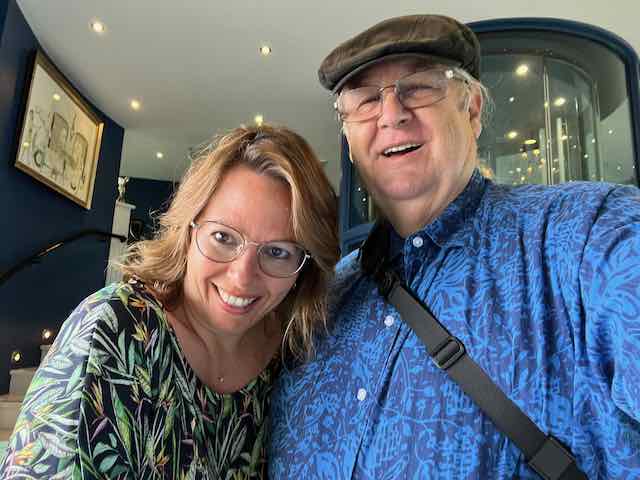
Needless to say, we had a lot of fun taking these pictures and they bring back very fond memories. Thank you Barbara for all the good adventures on this years Mystery Cruise!
Tomorrow, Tuesday, after getting off the ship and saying our final good byes to the crew we will be boarding a train to Paris! And begin the next part of our journey – time with family and wonderful places to visit.
